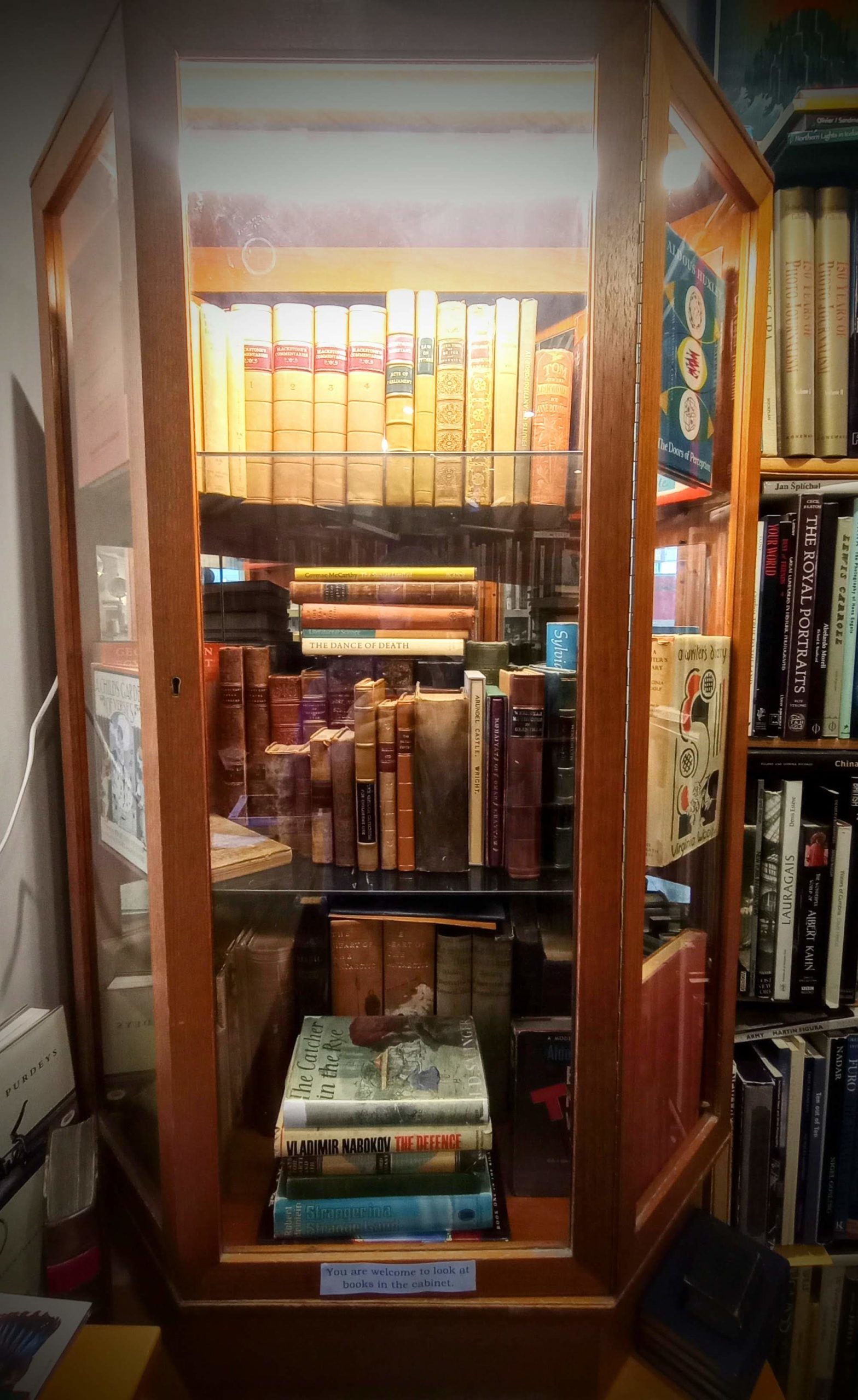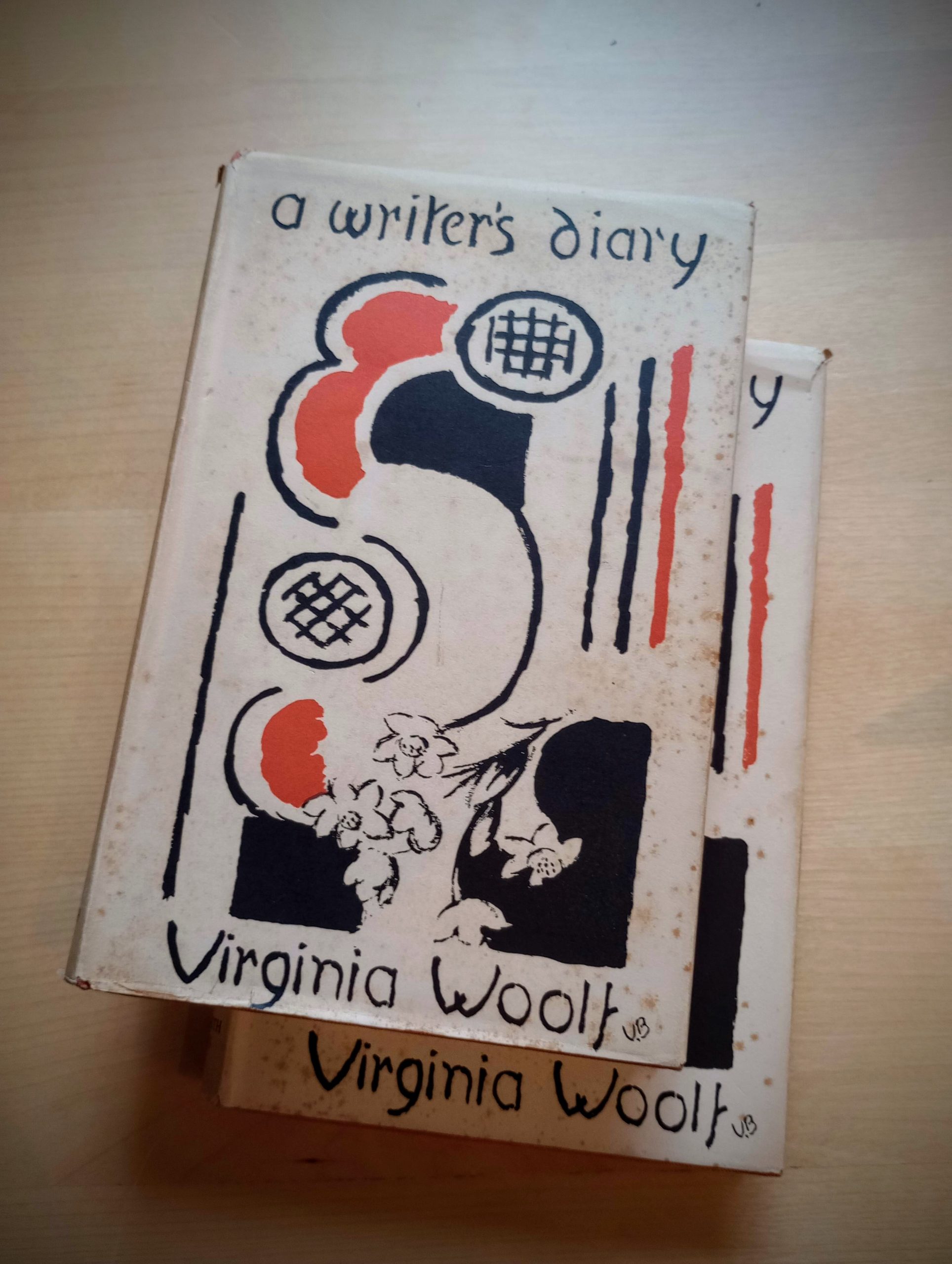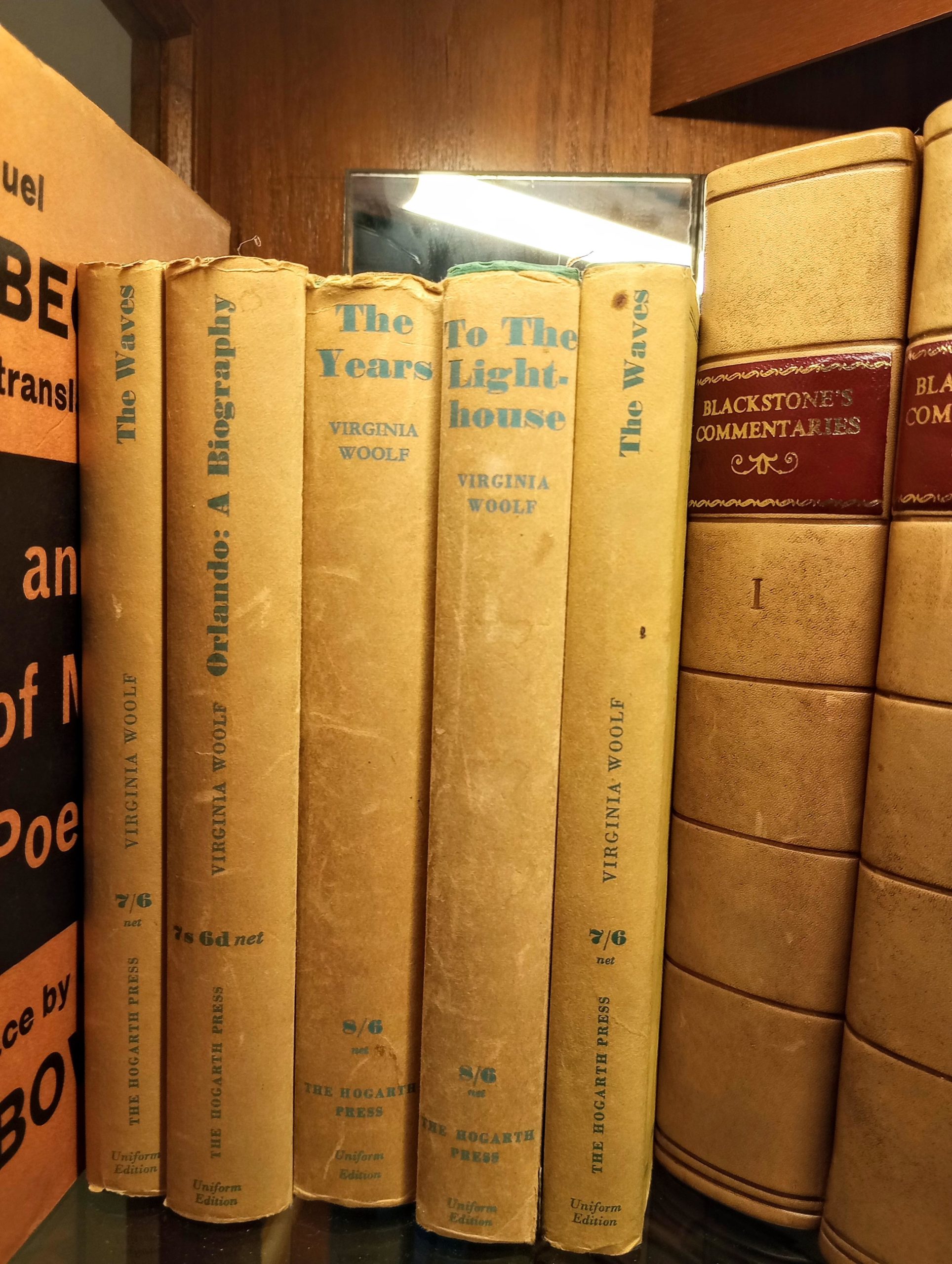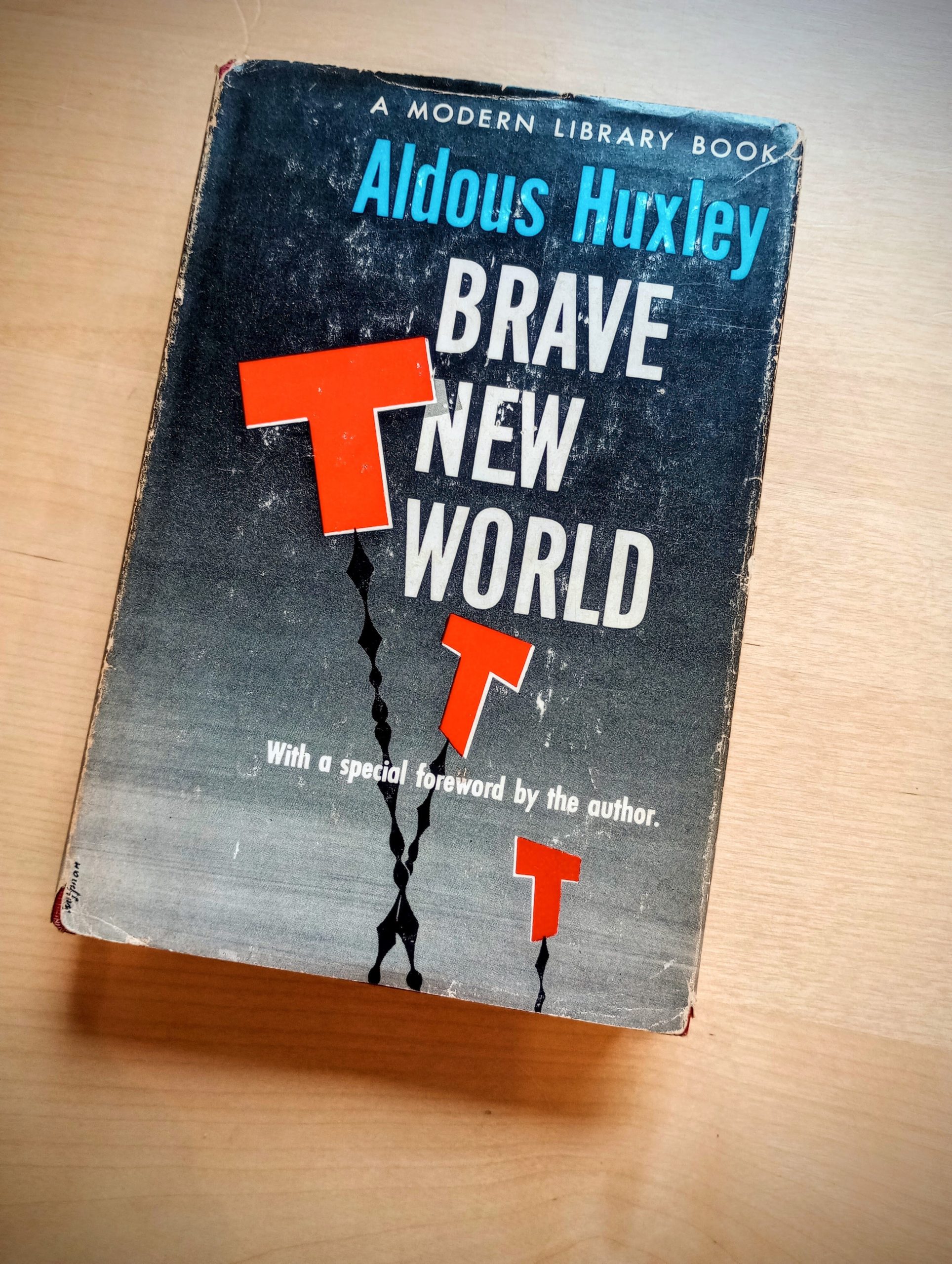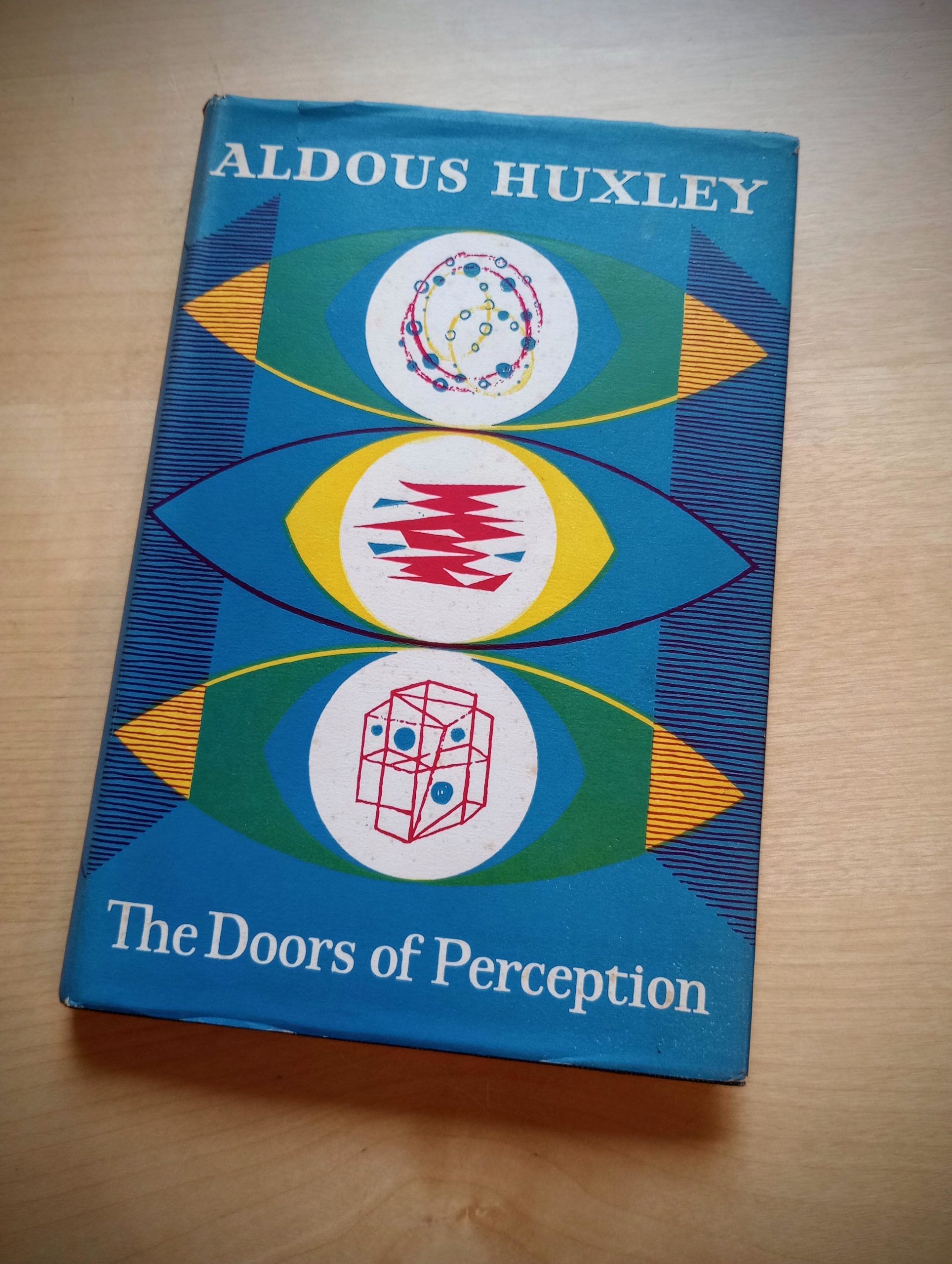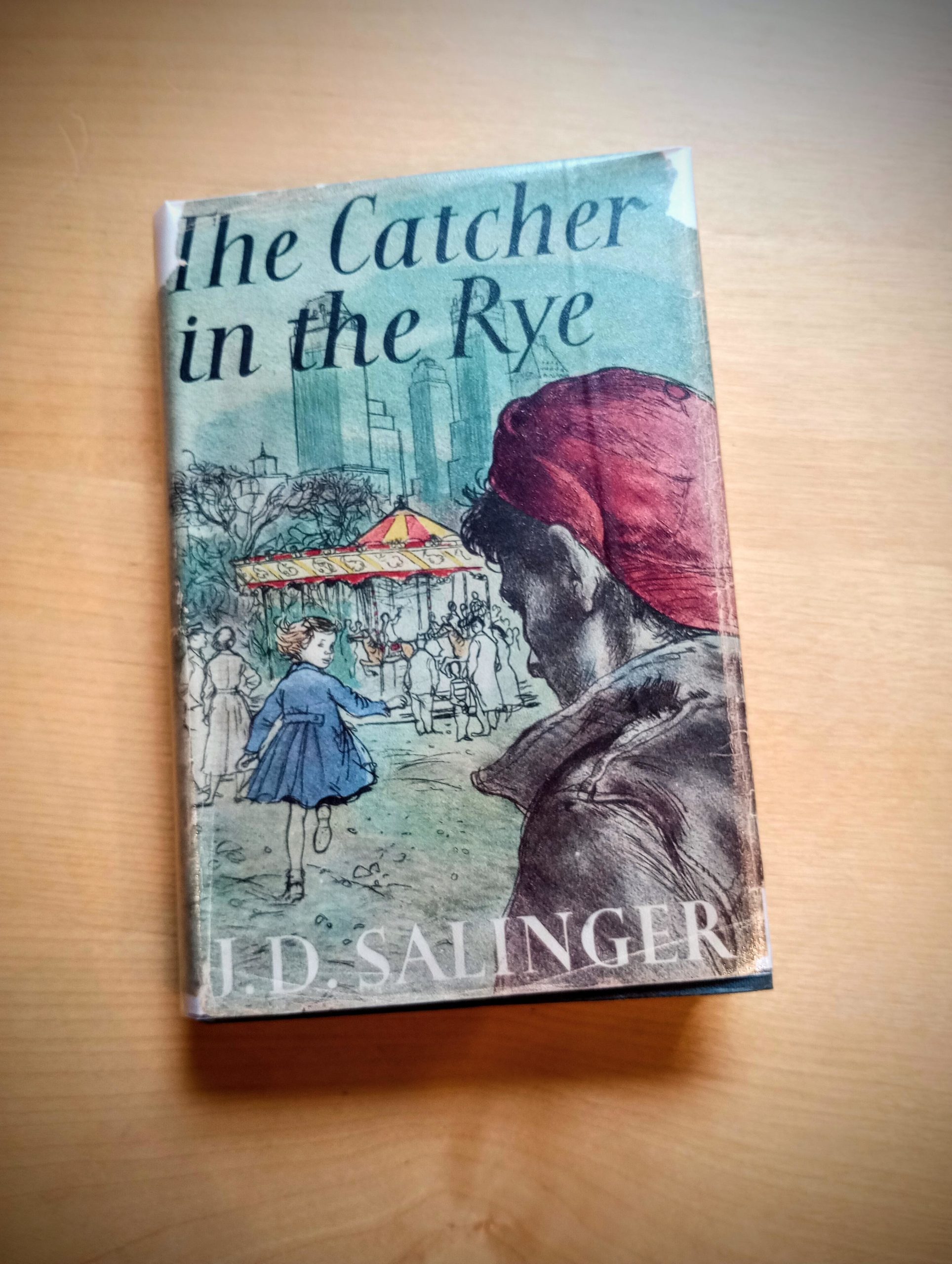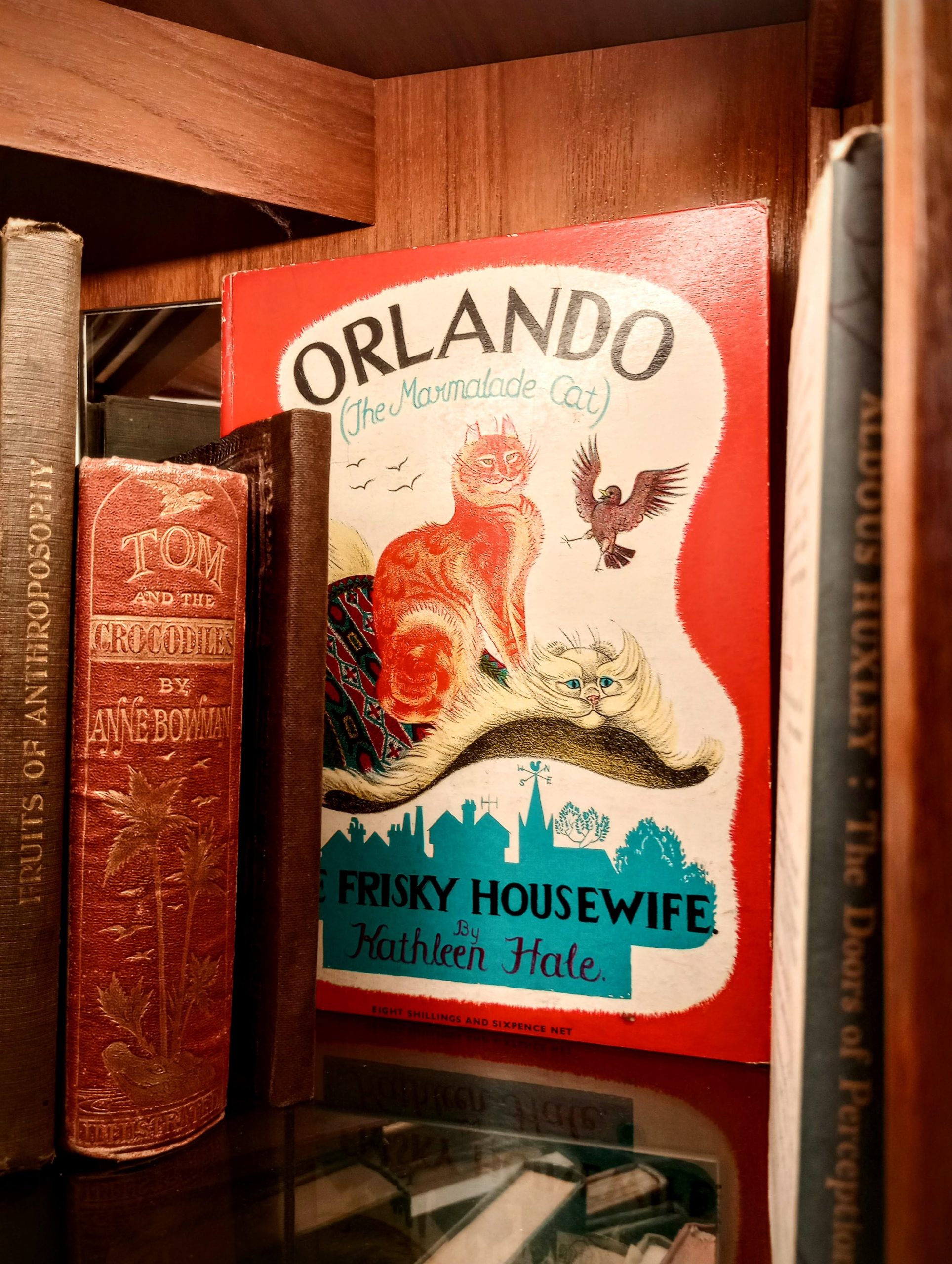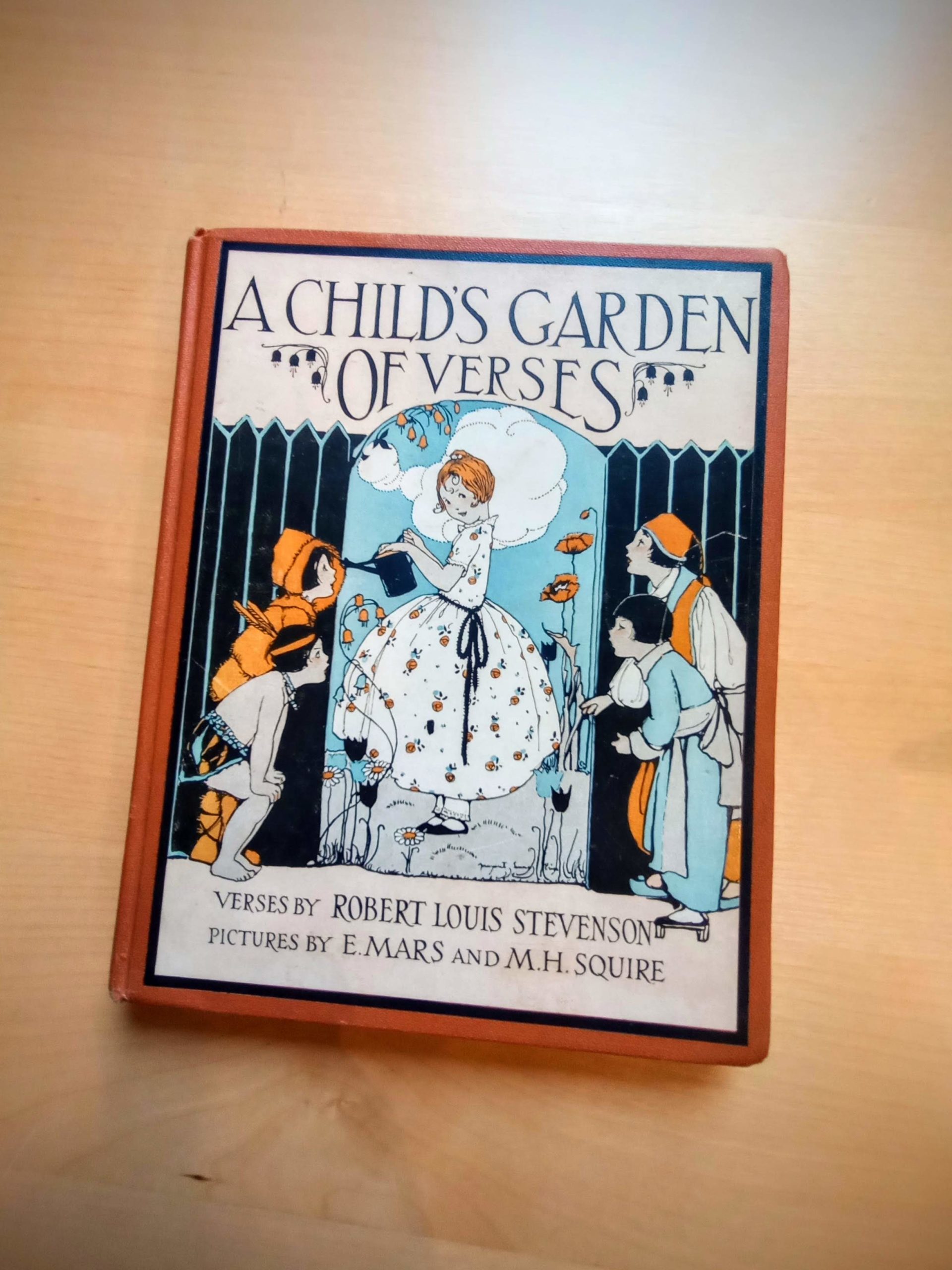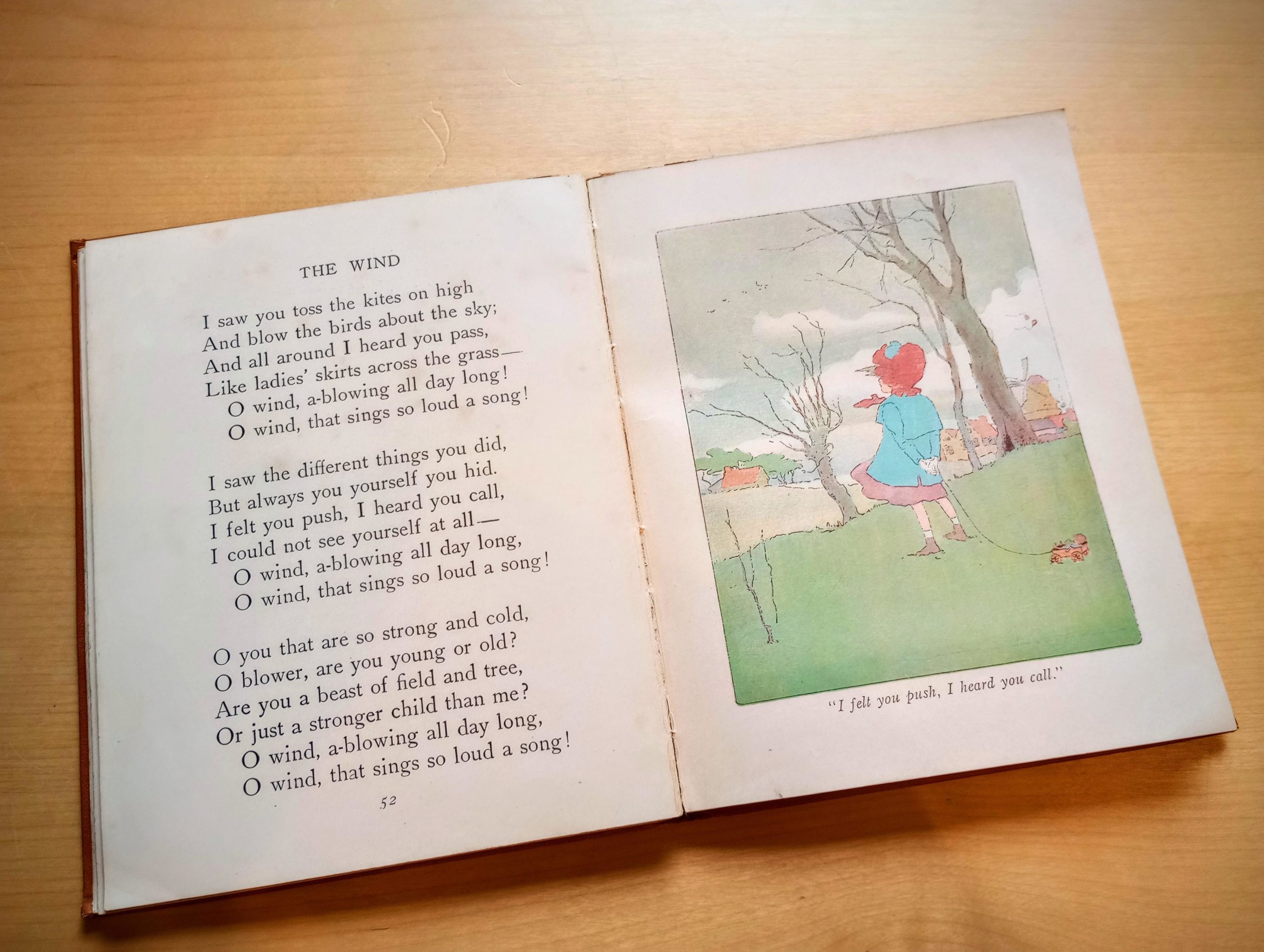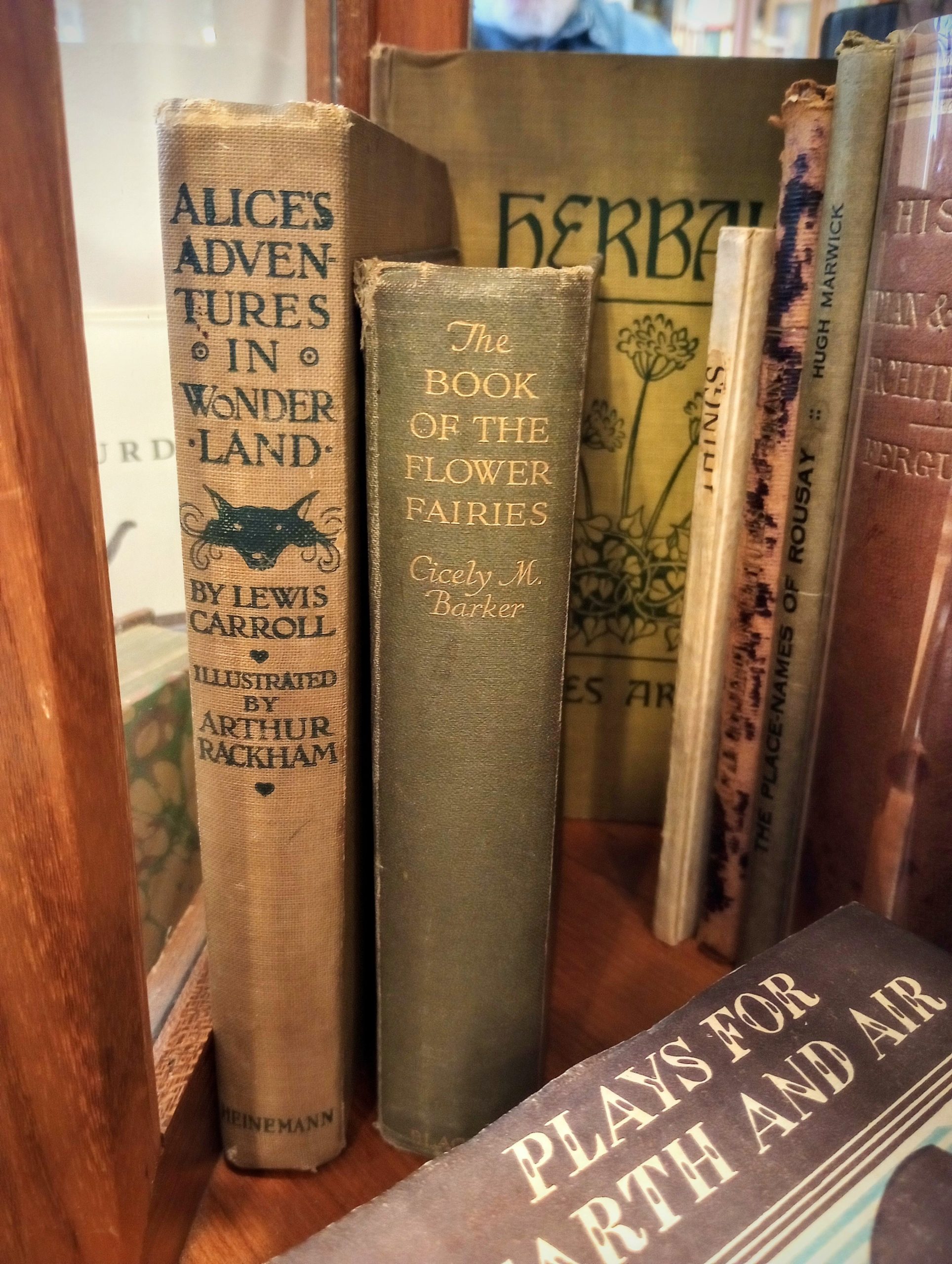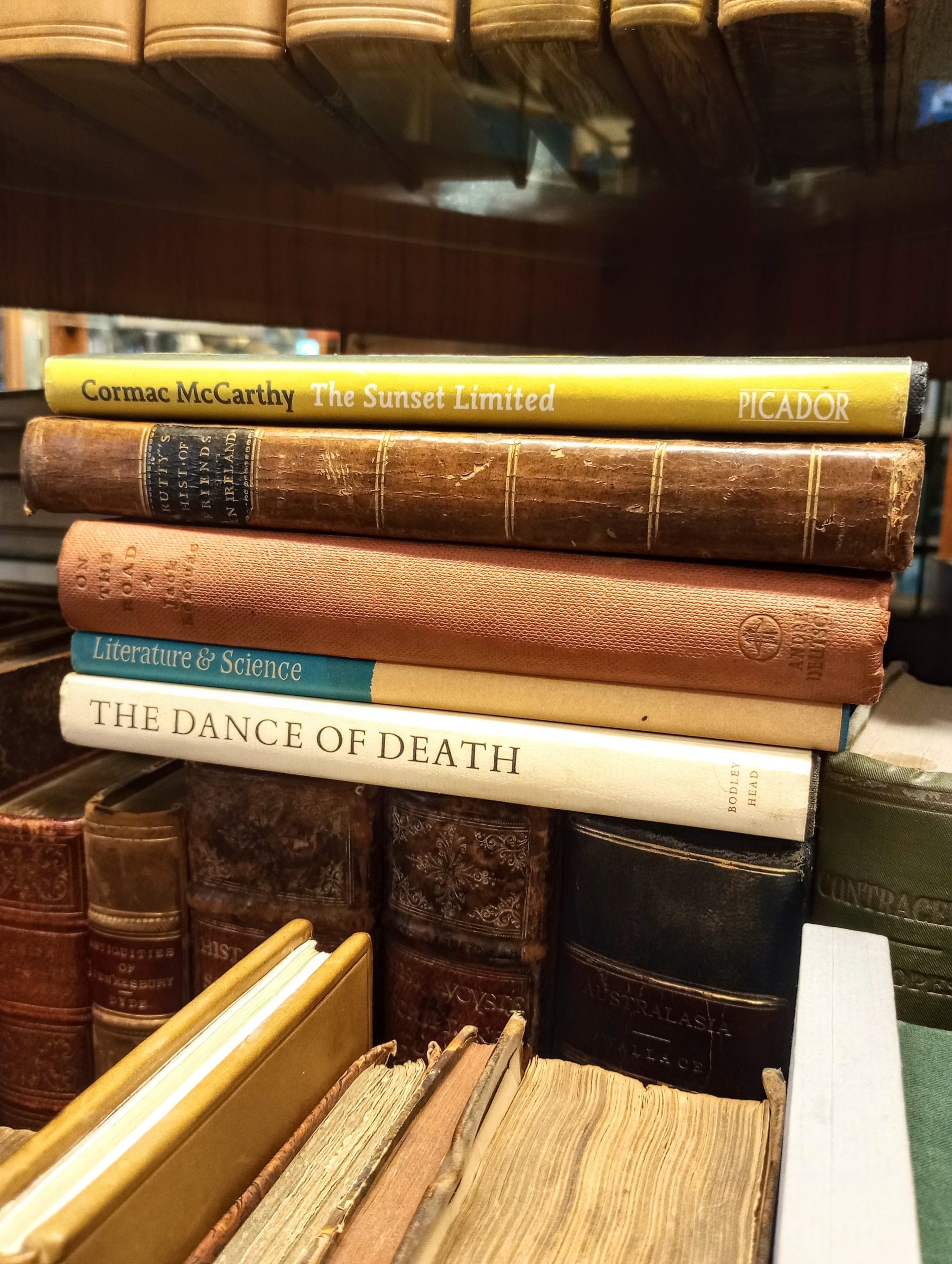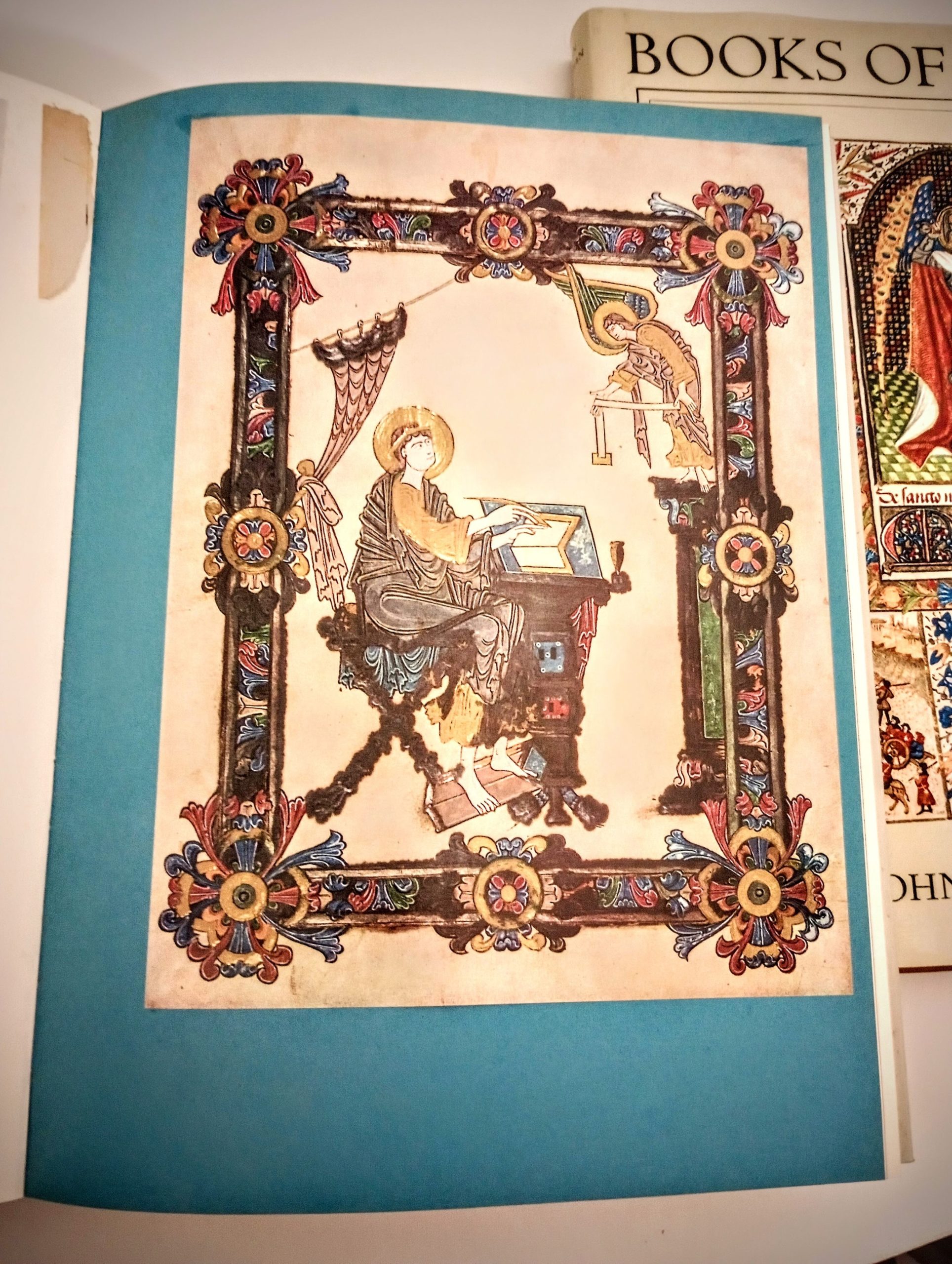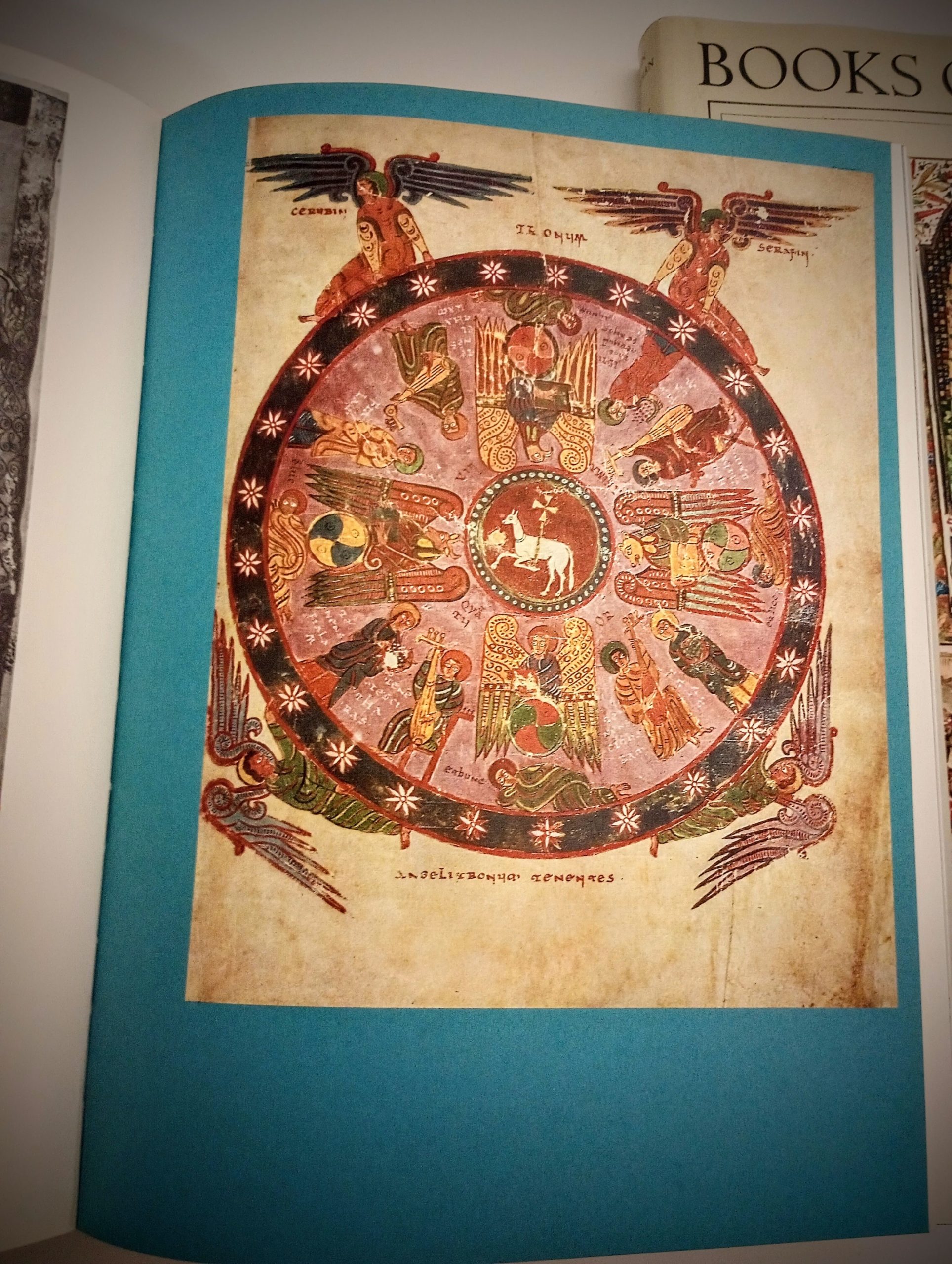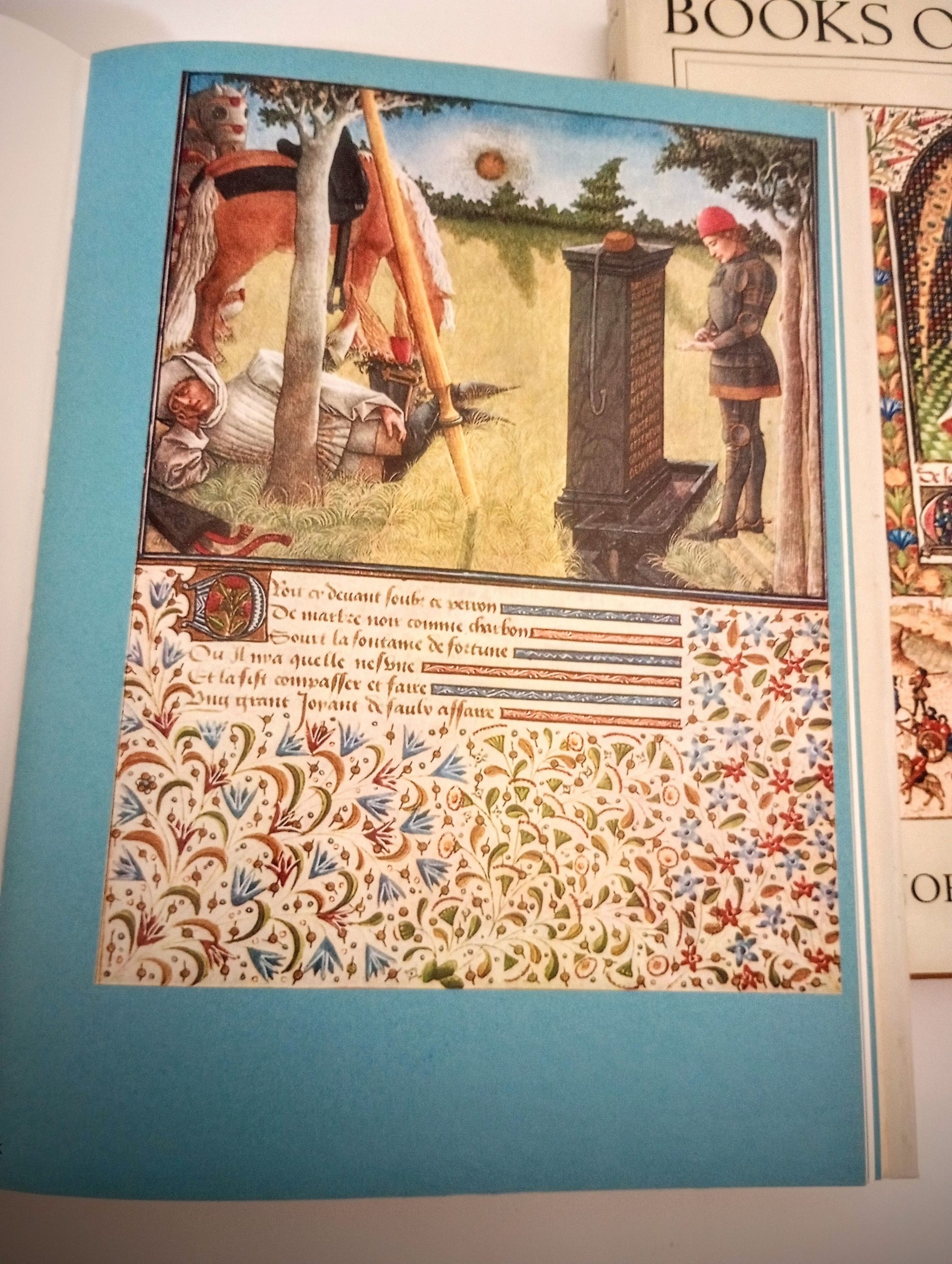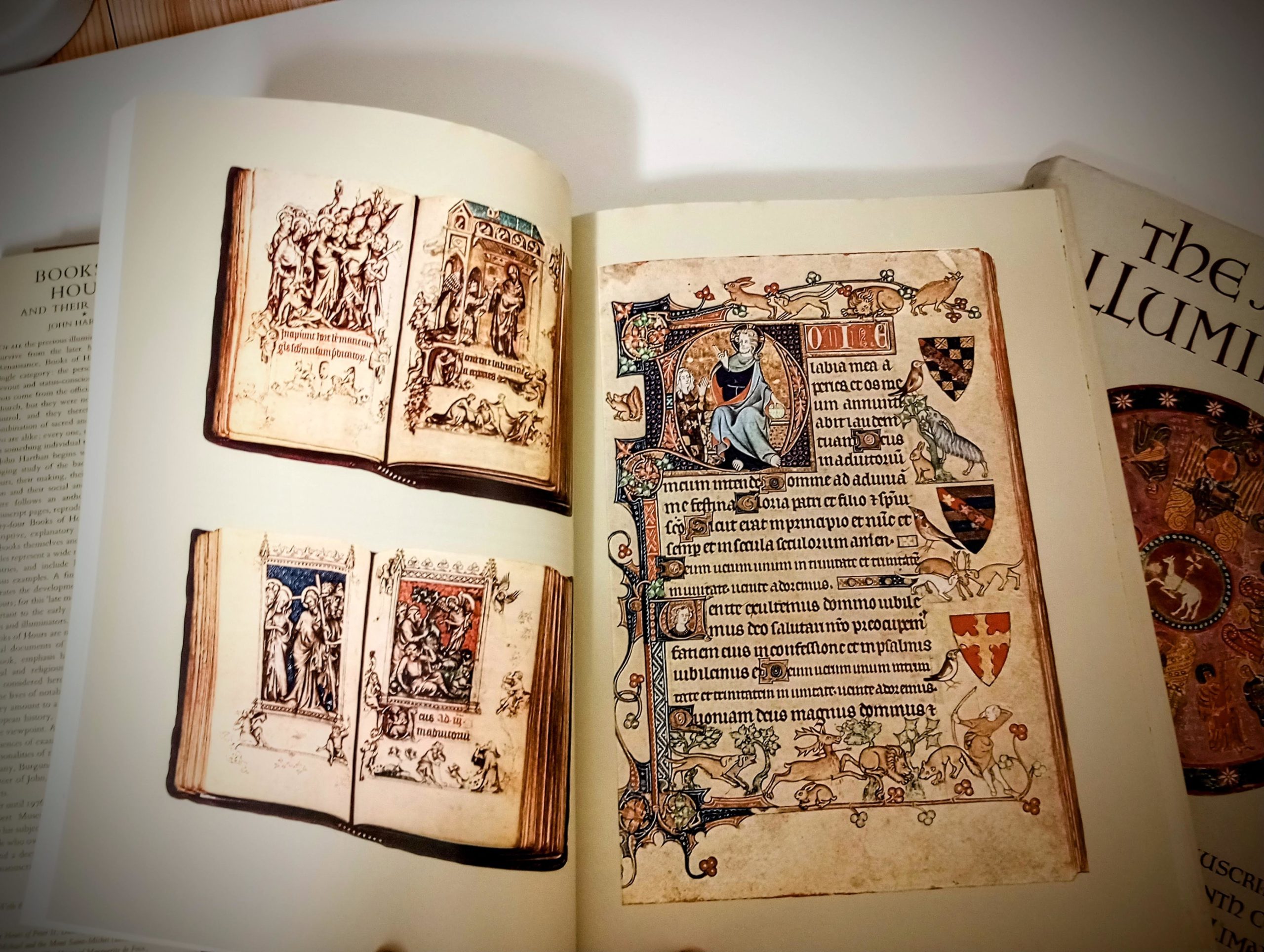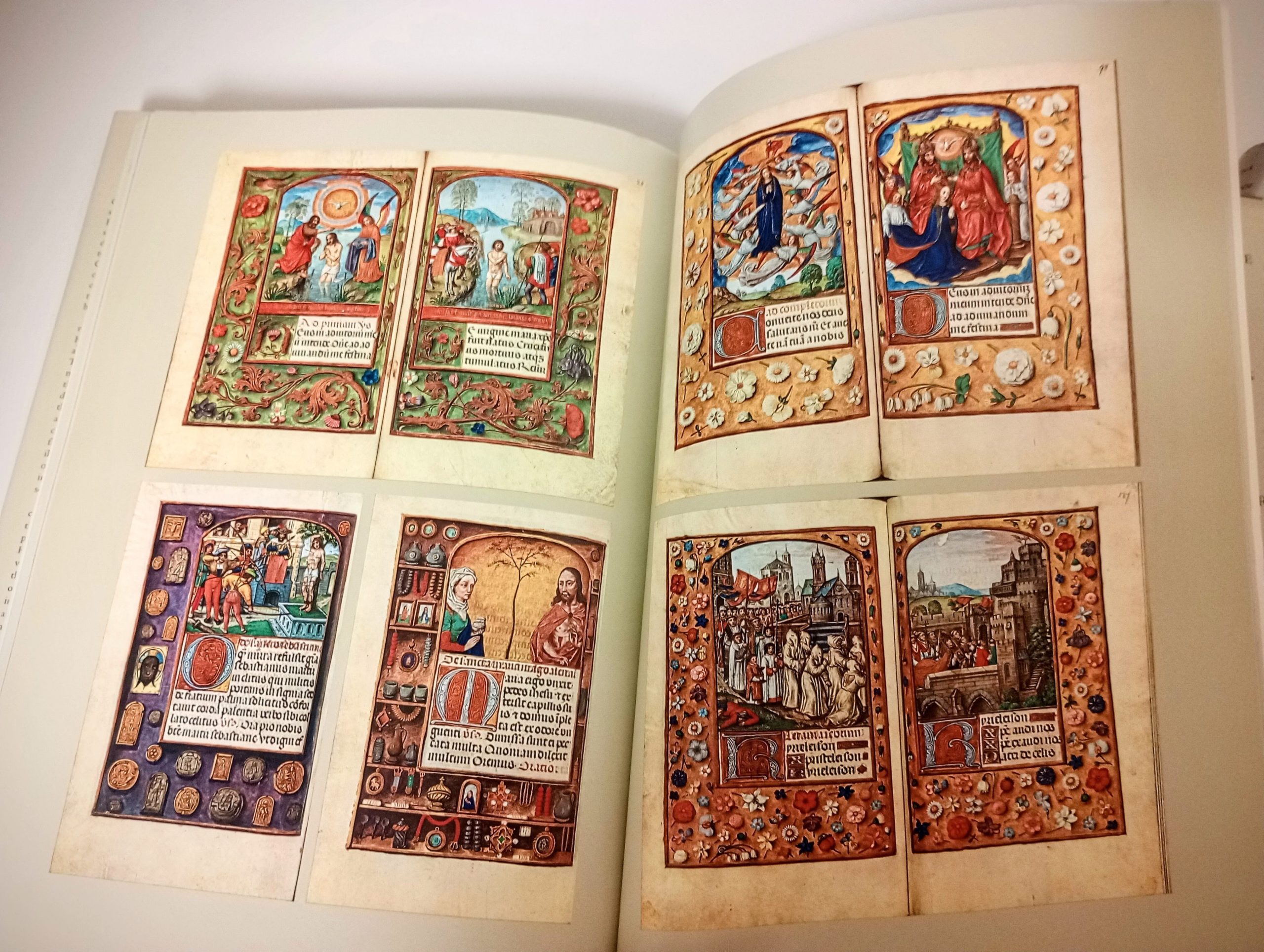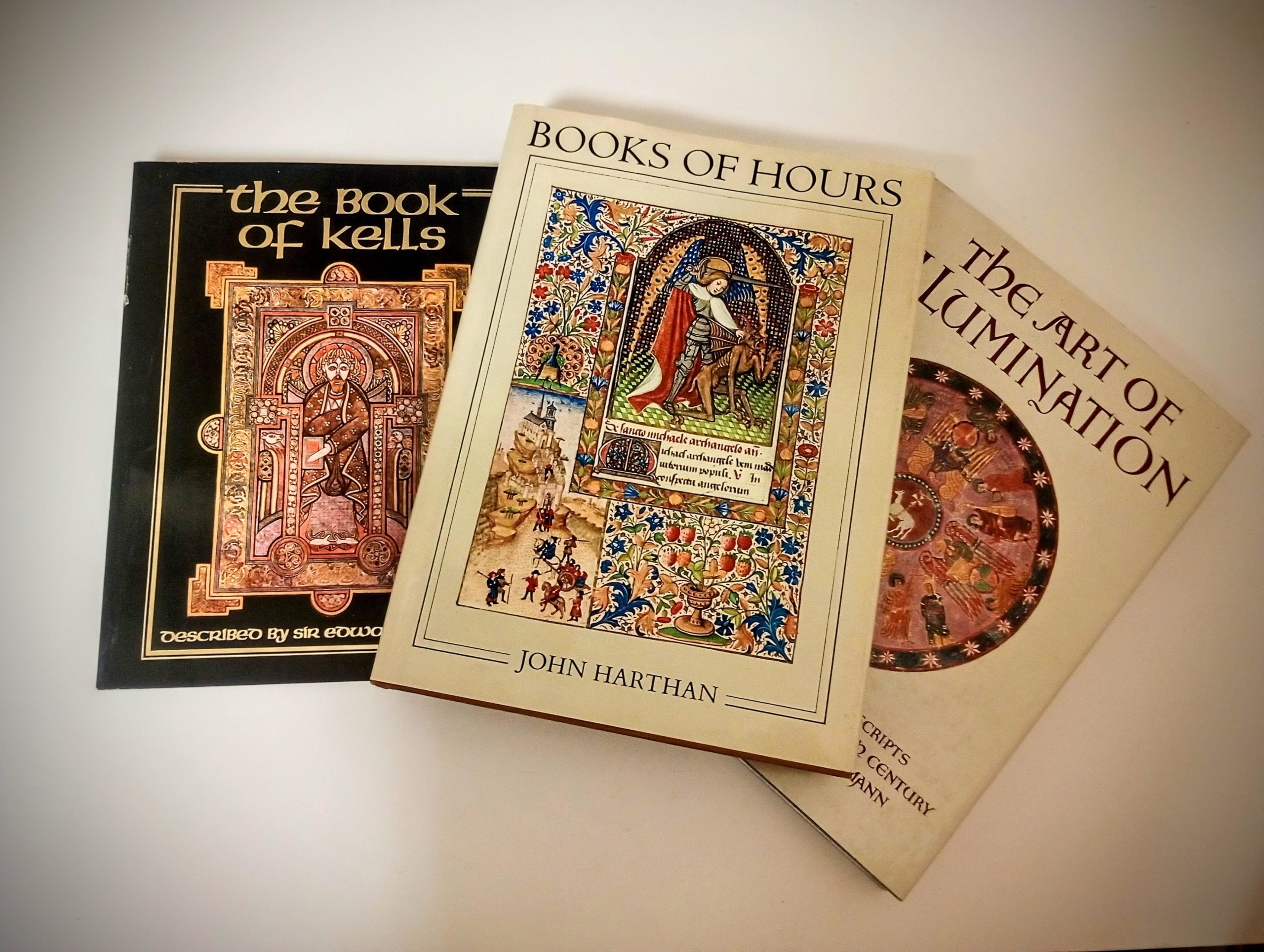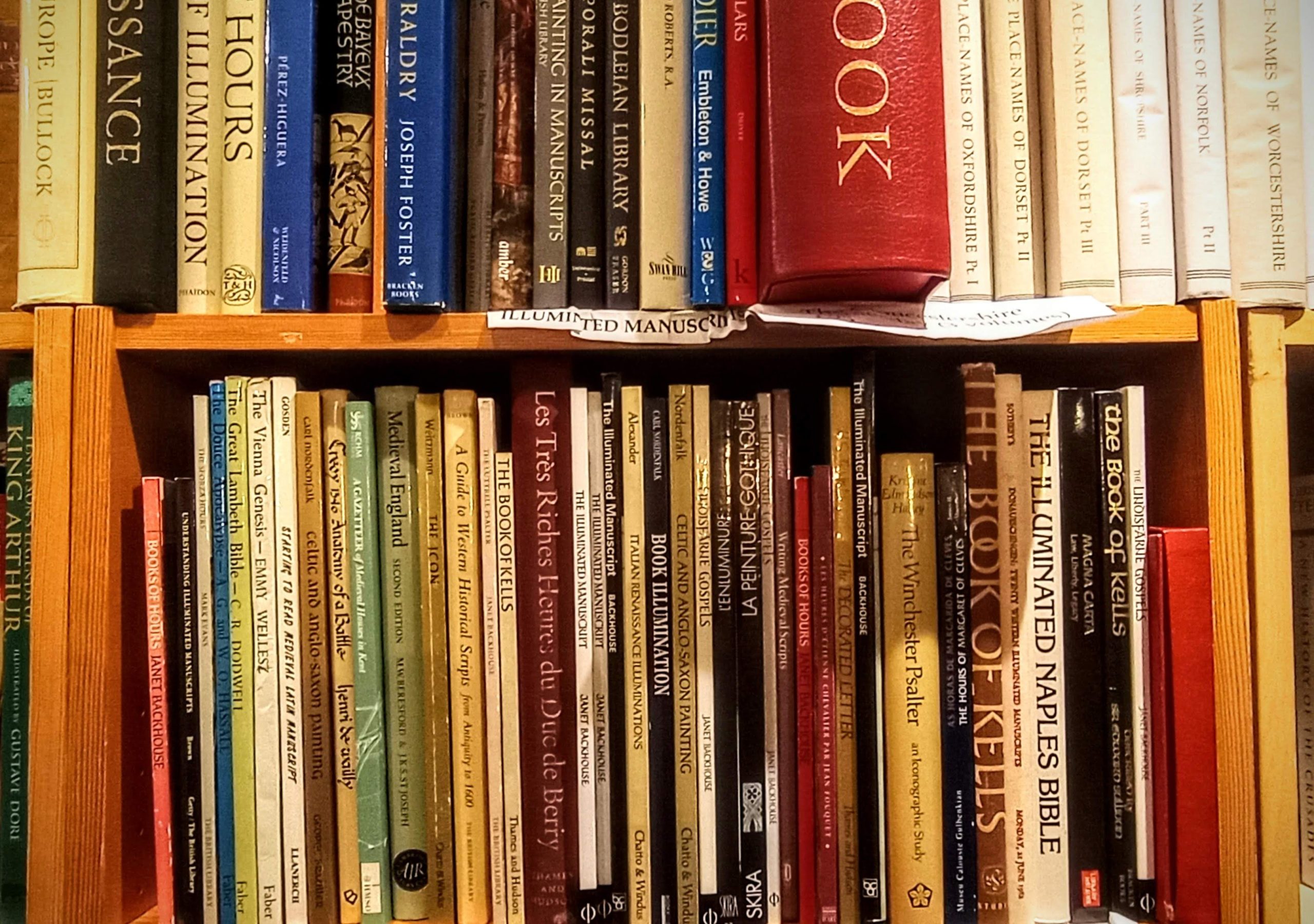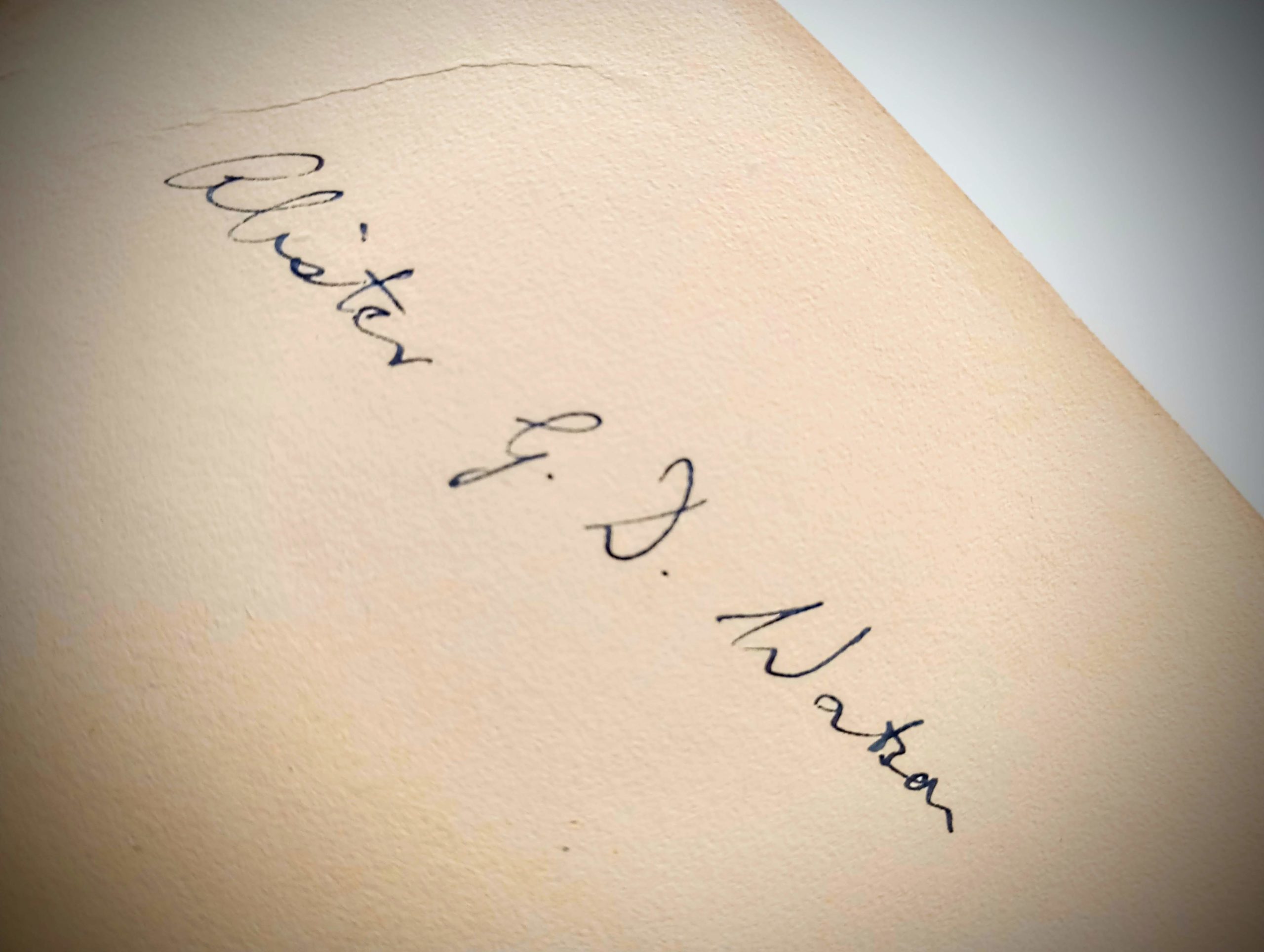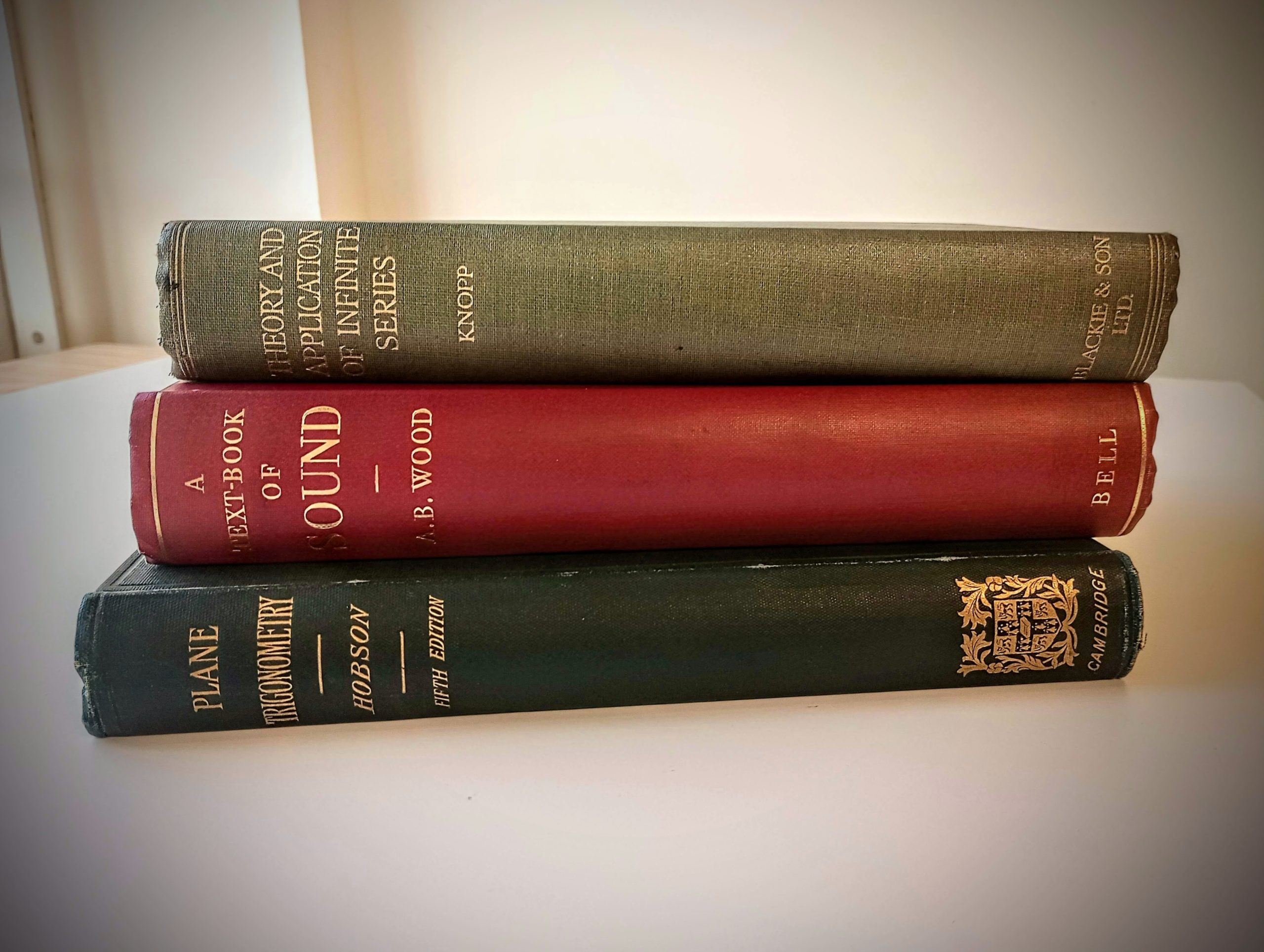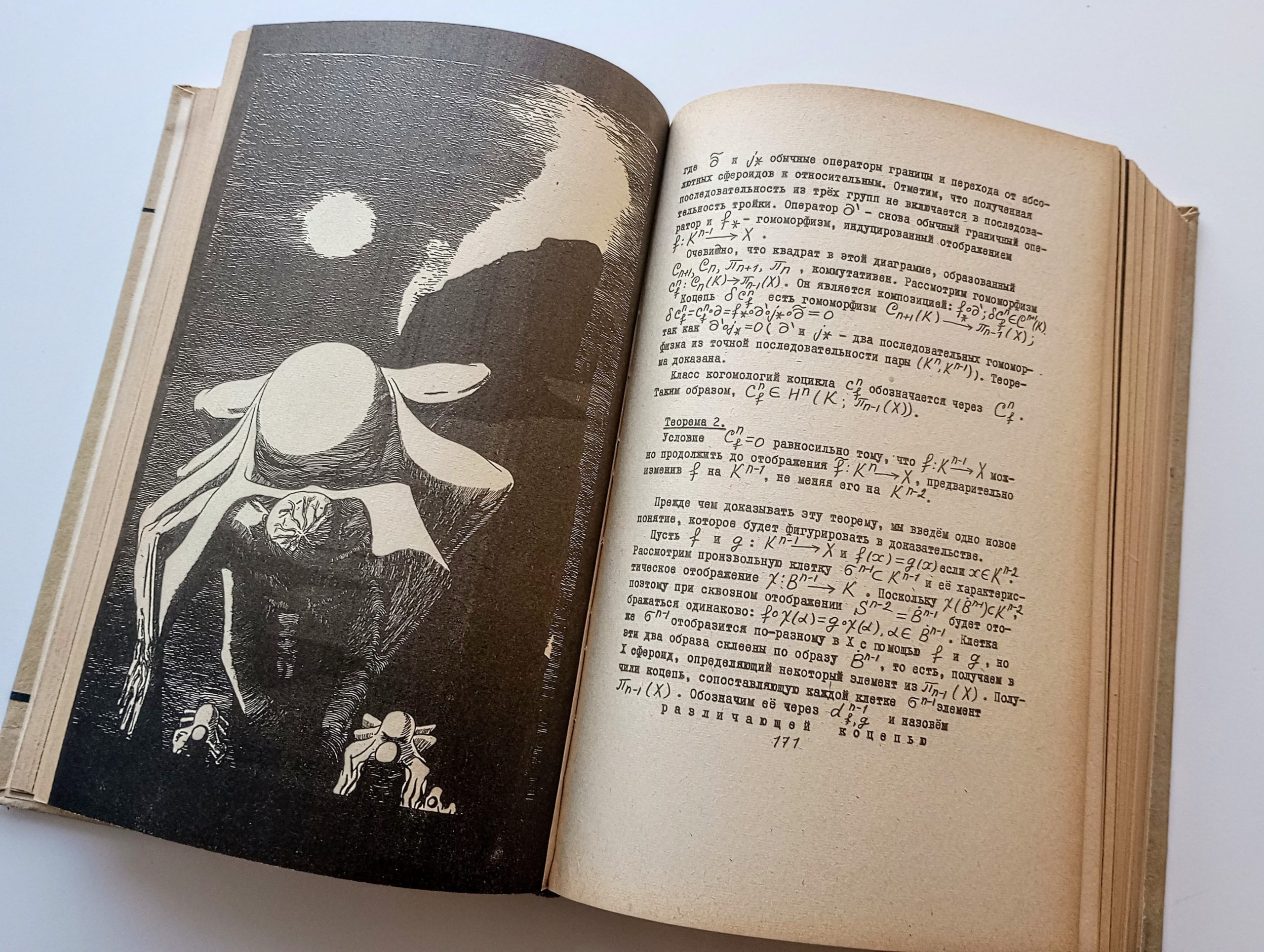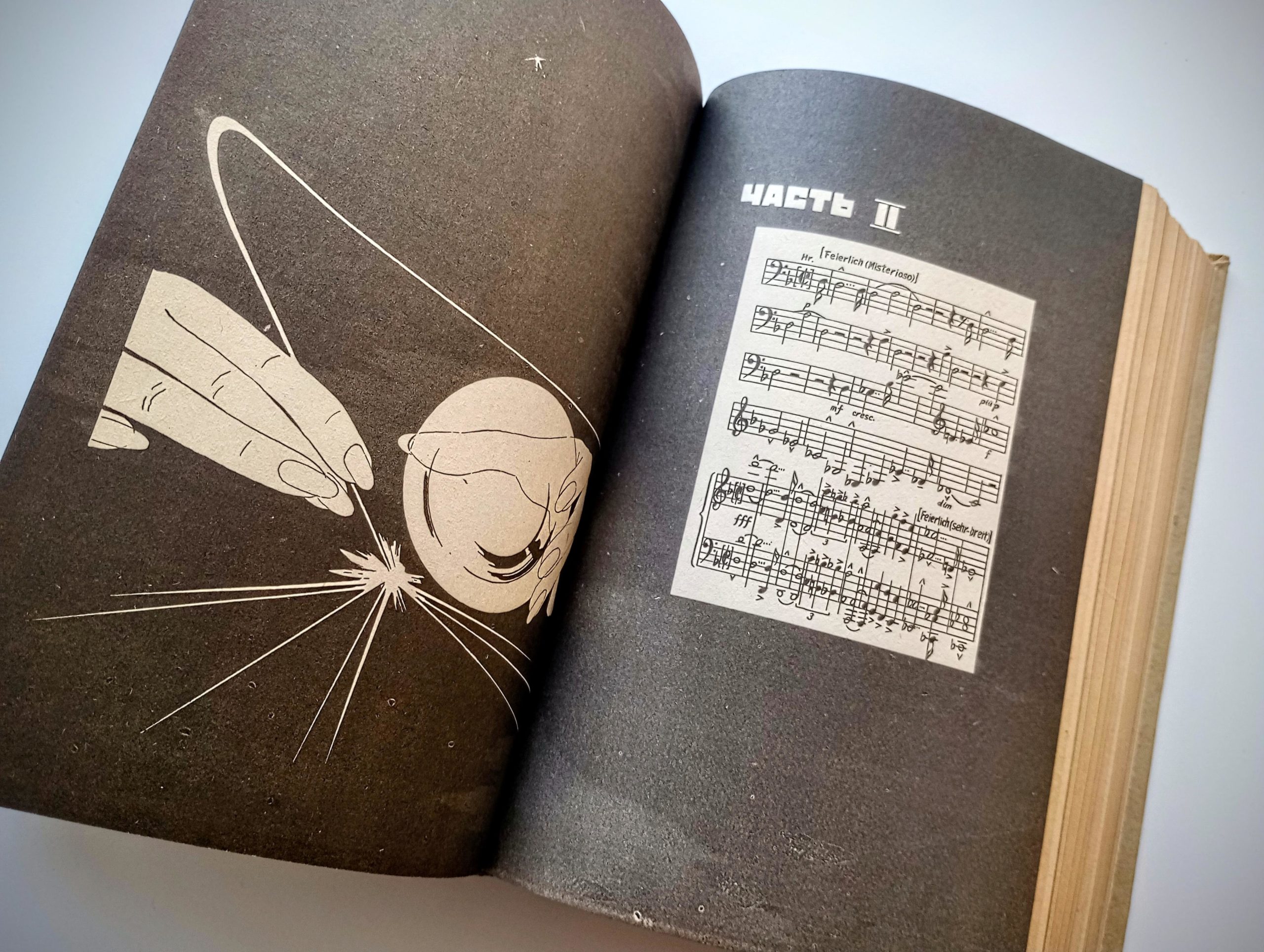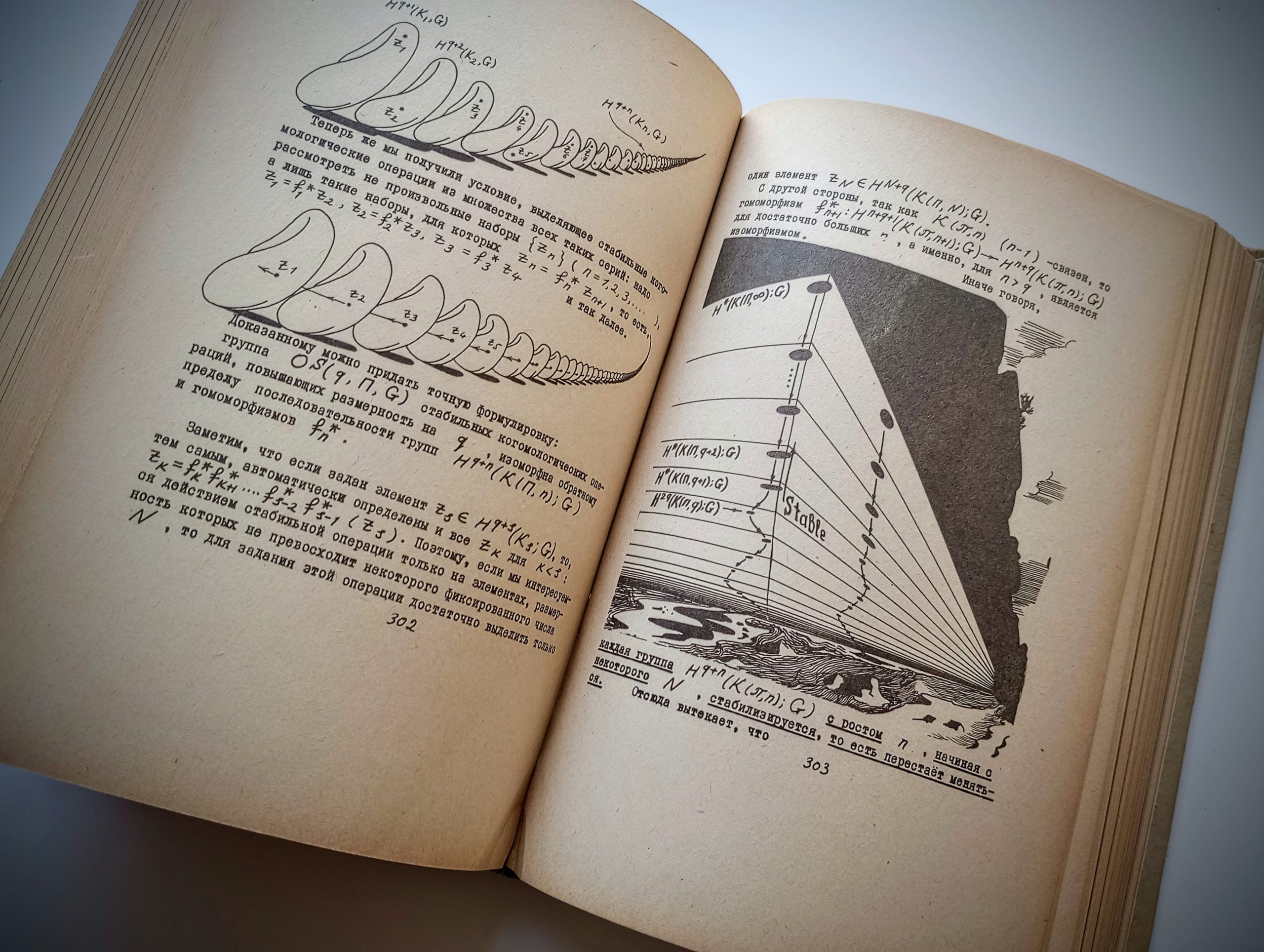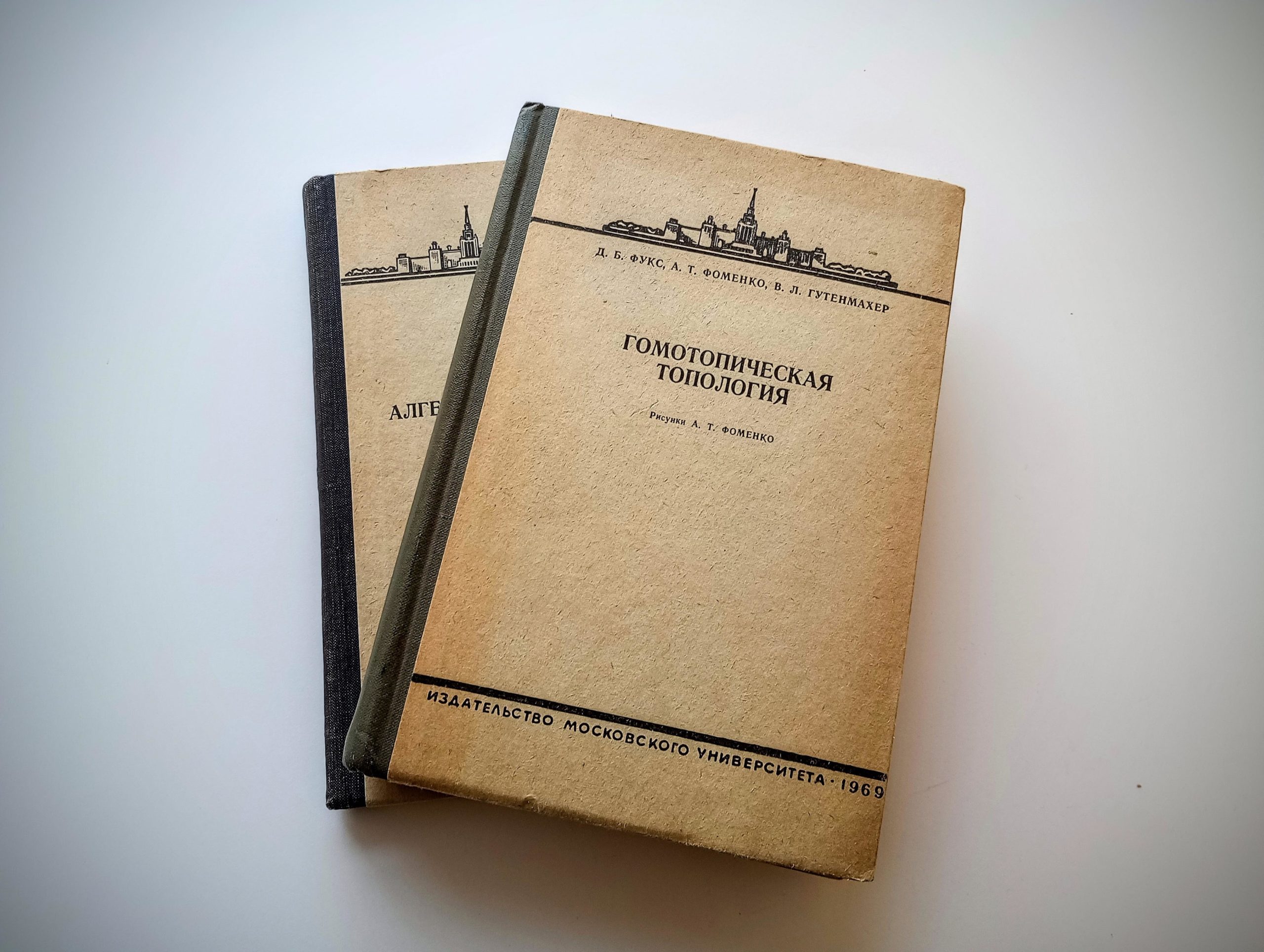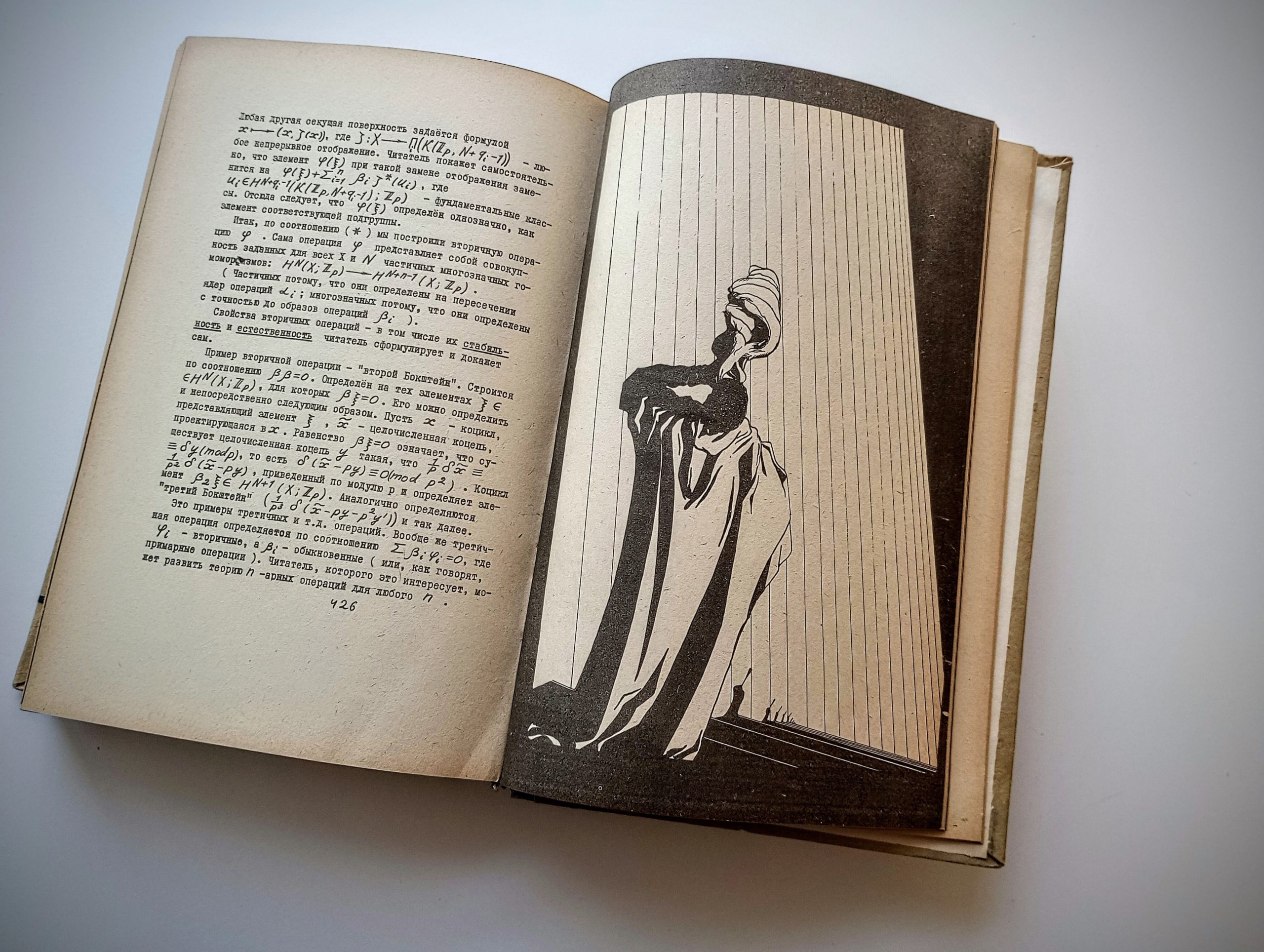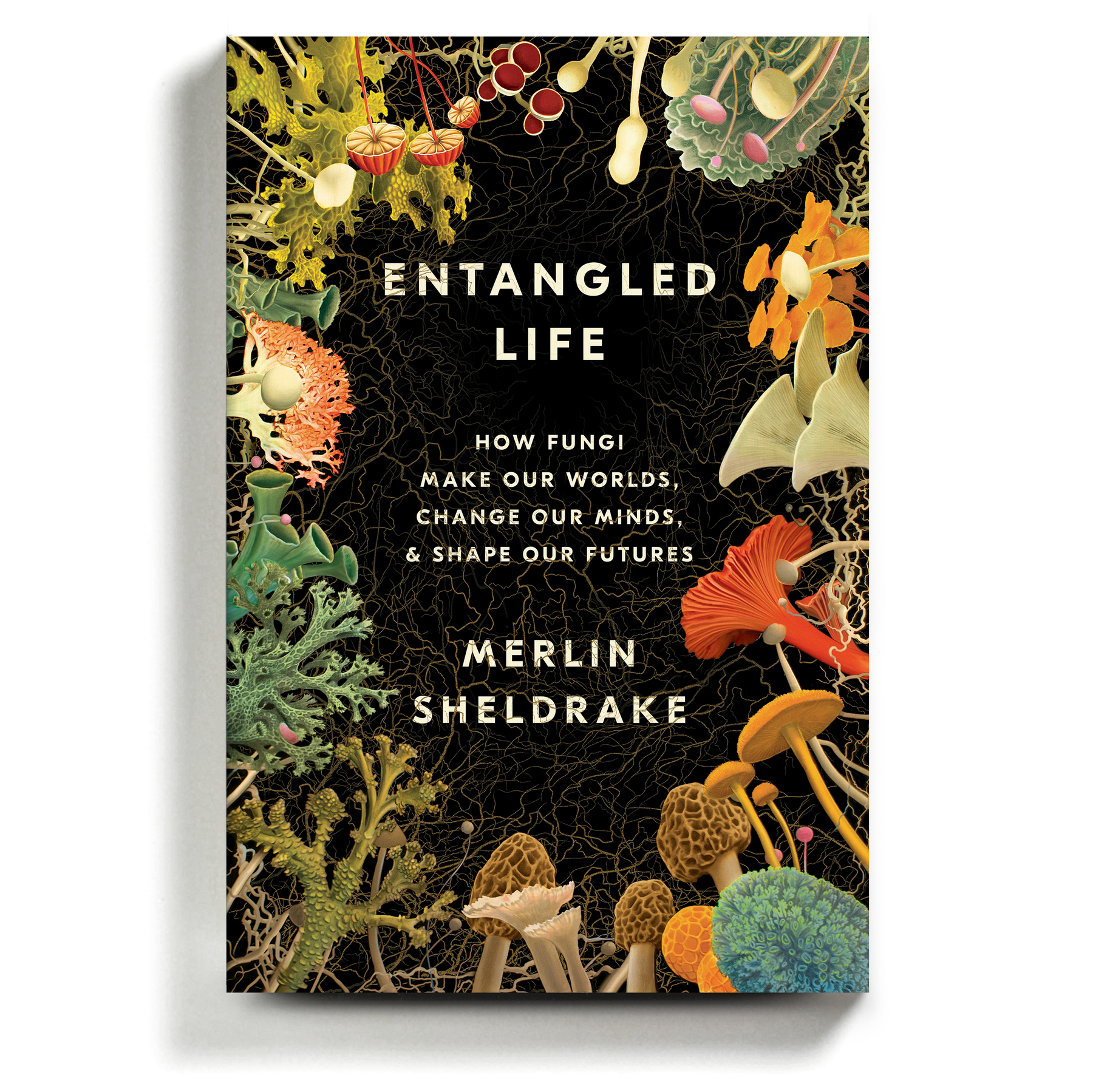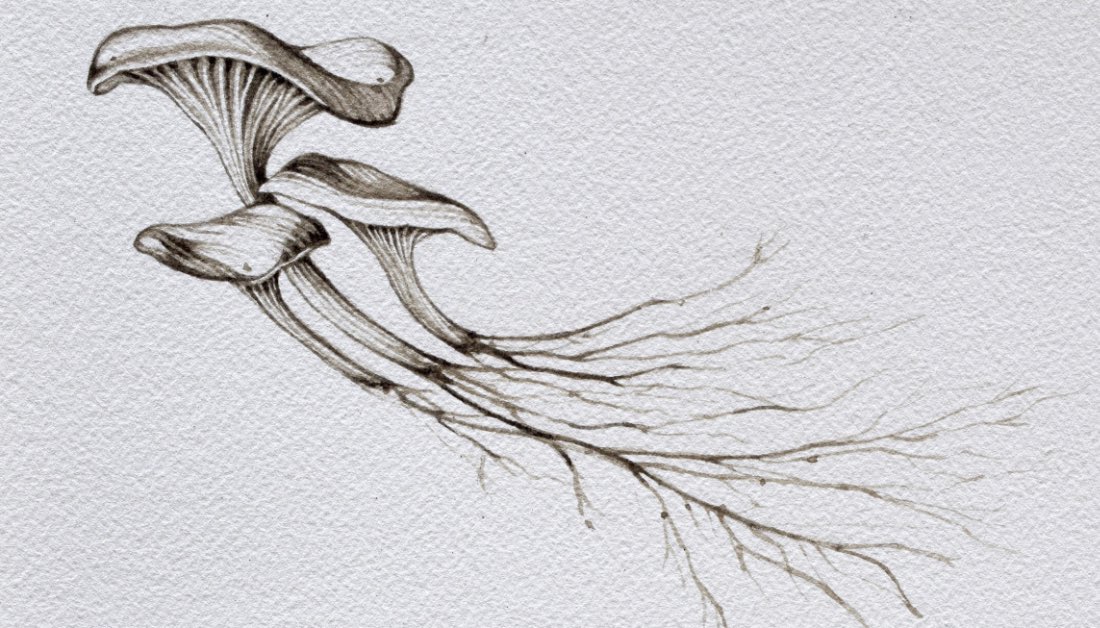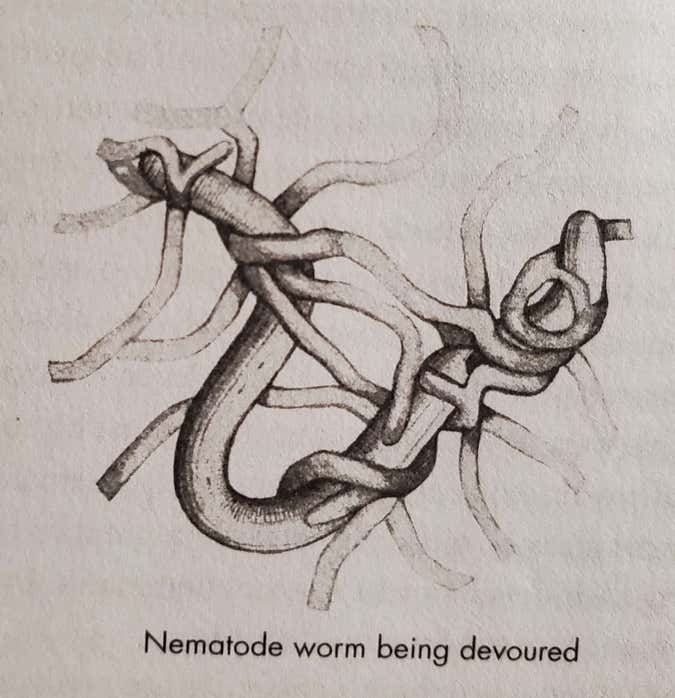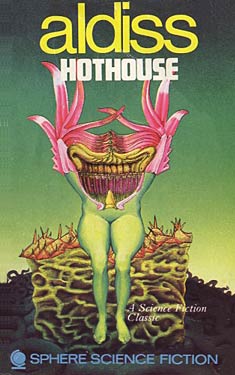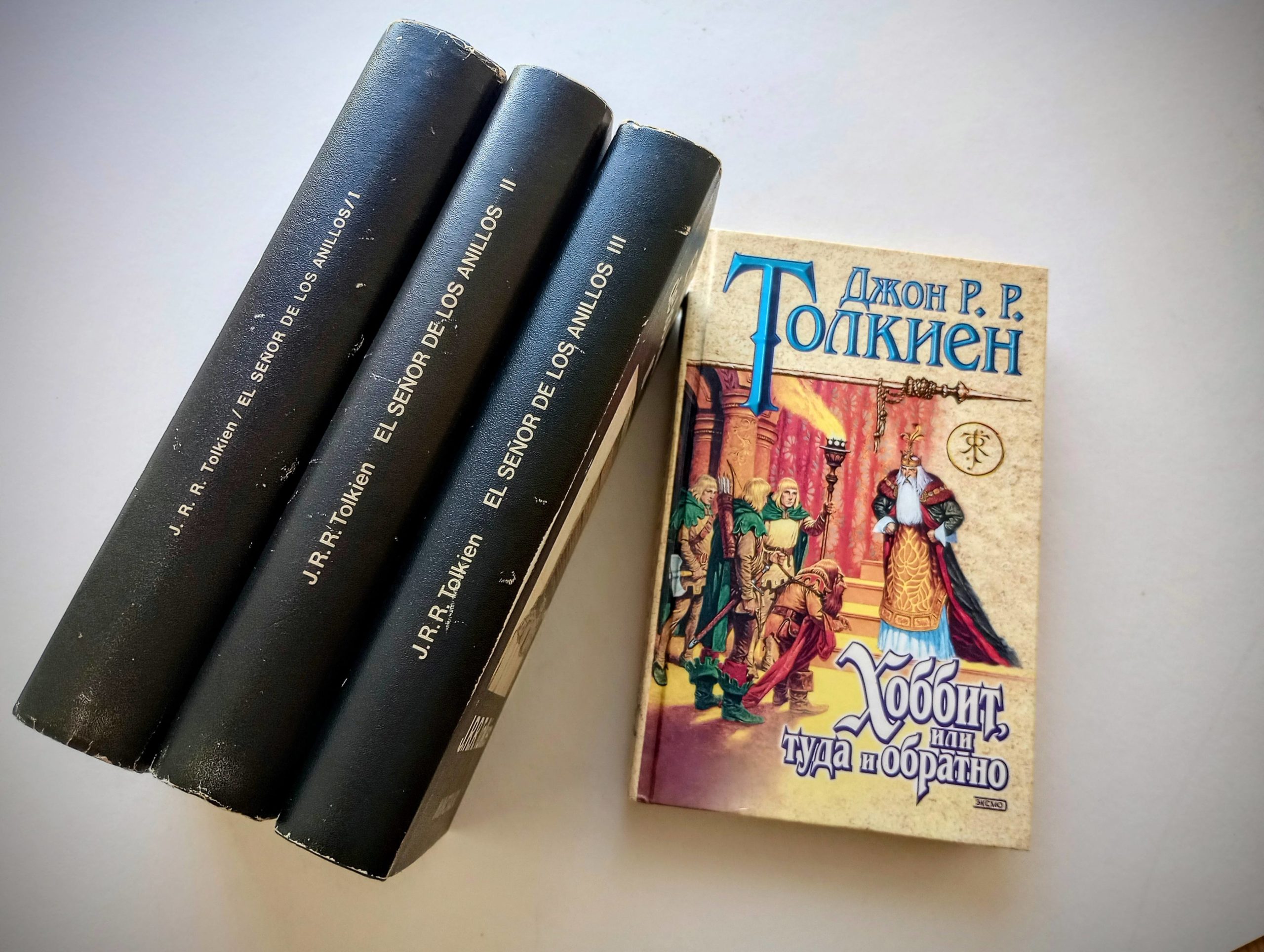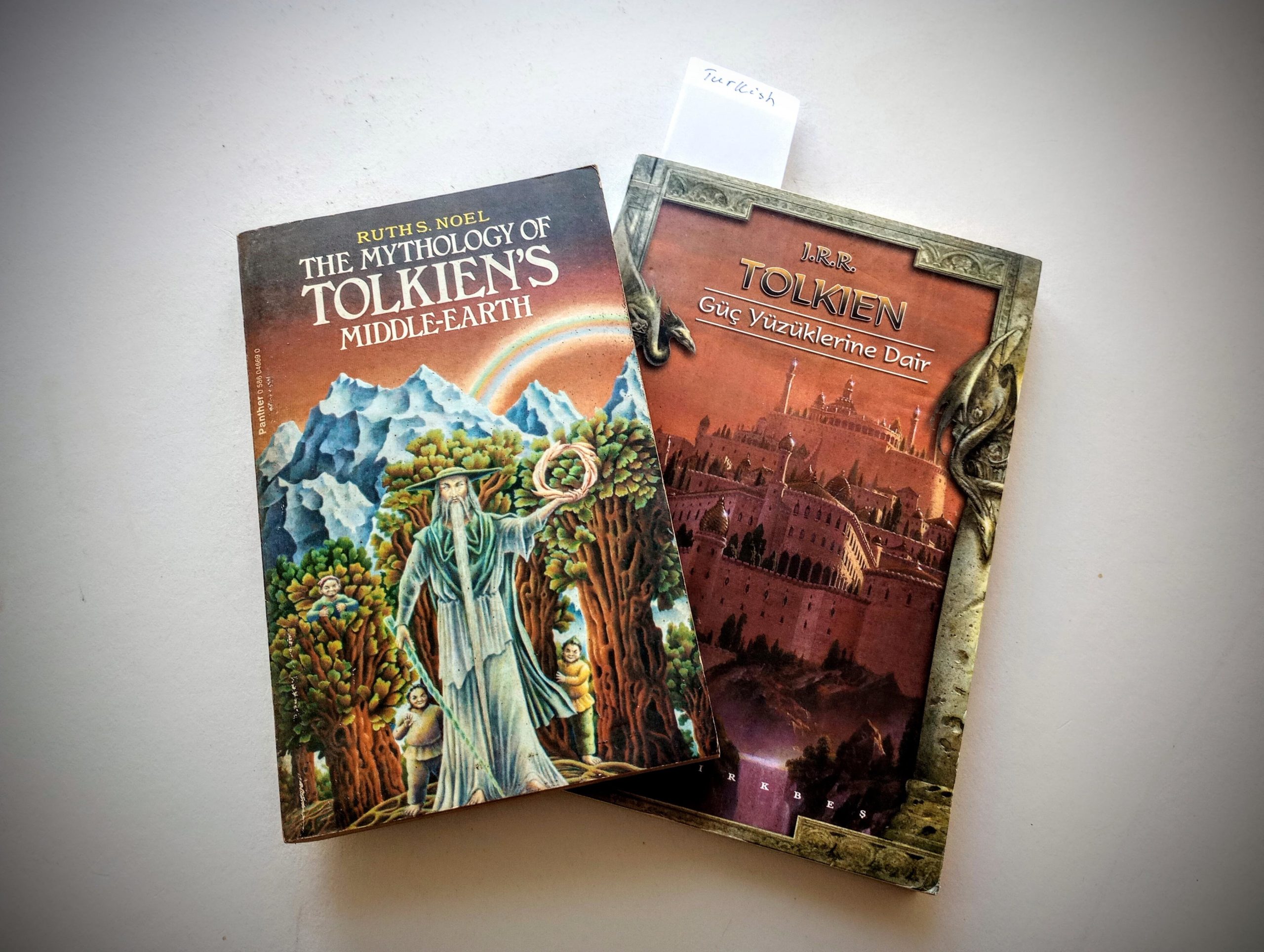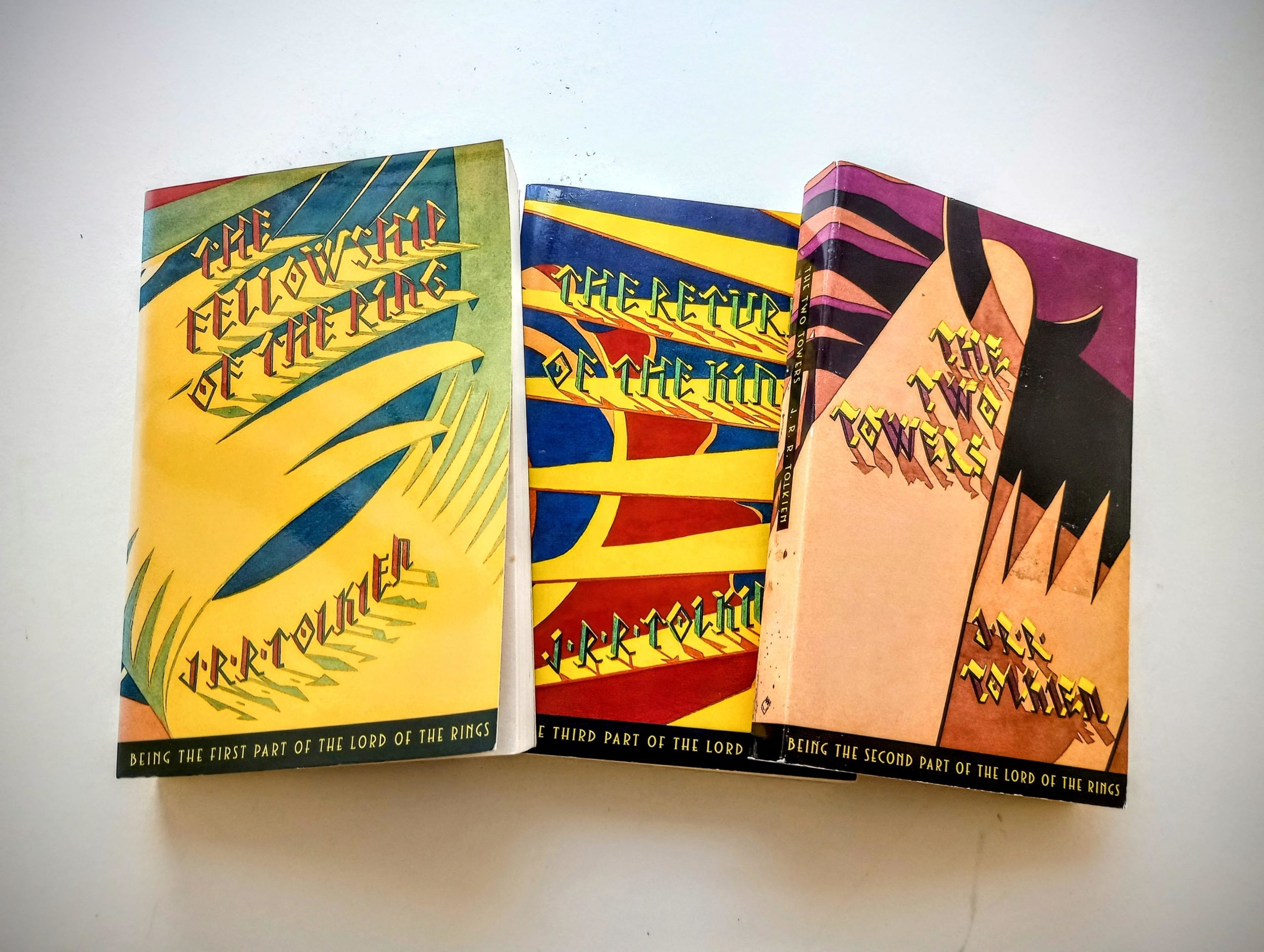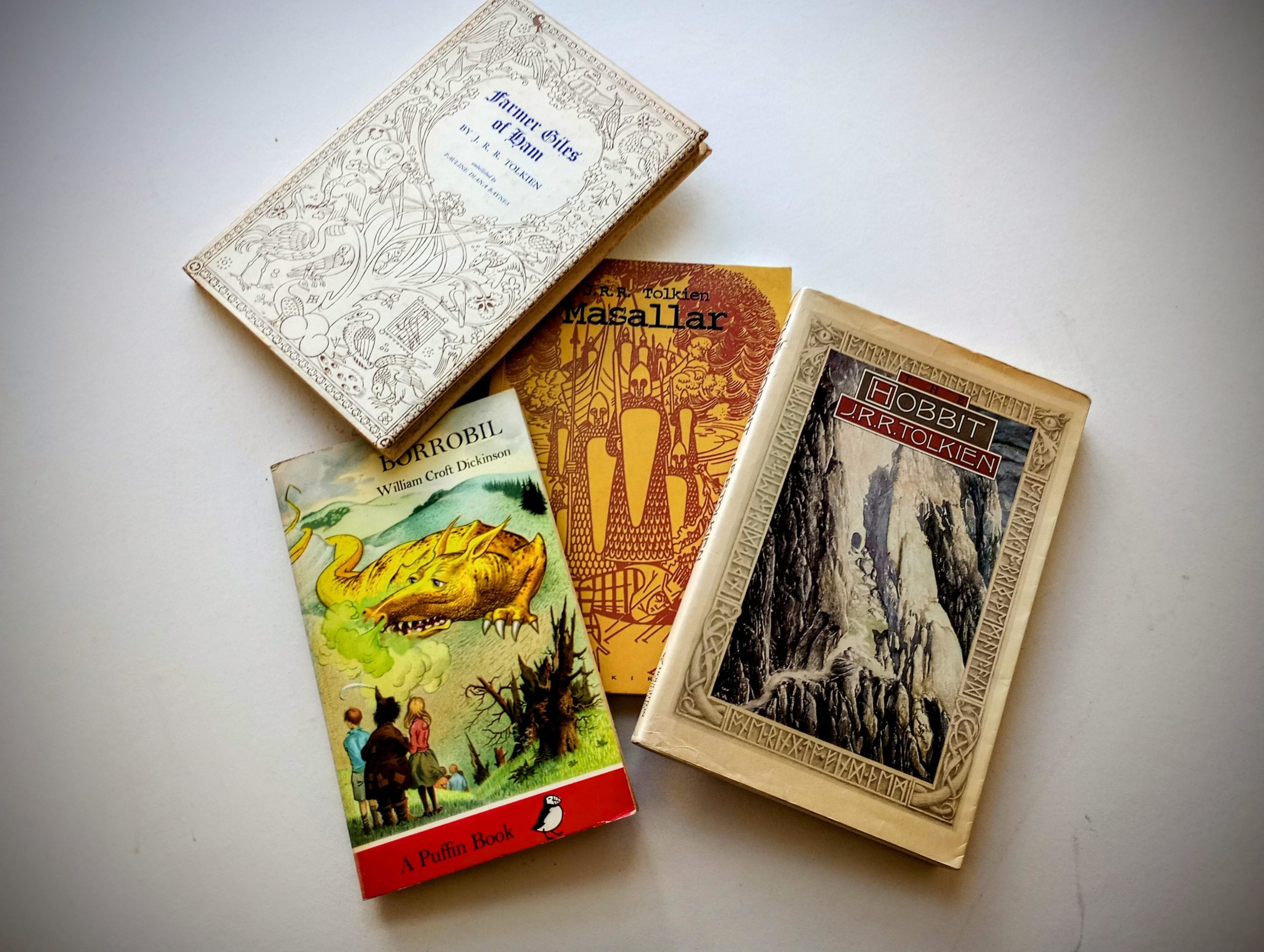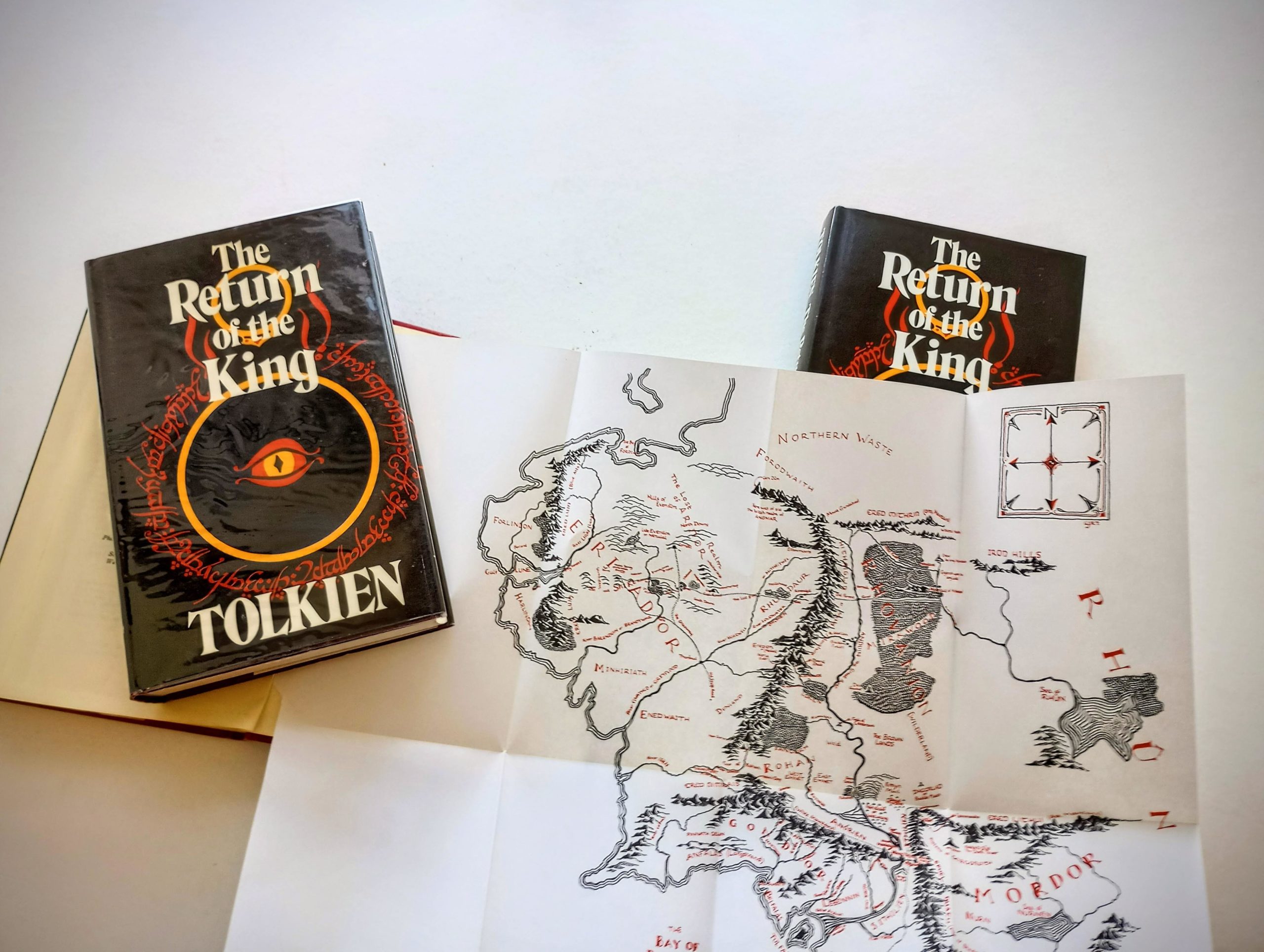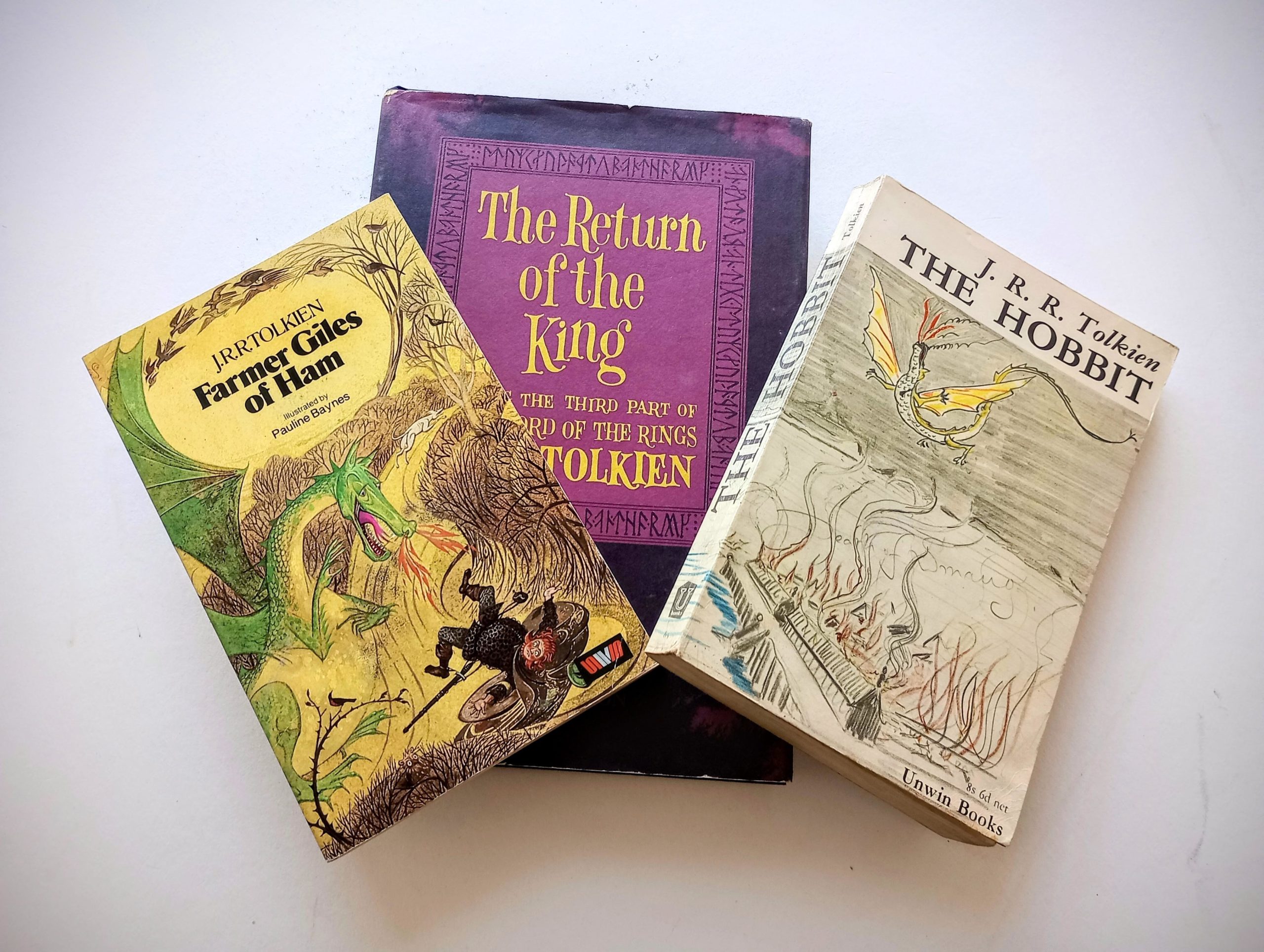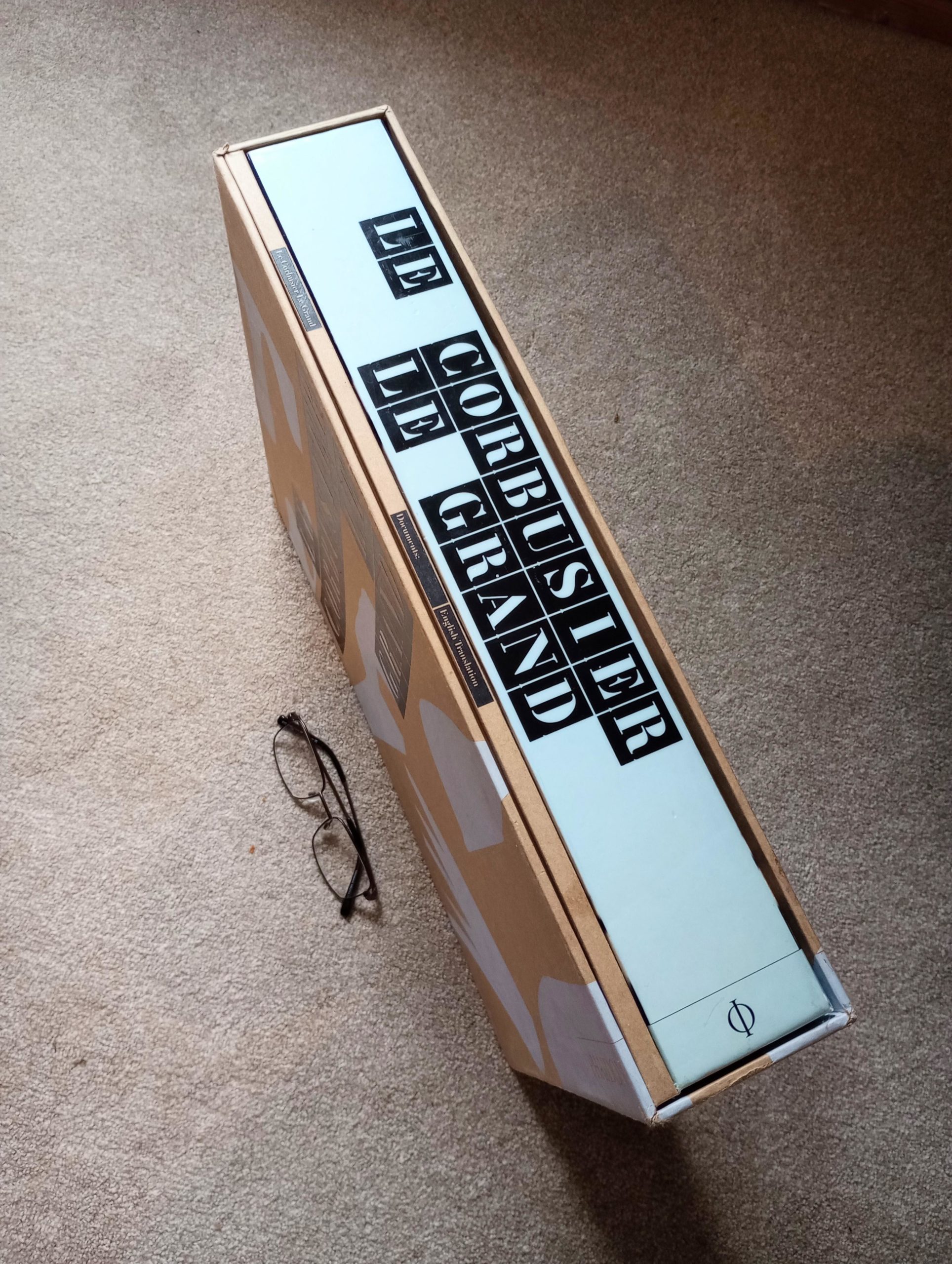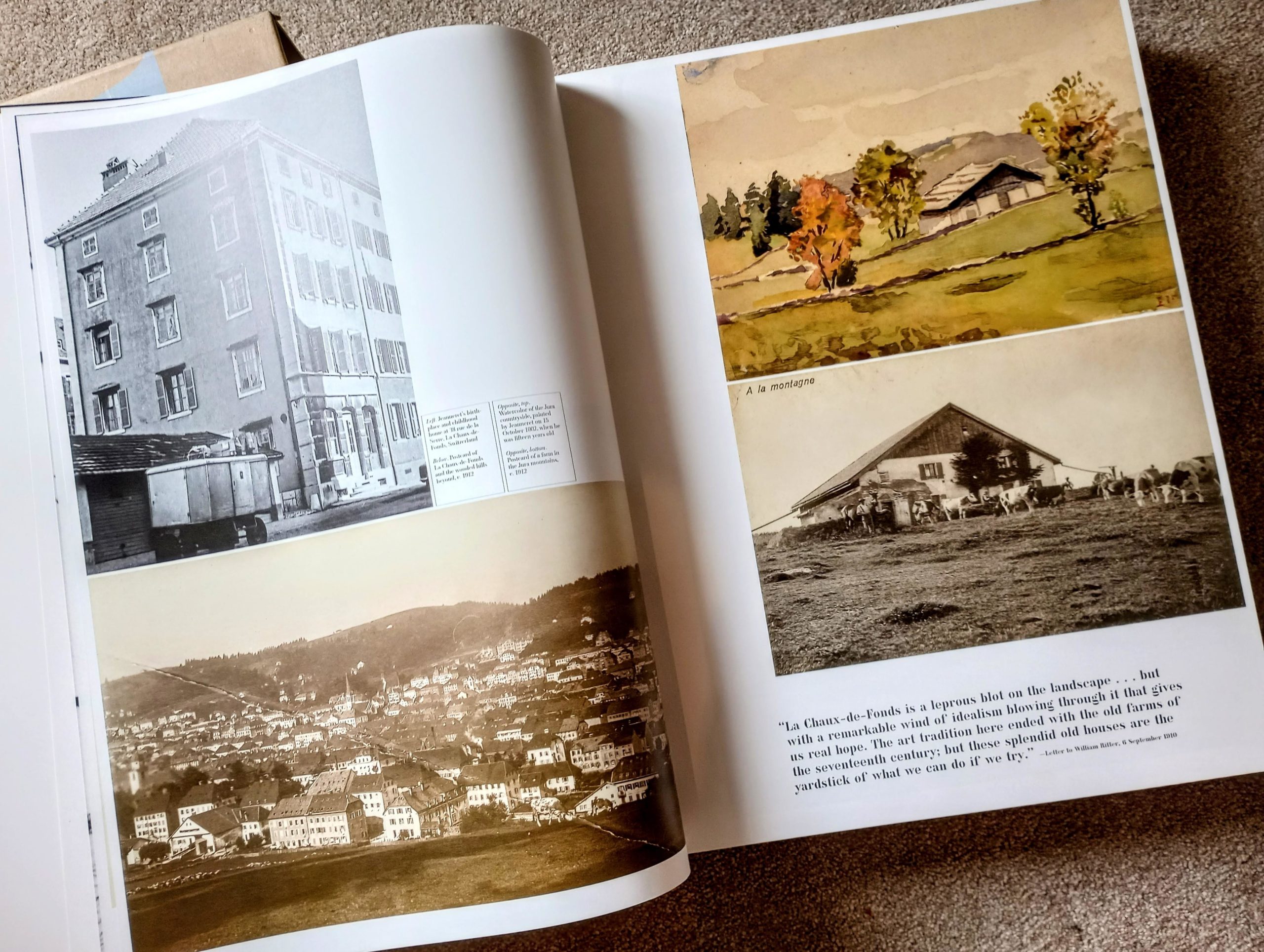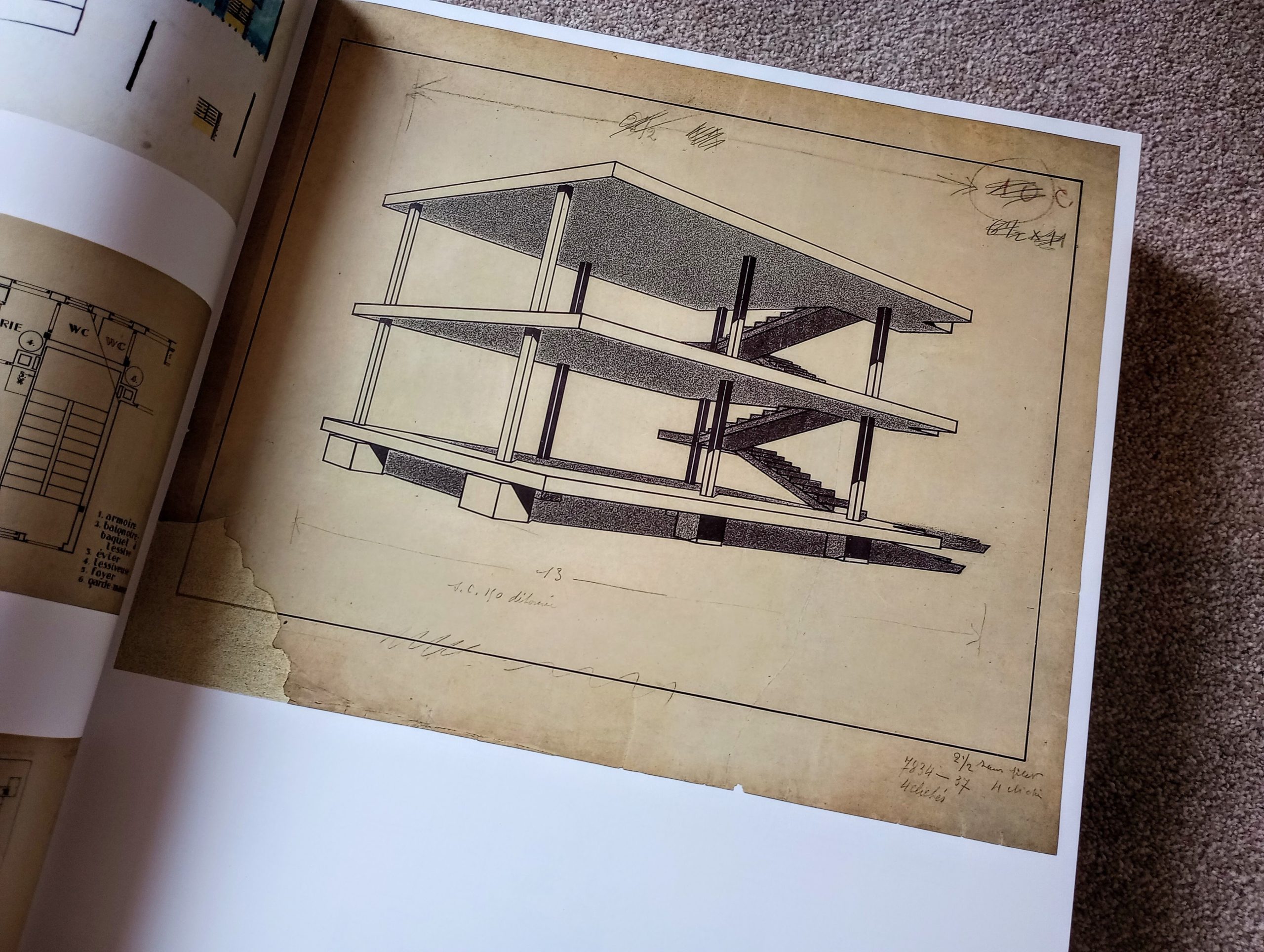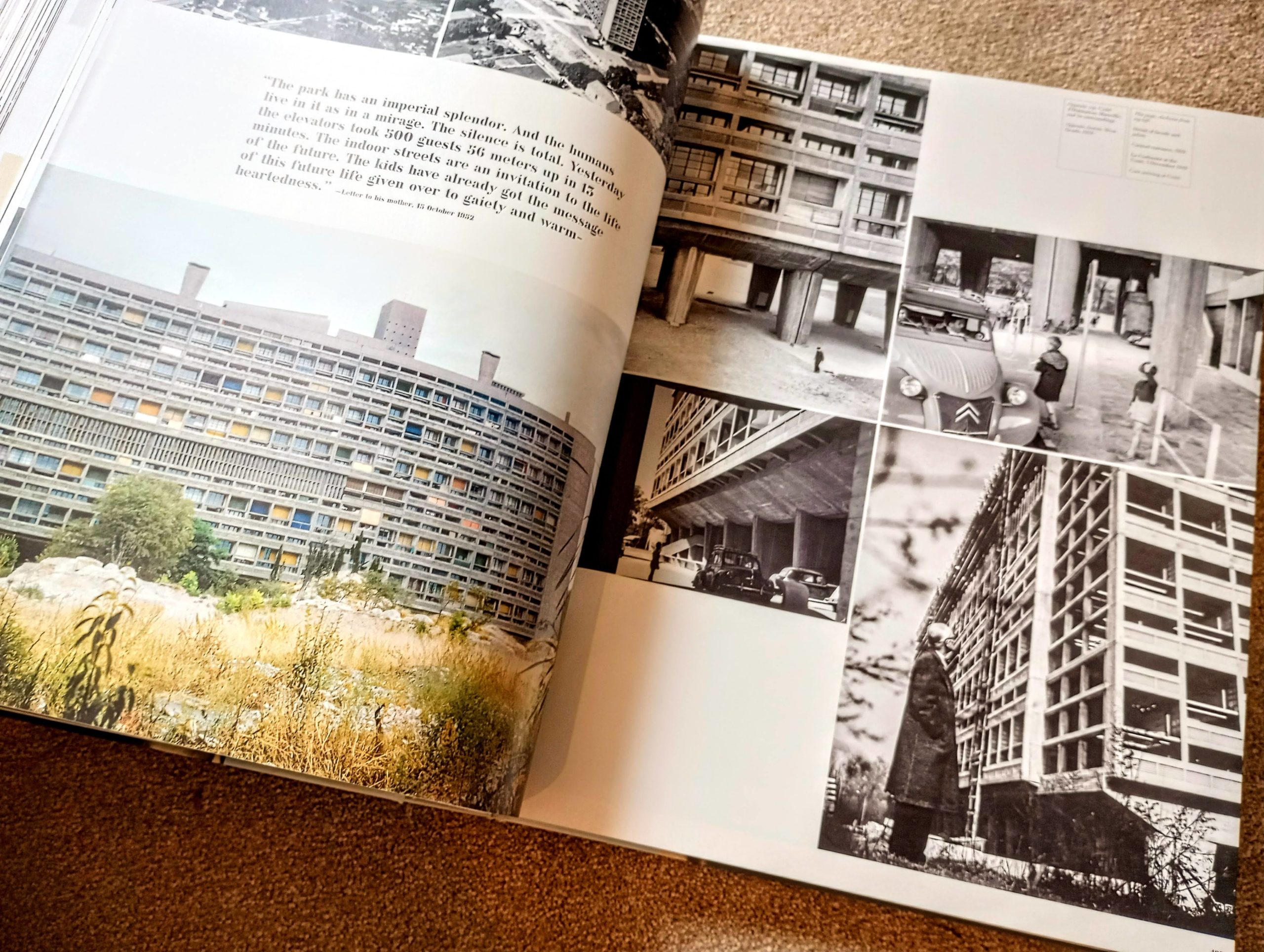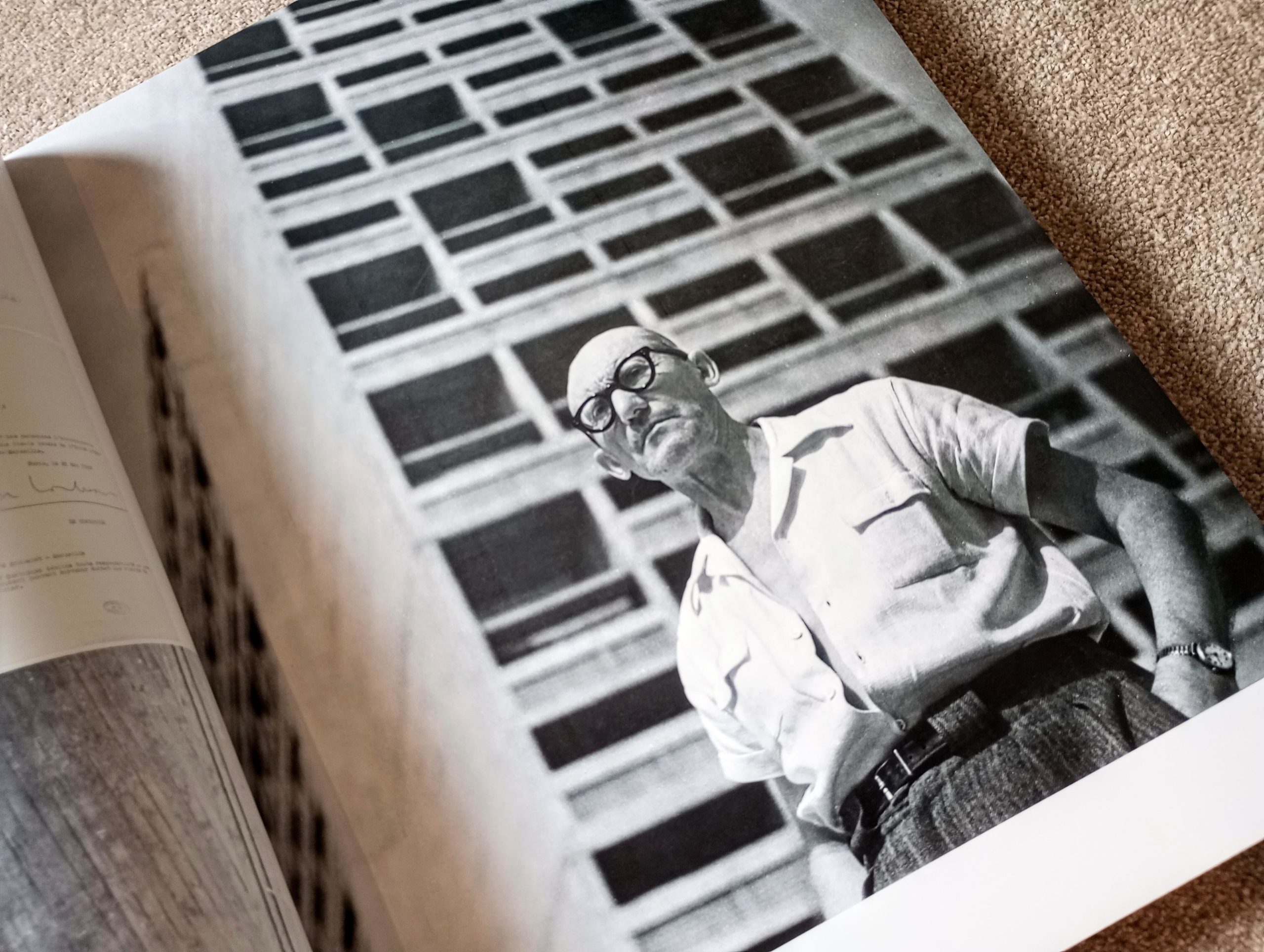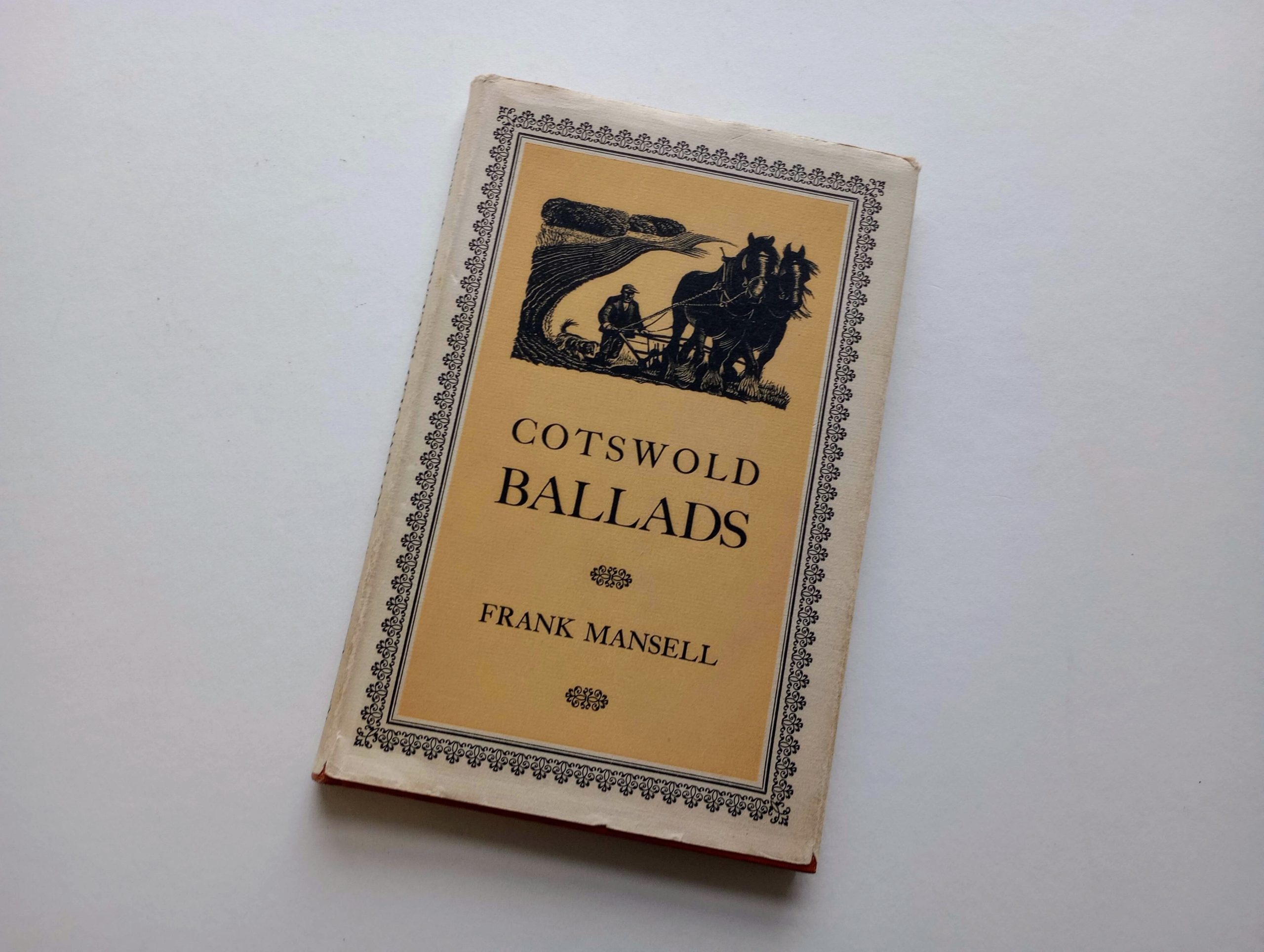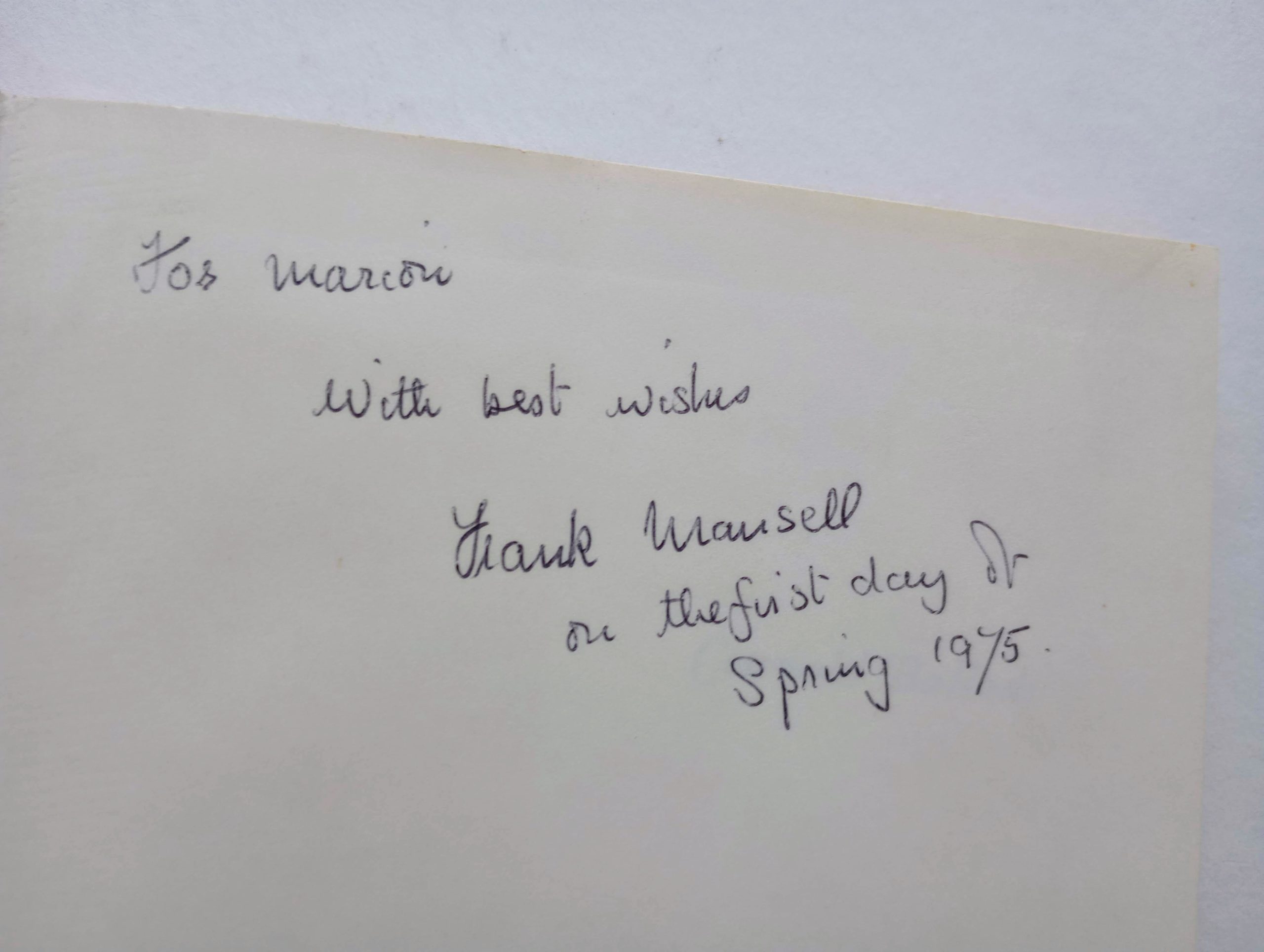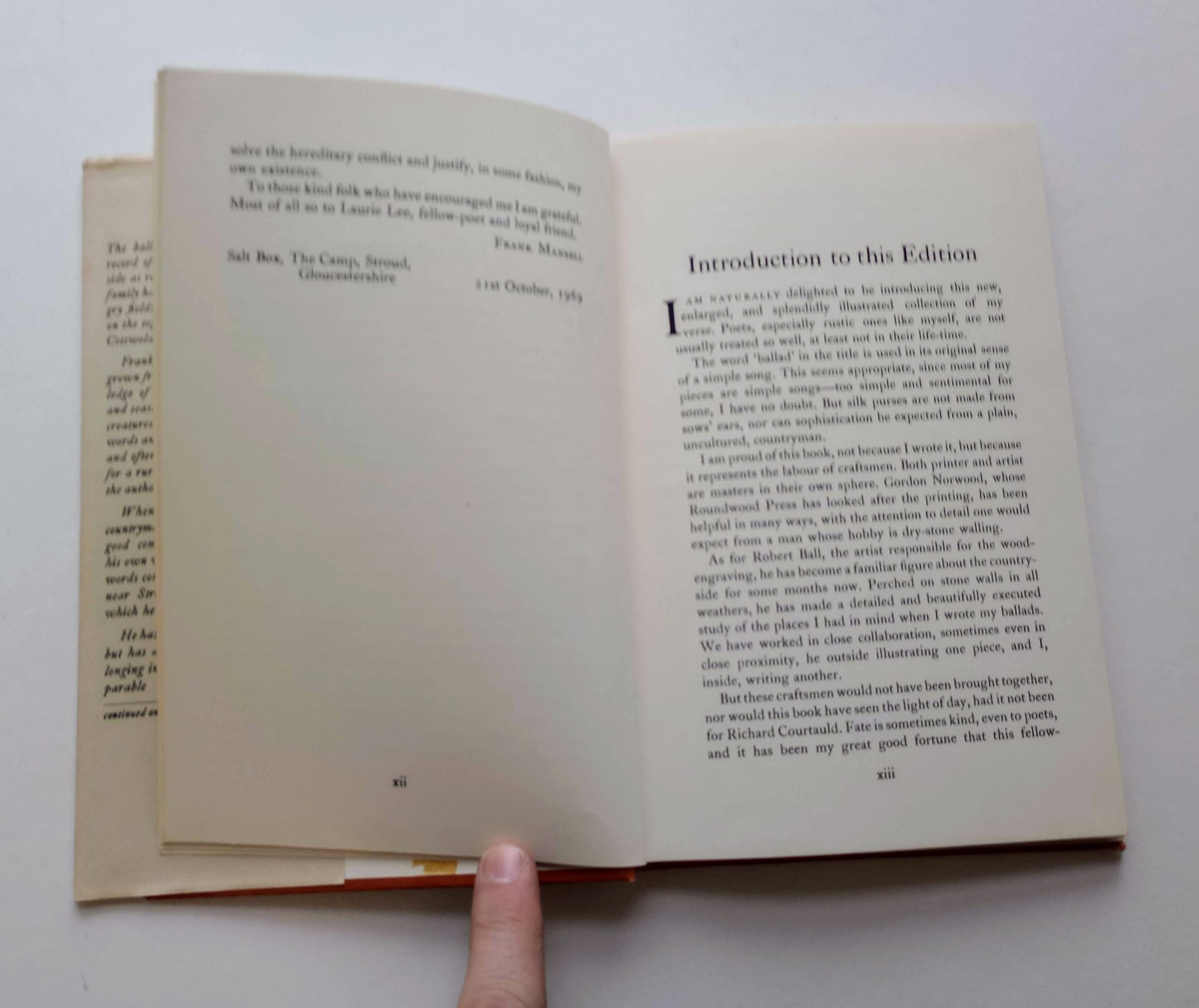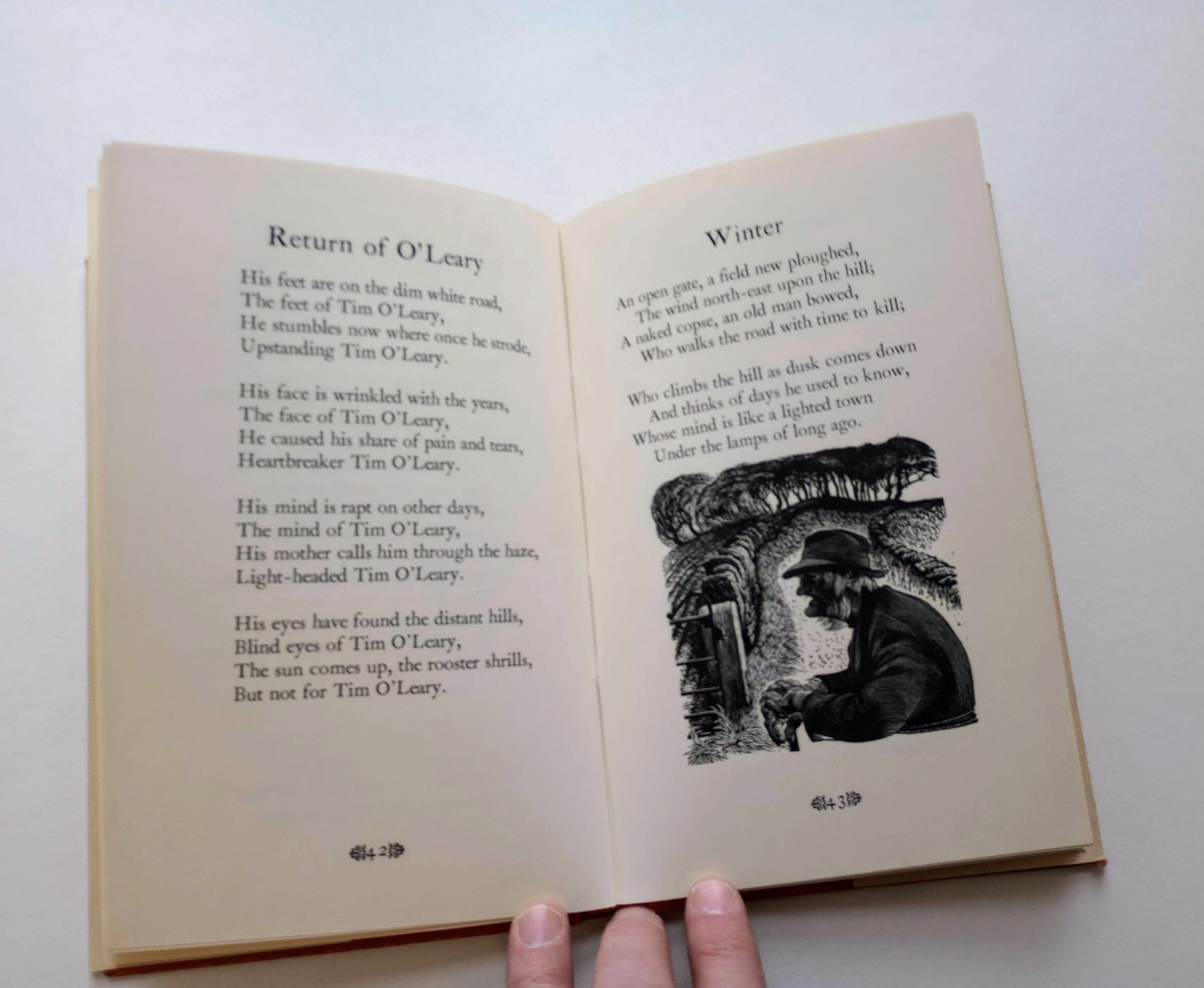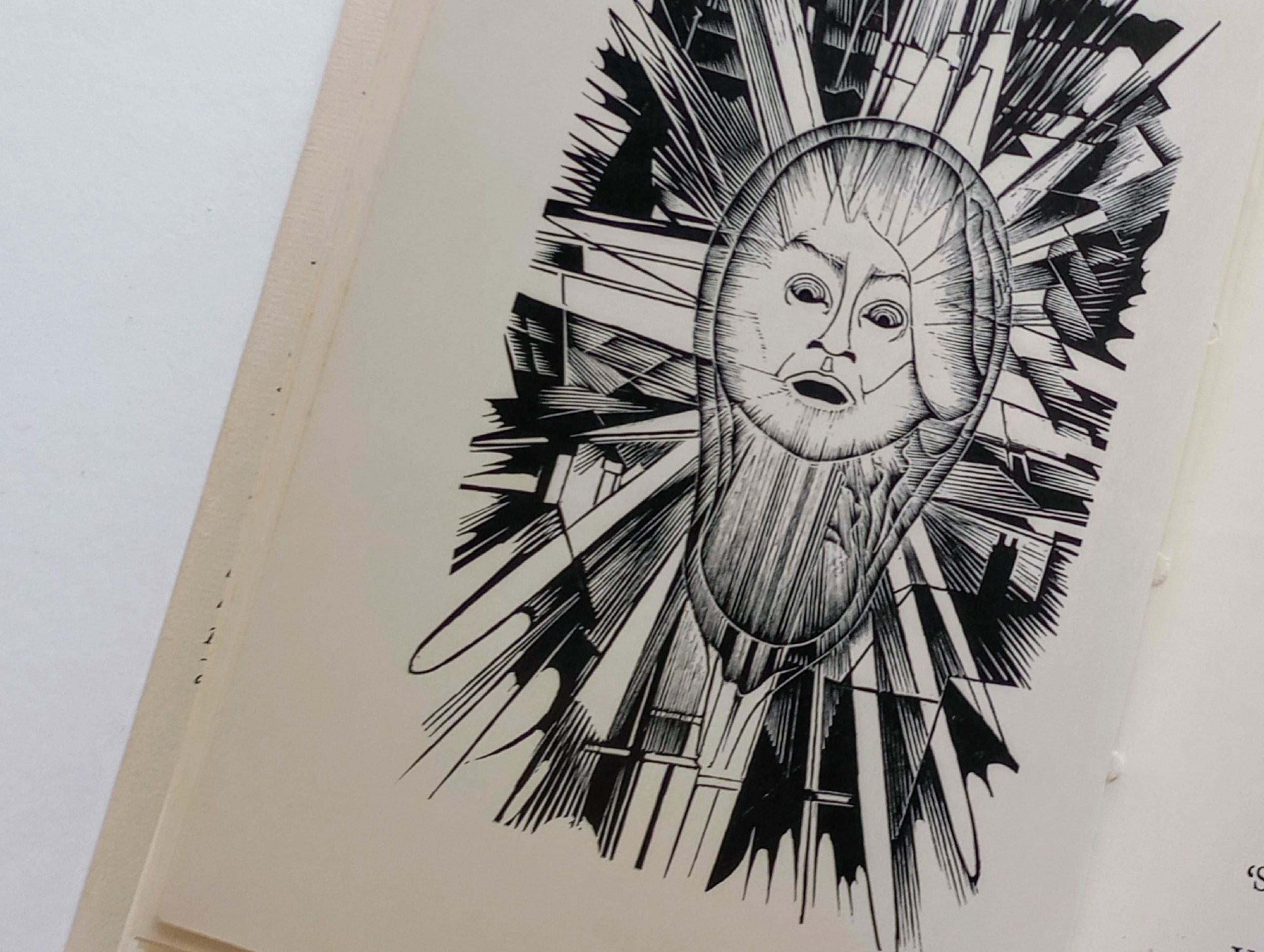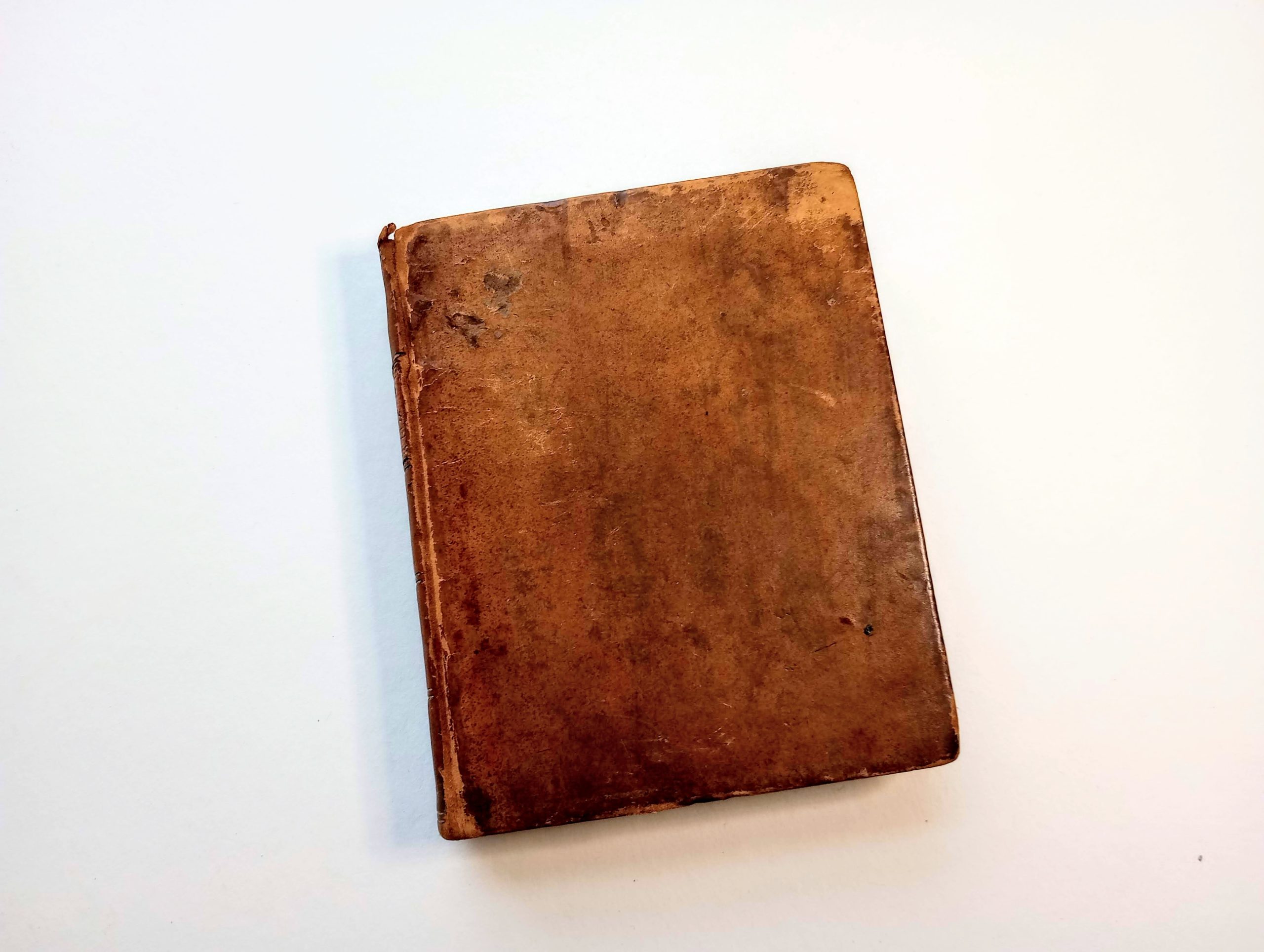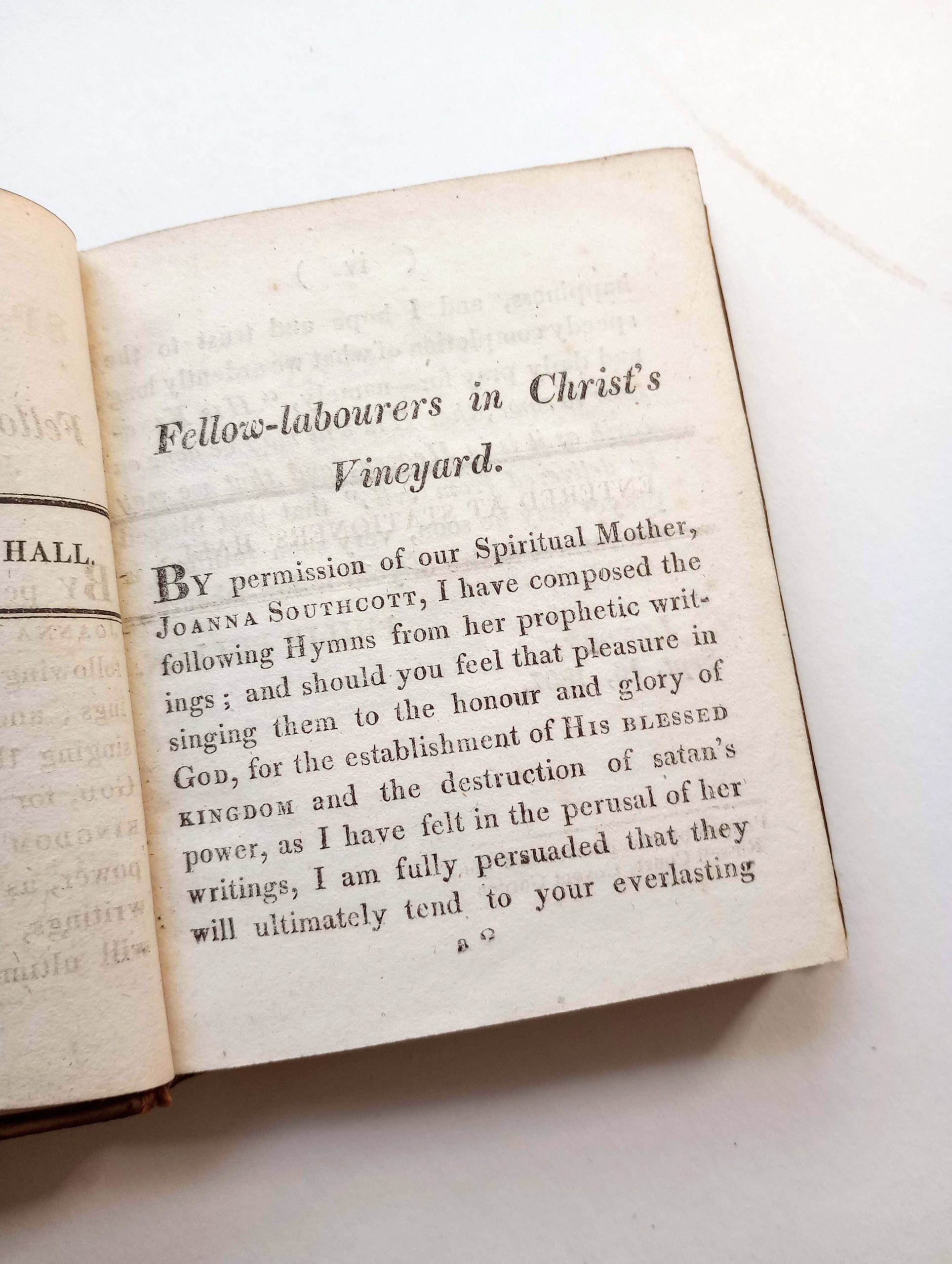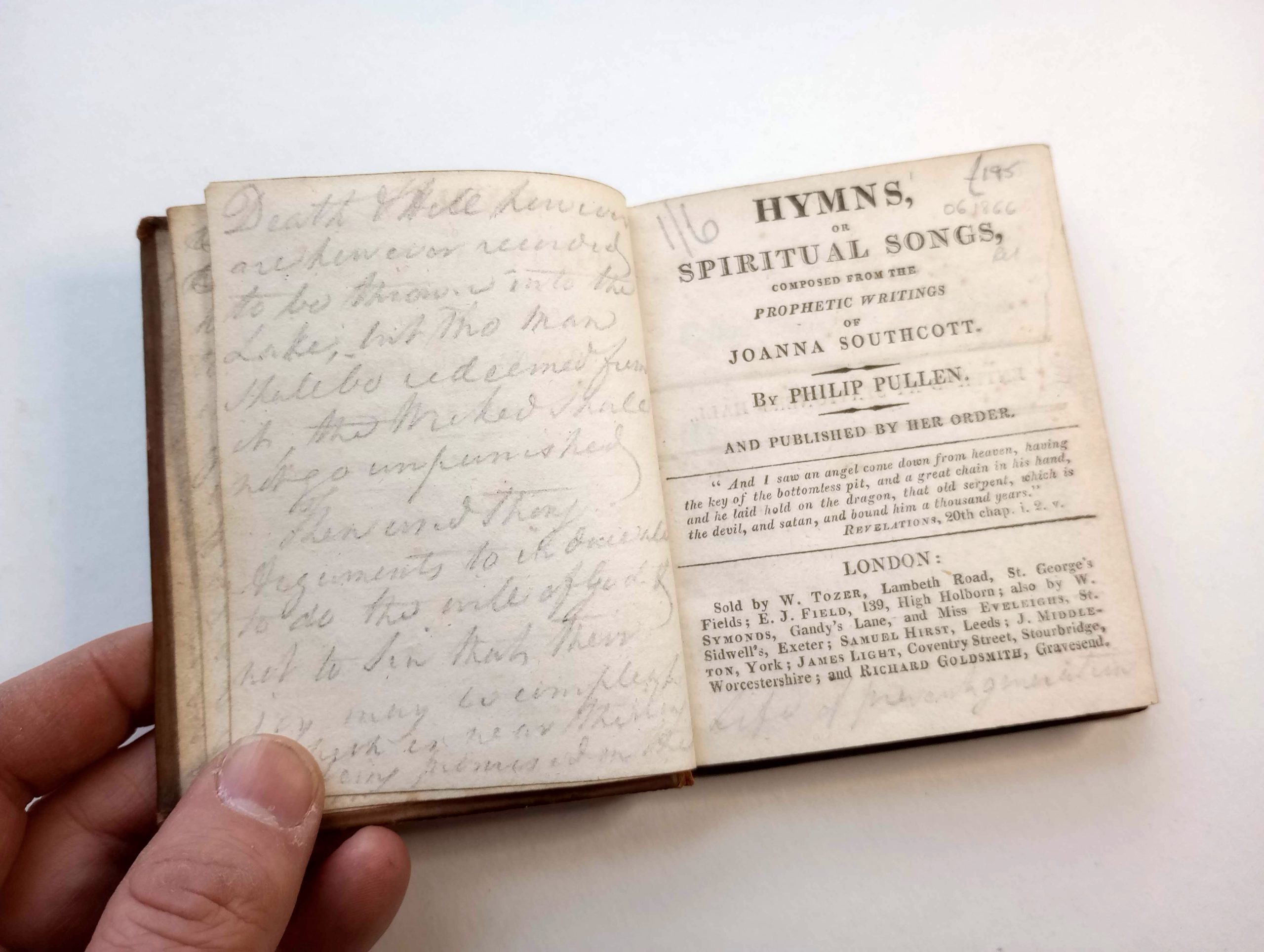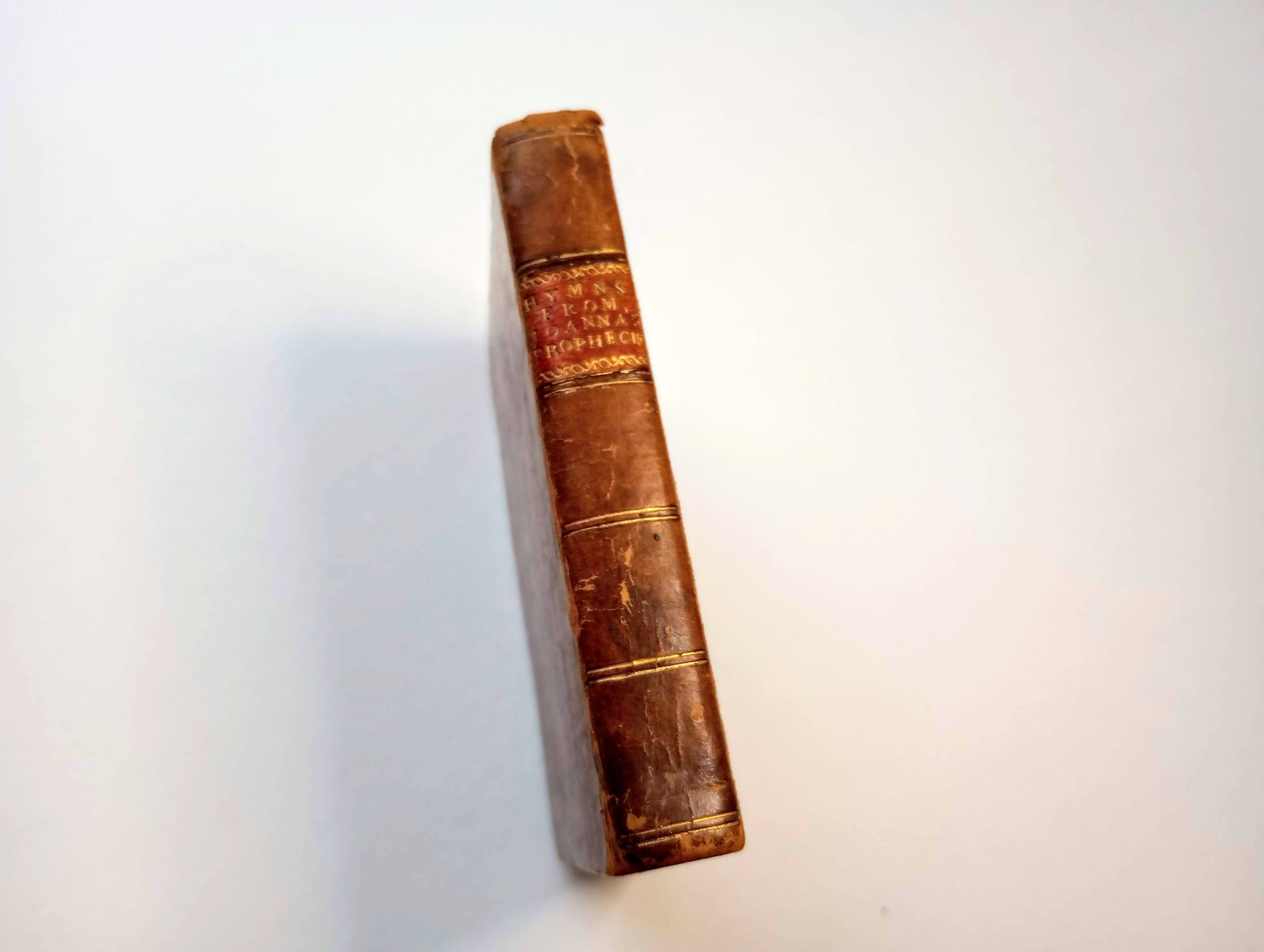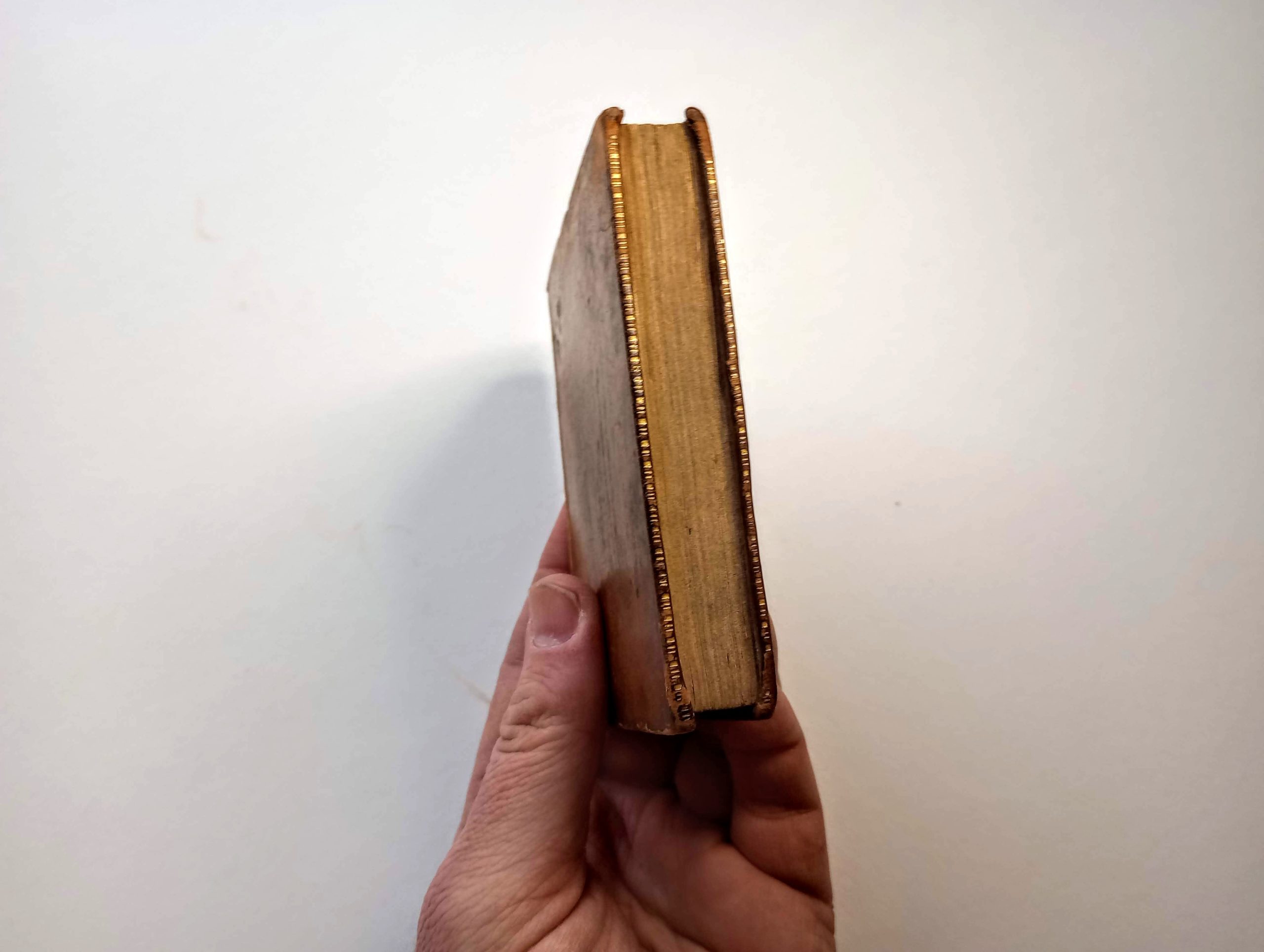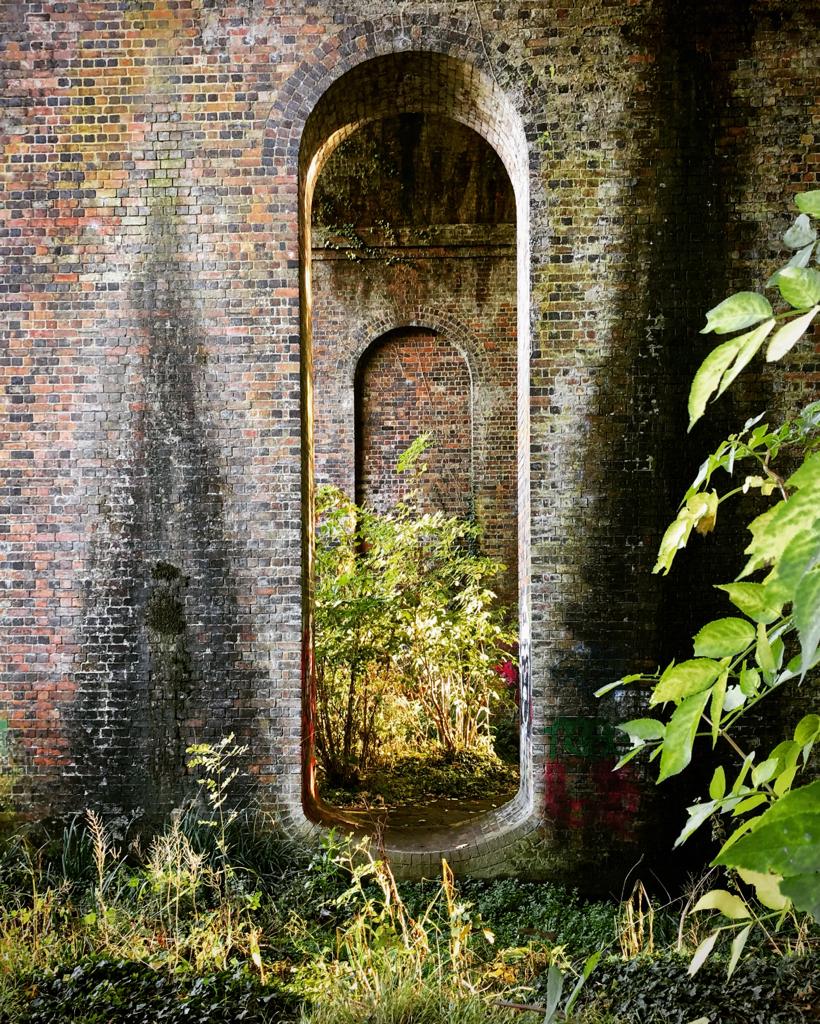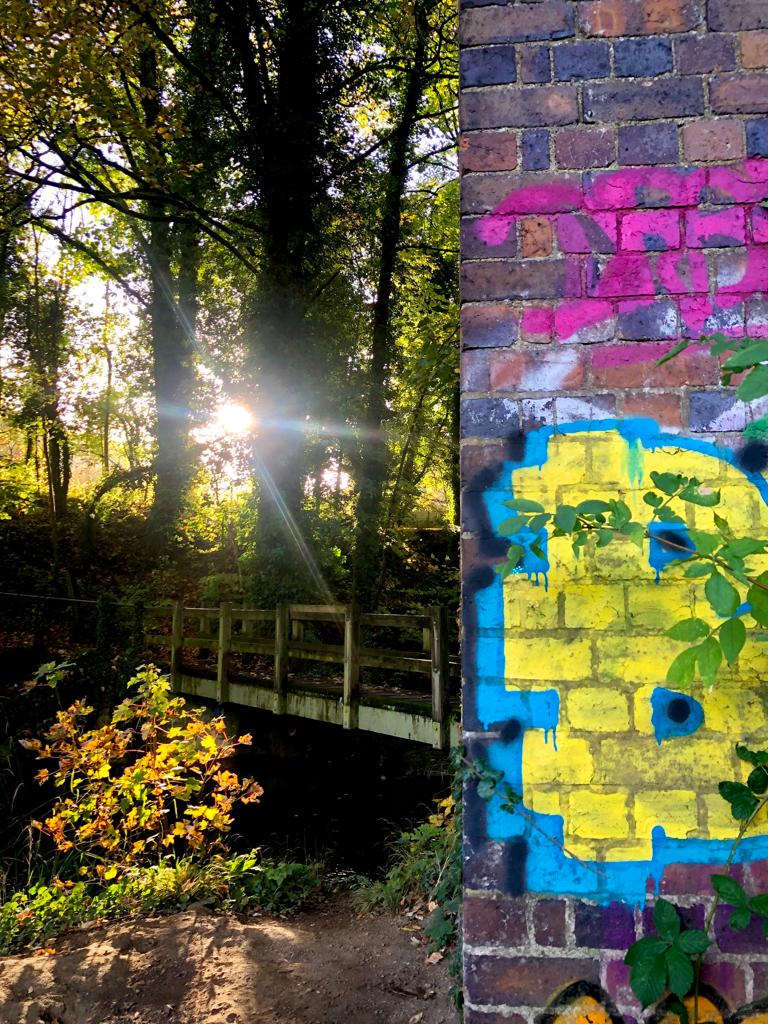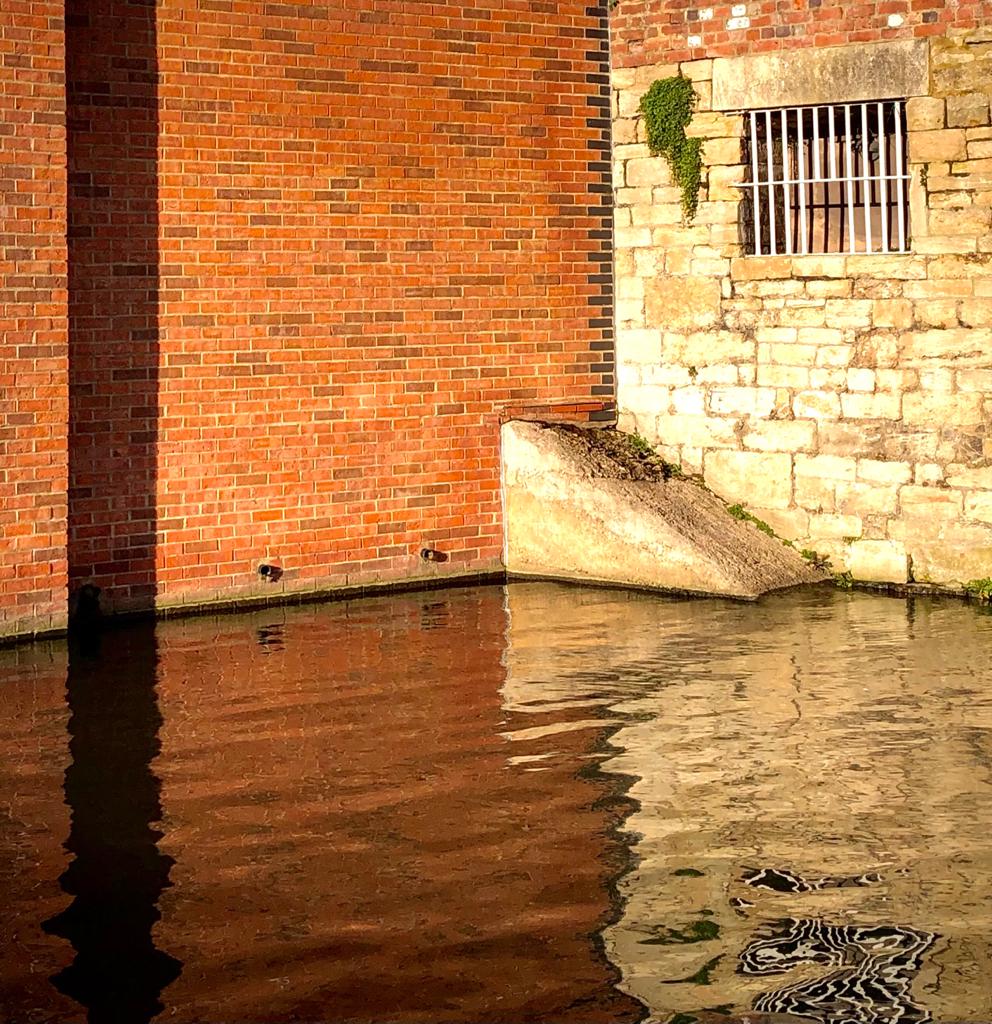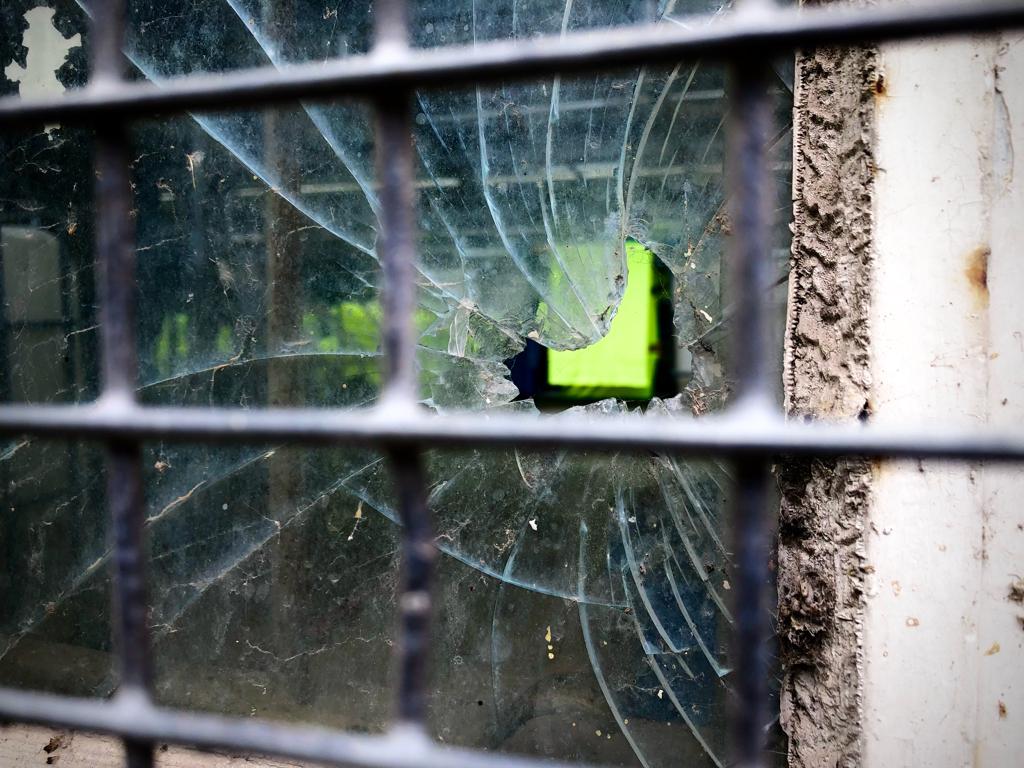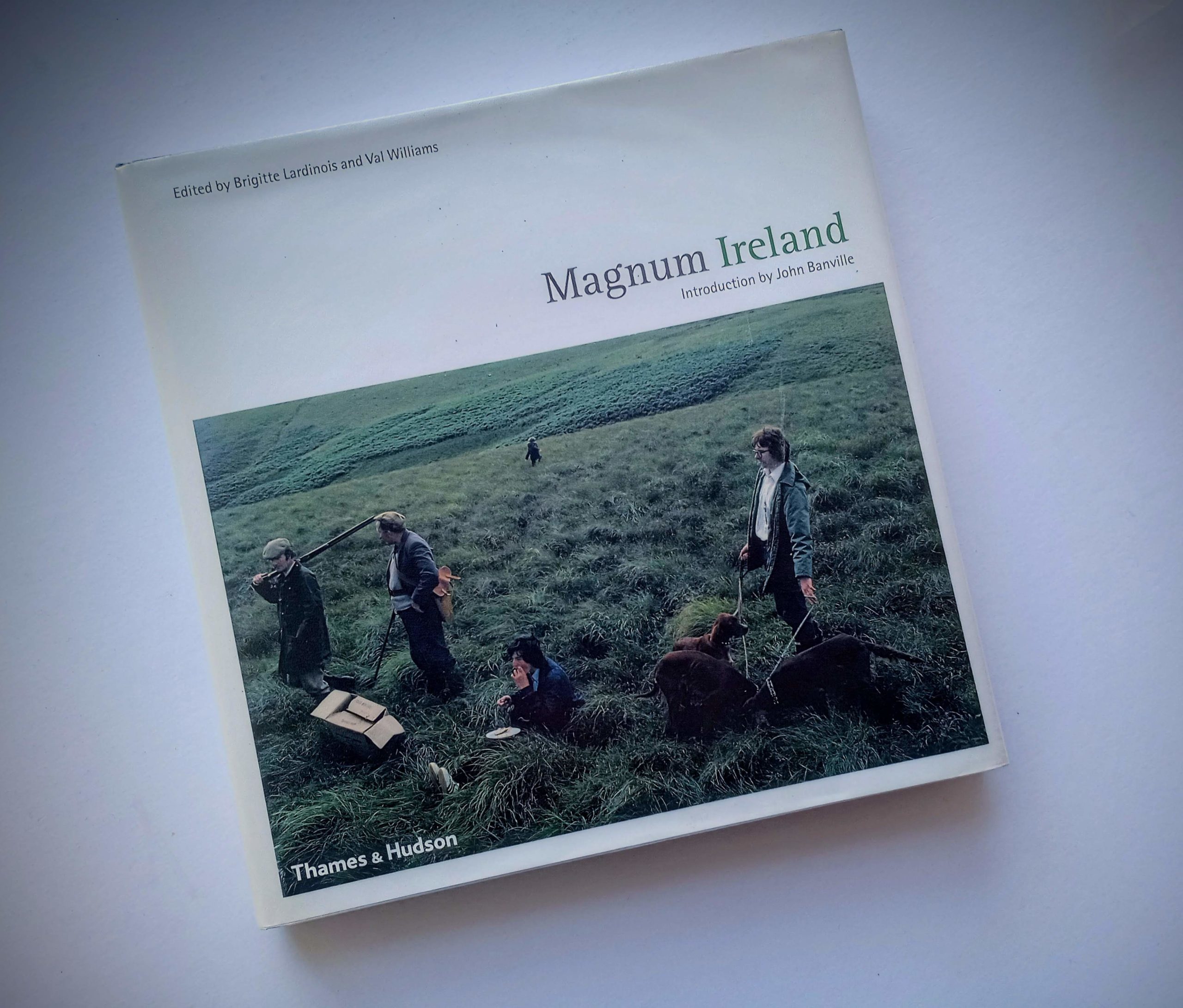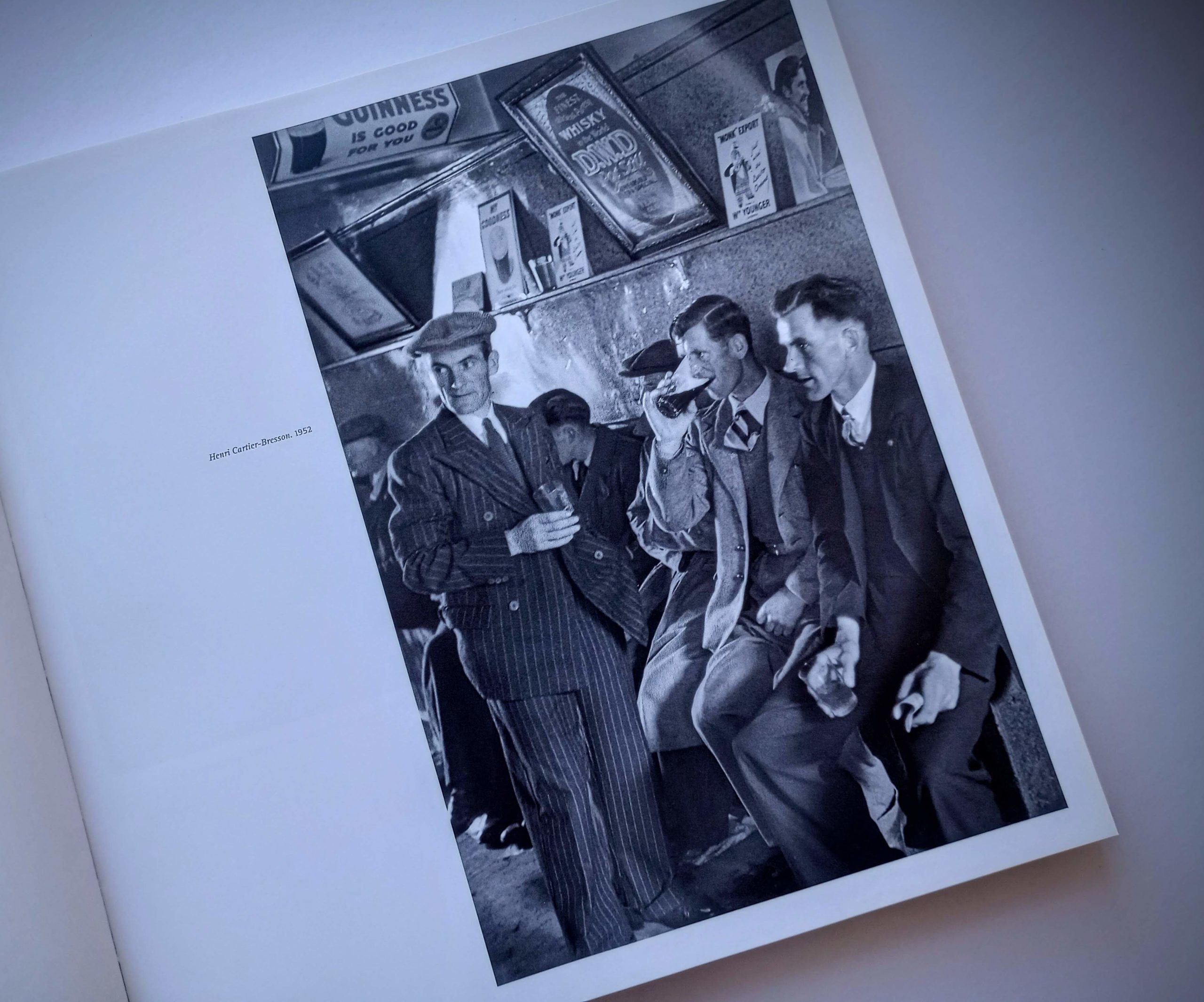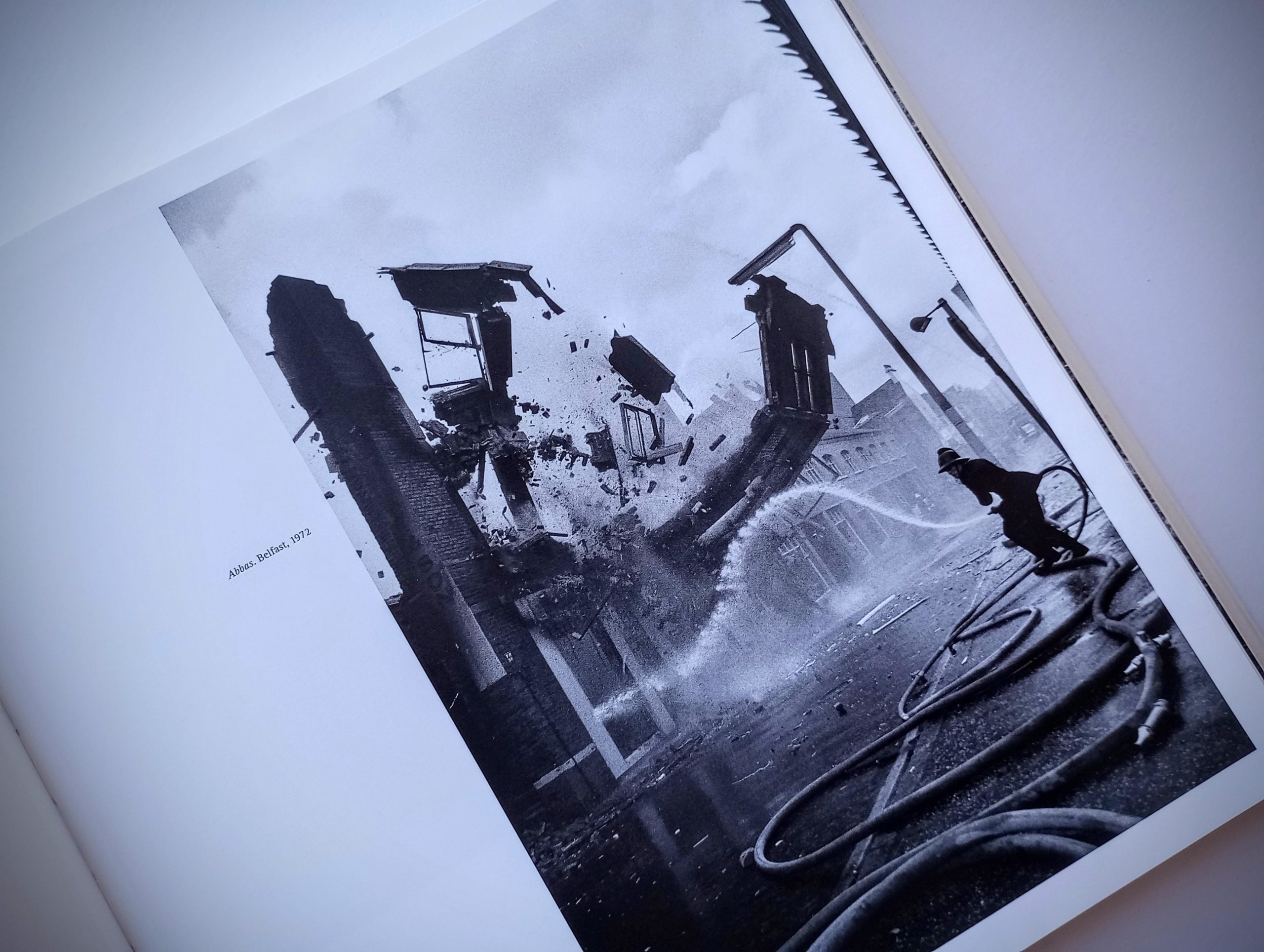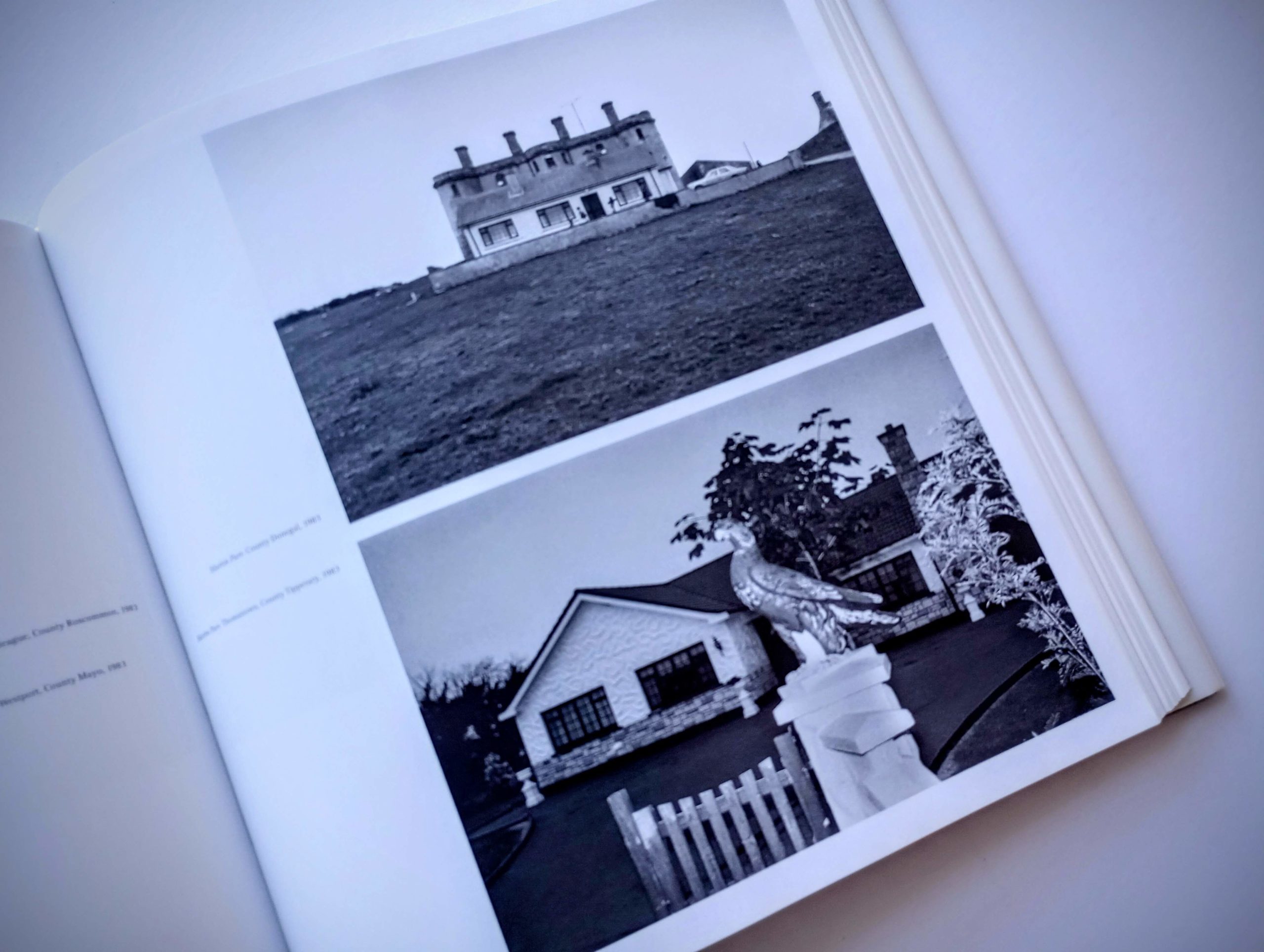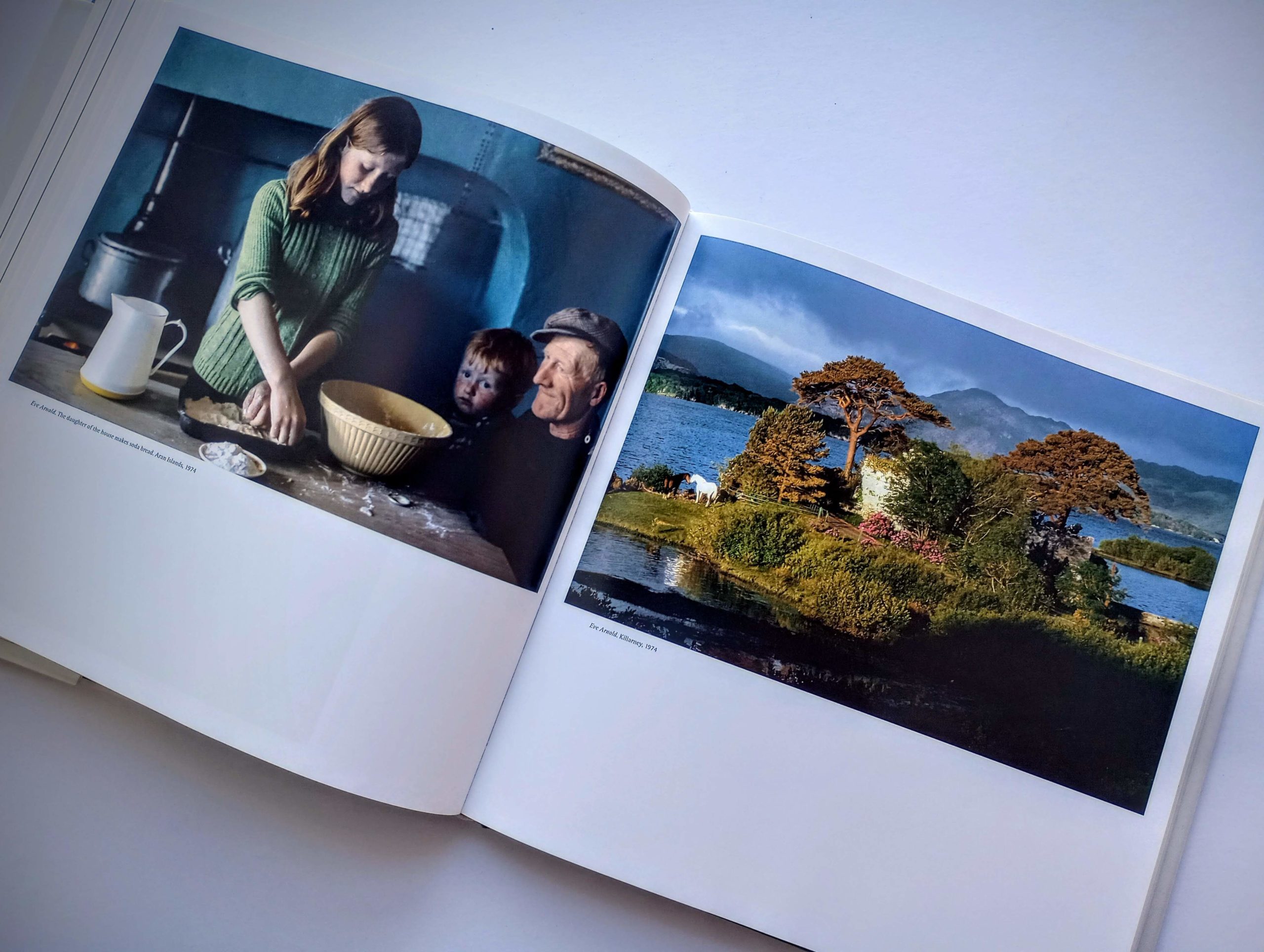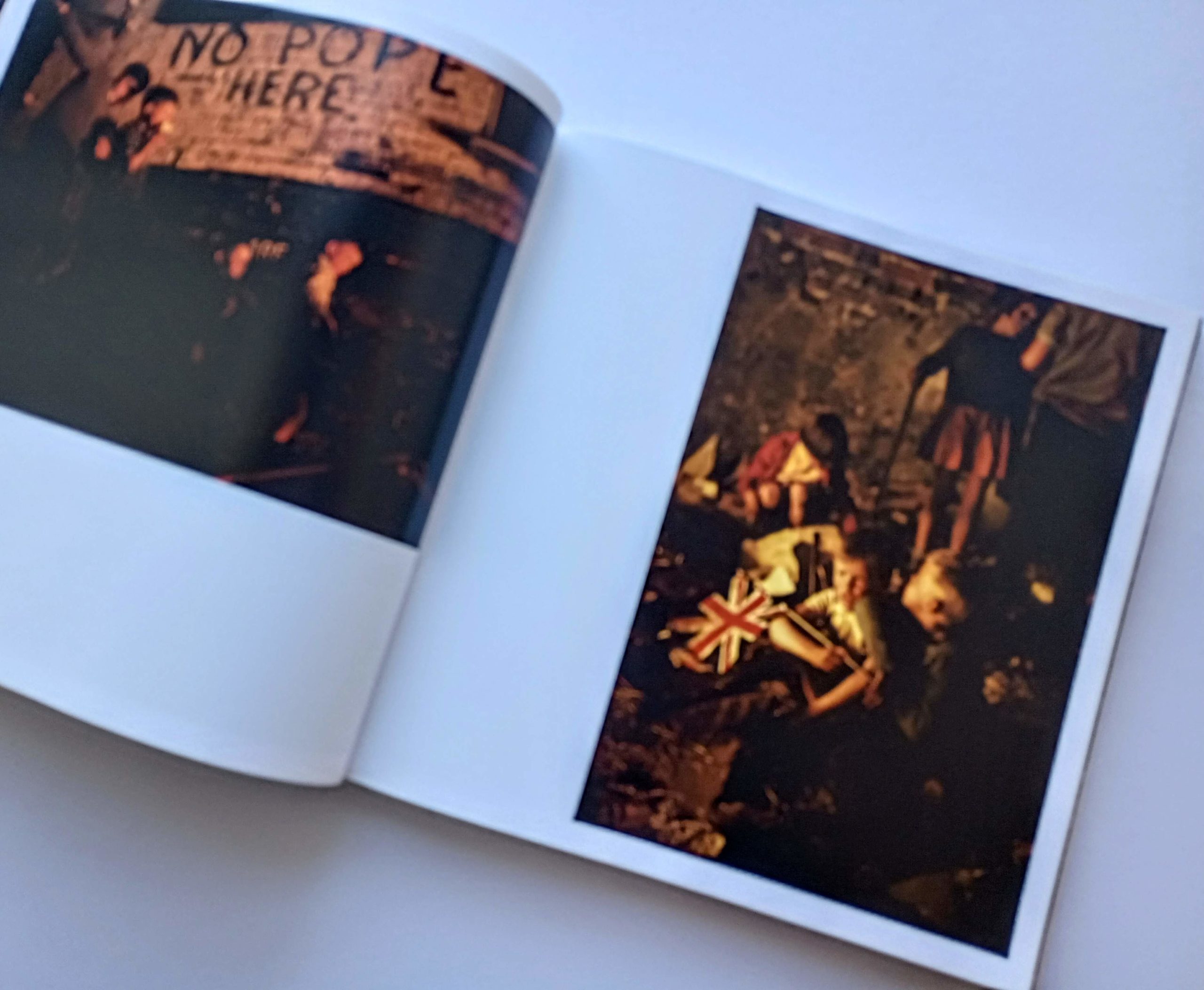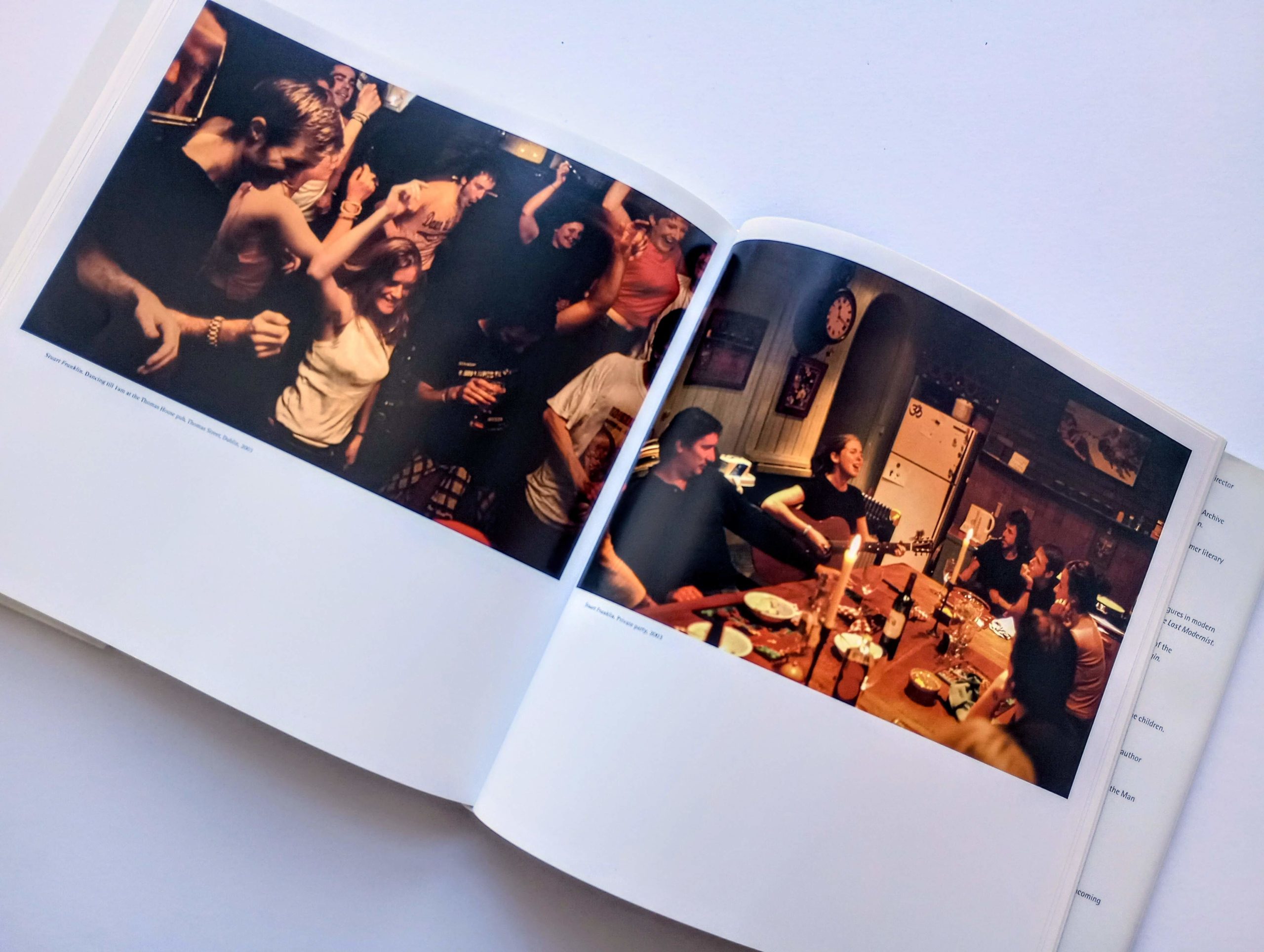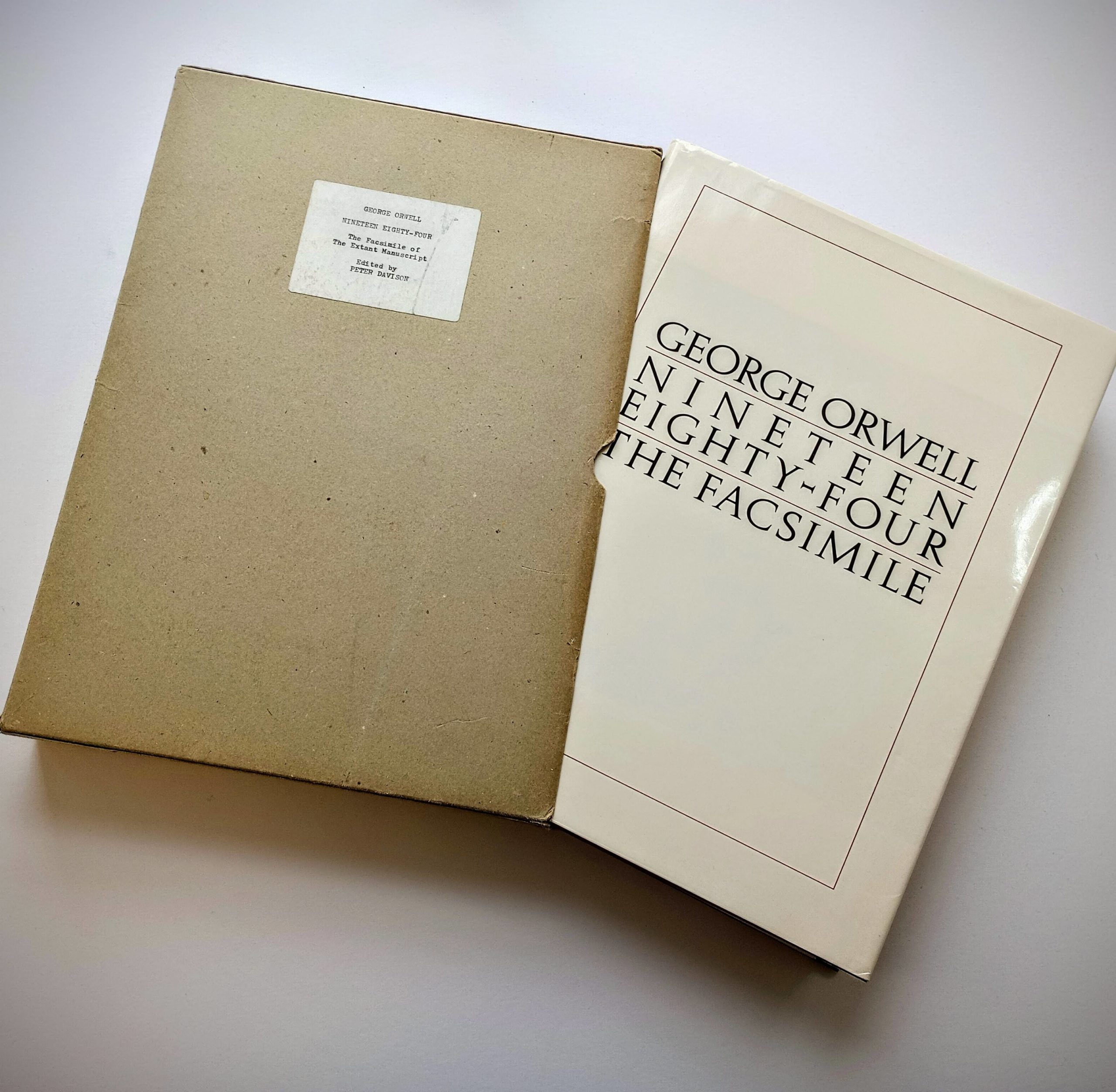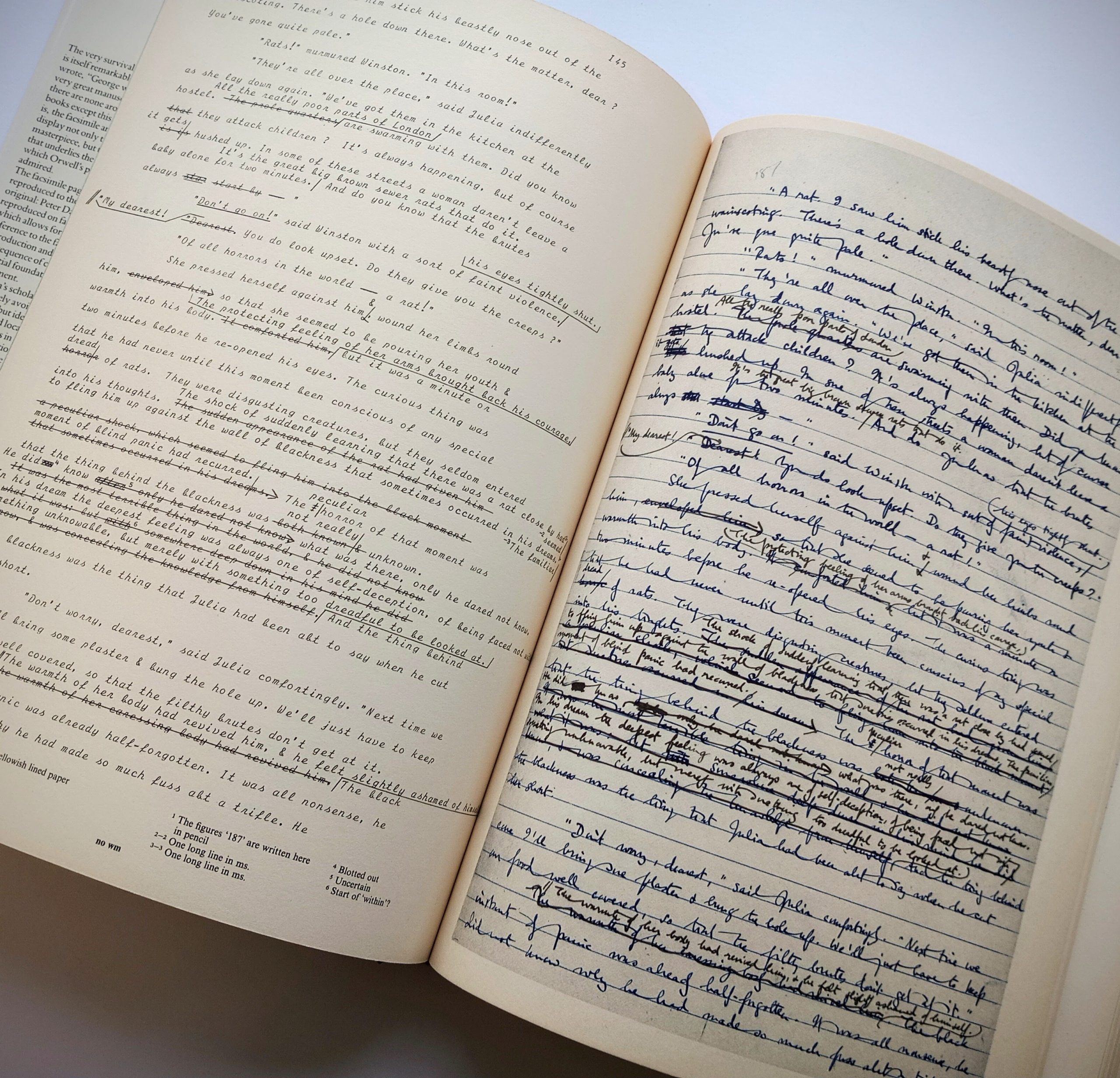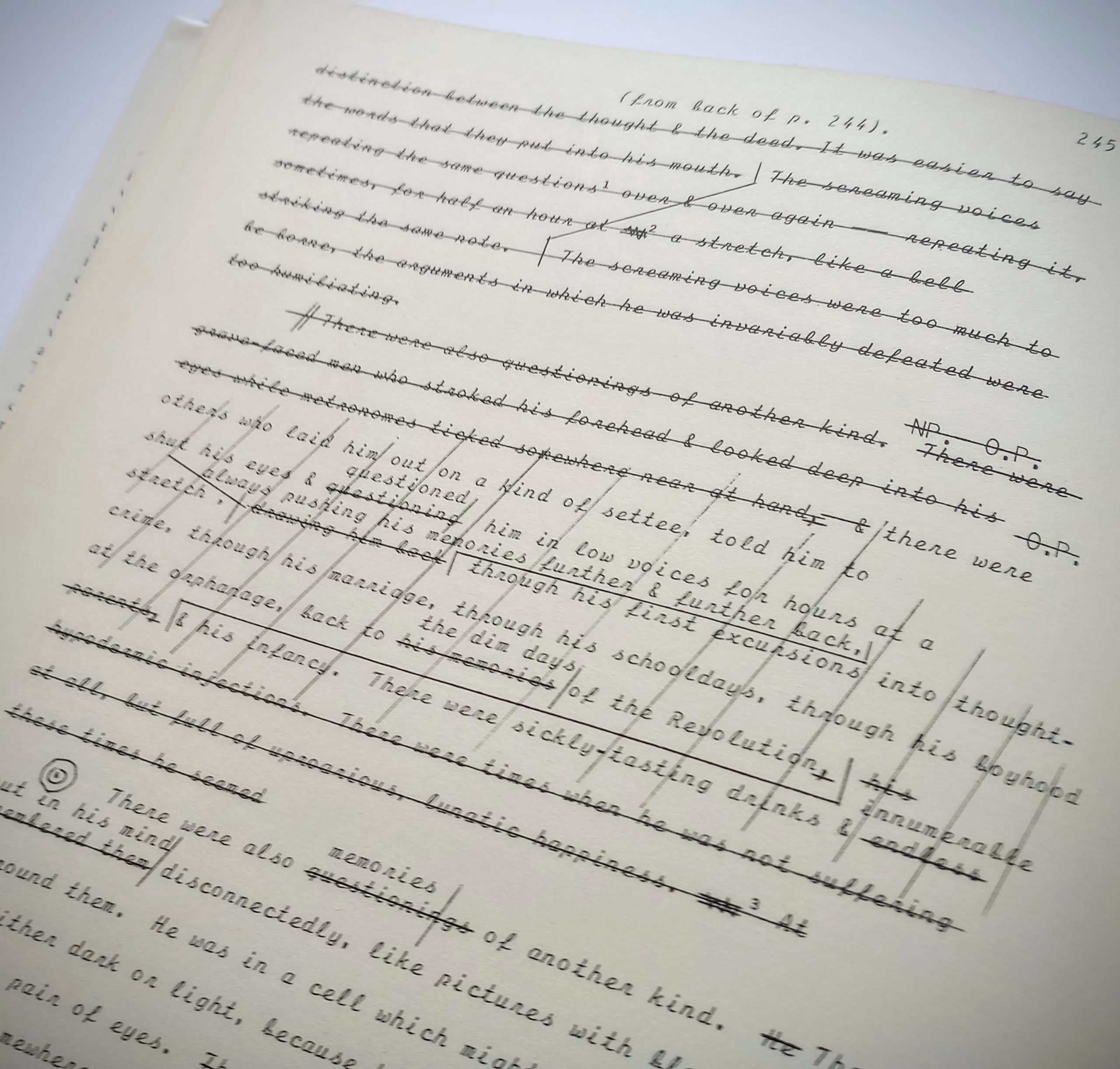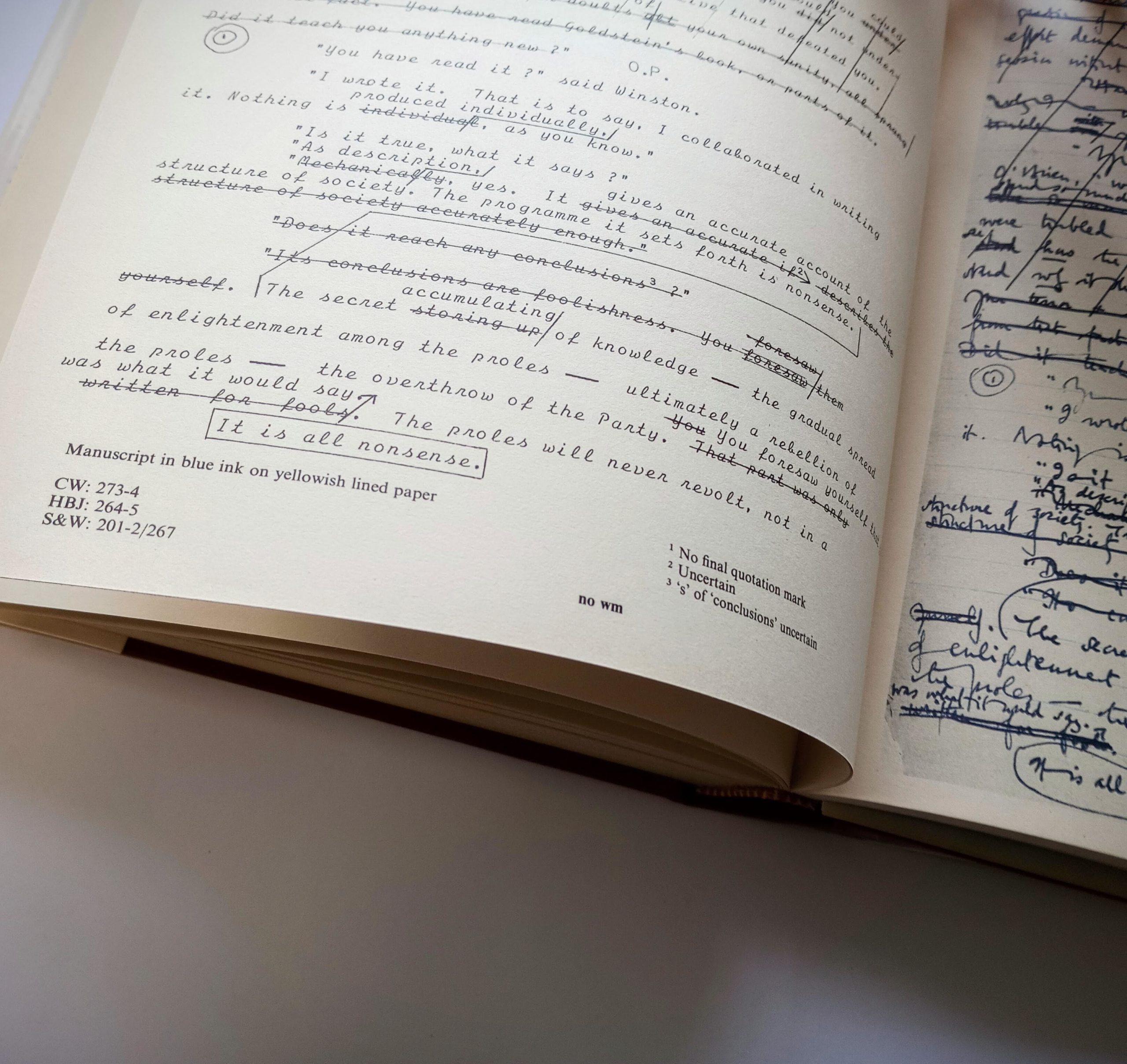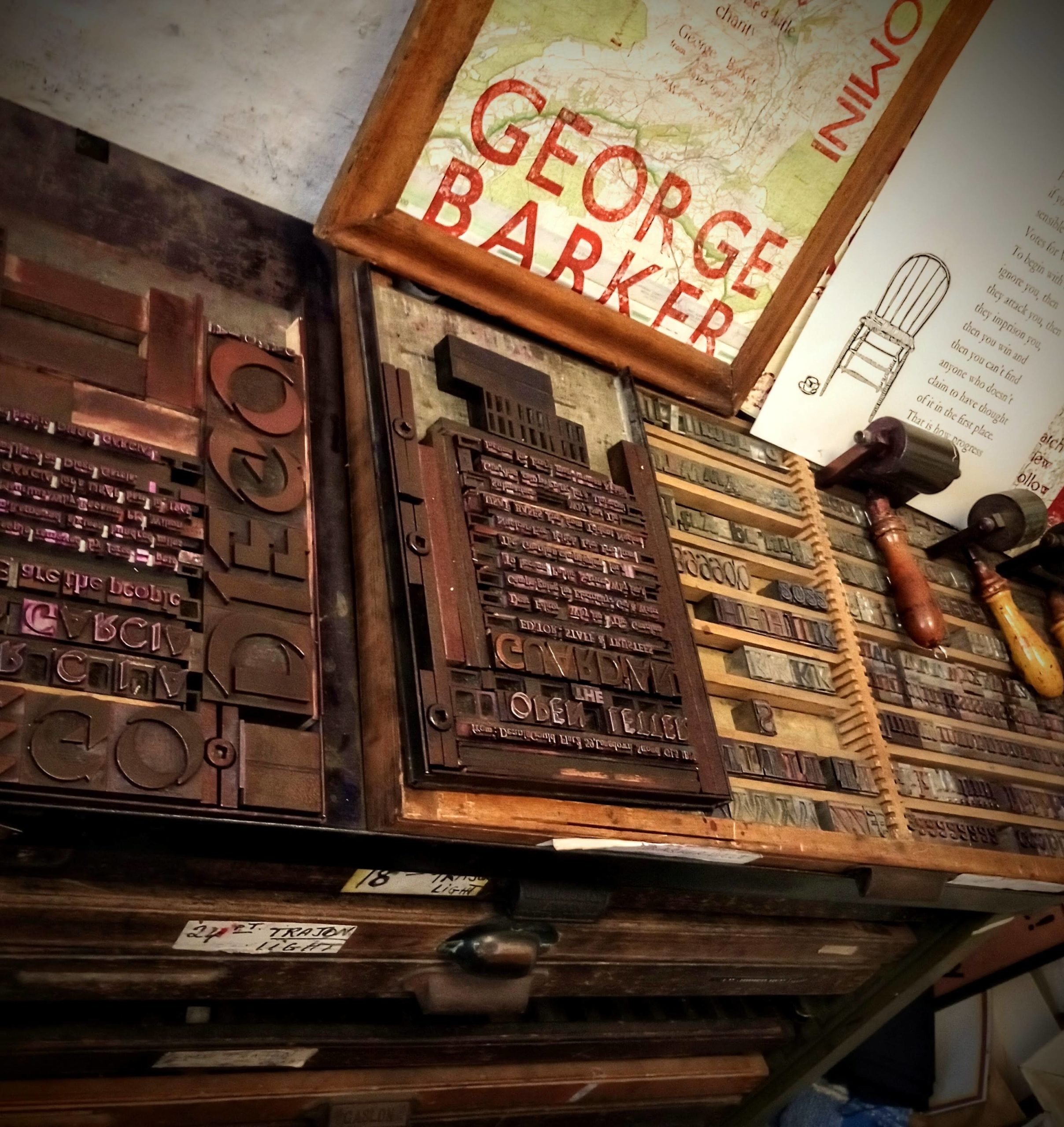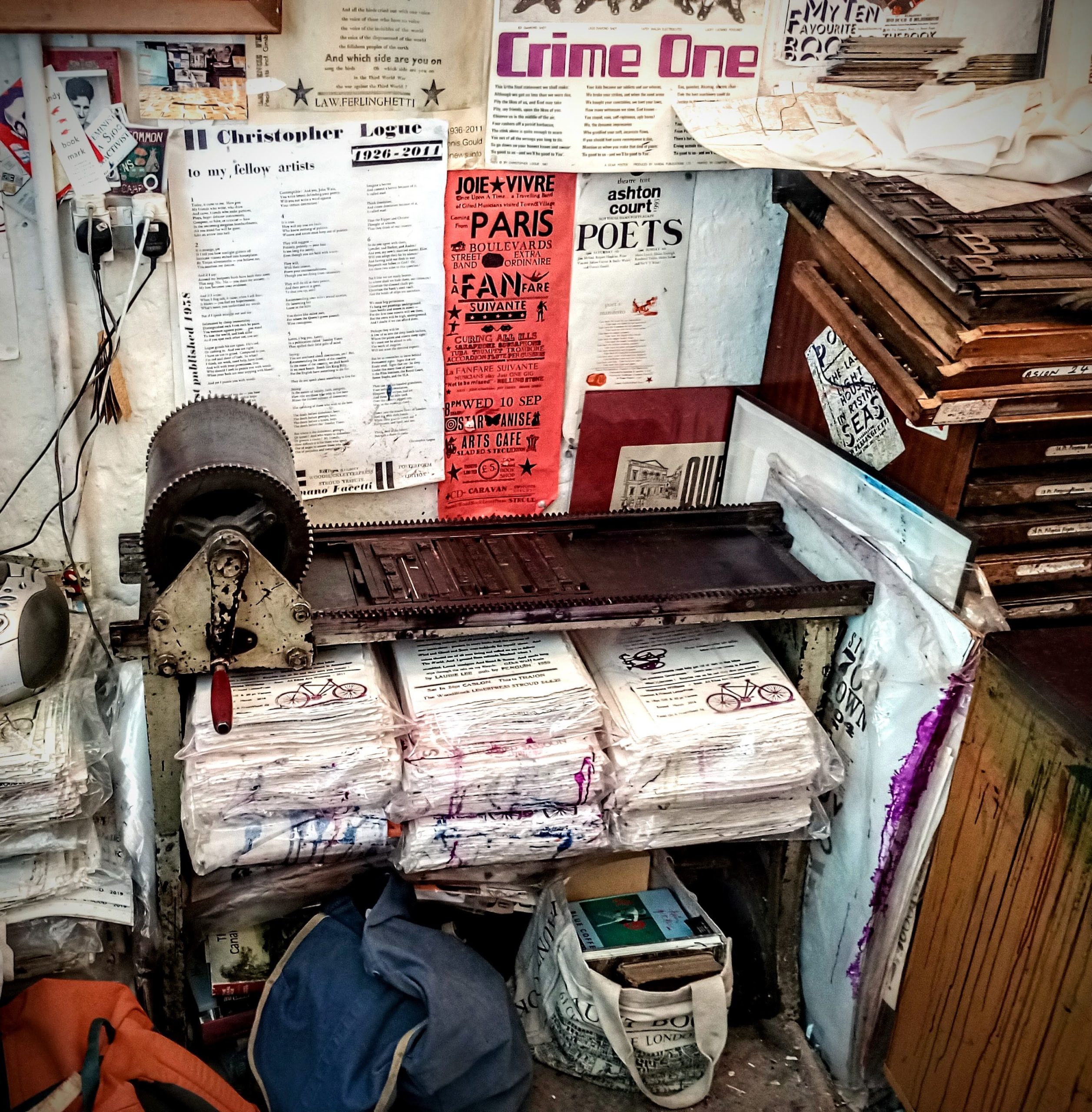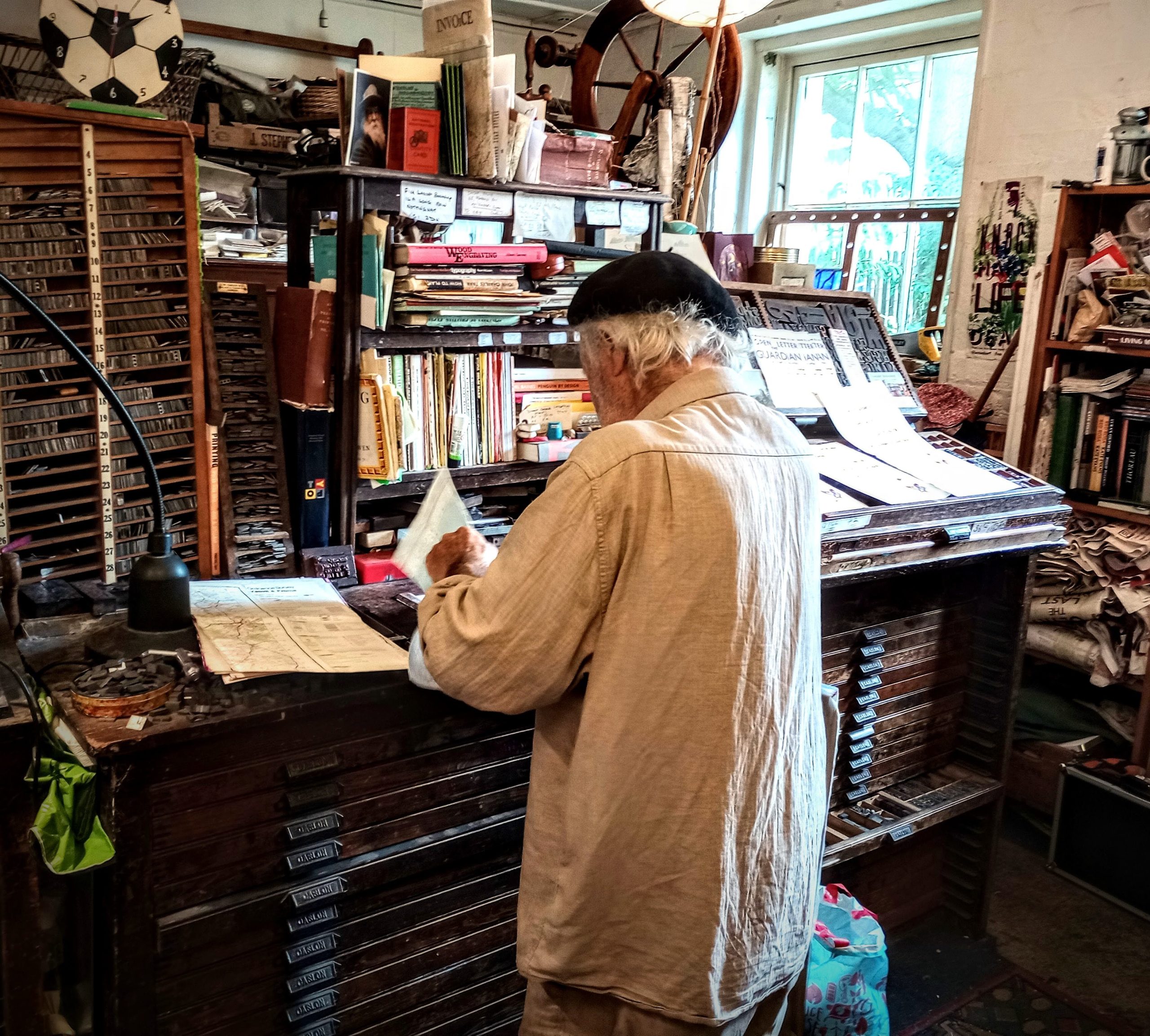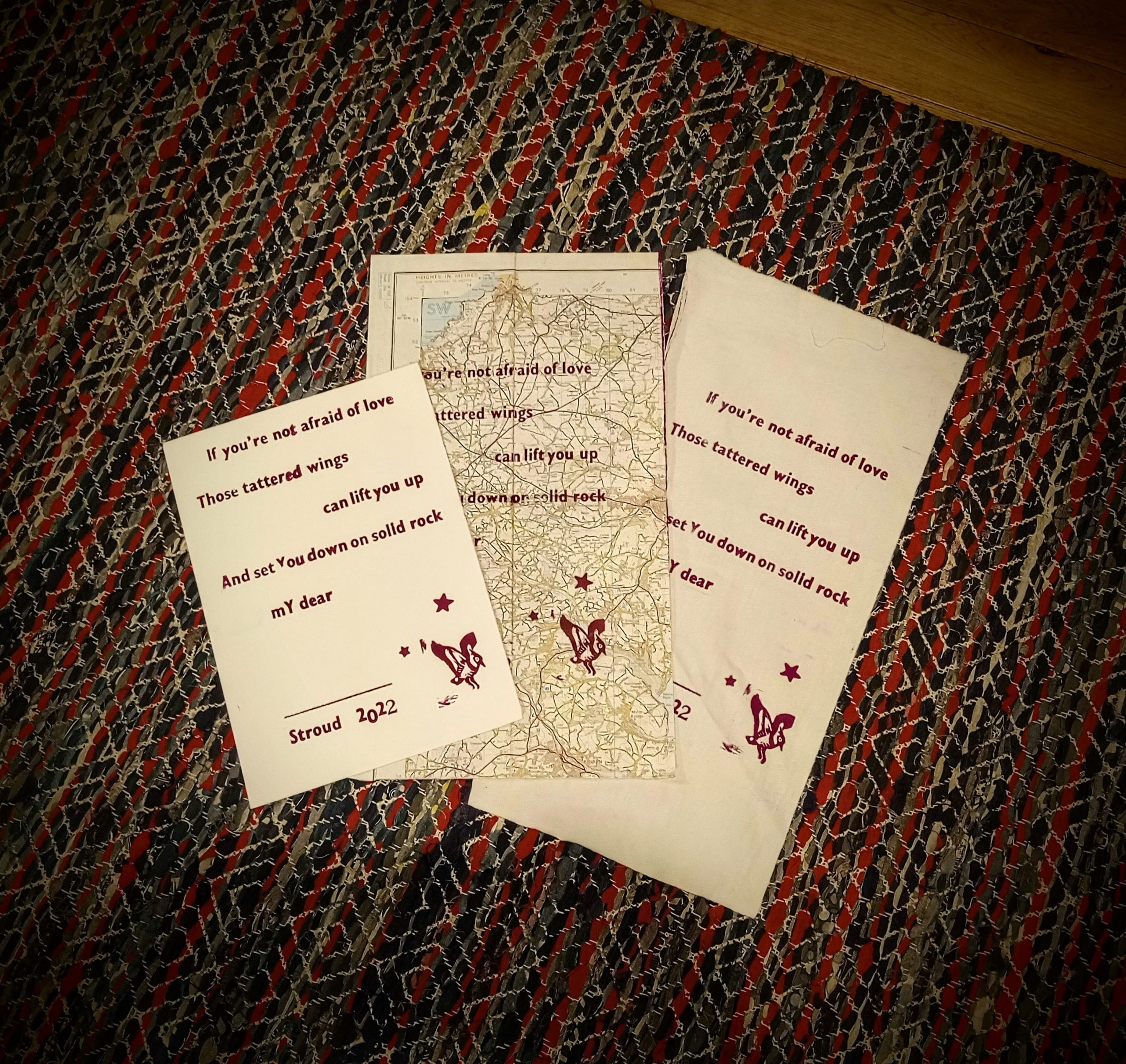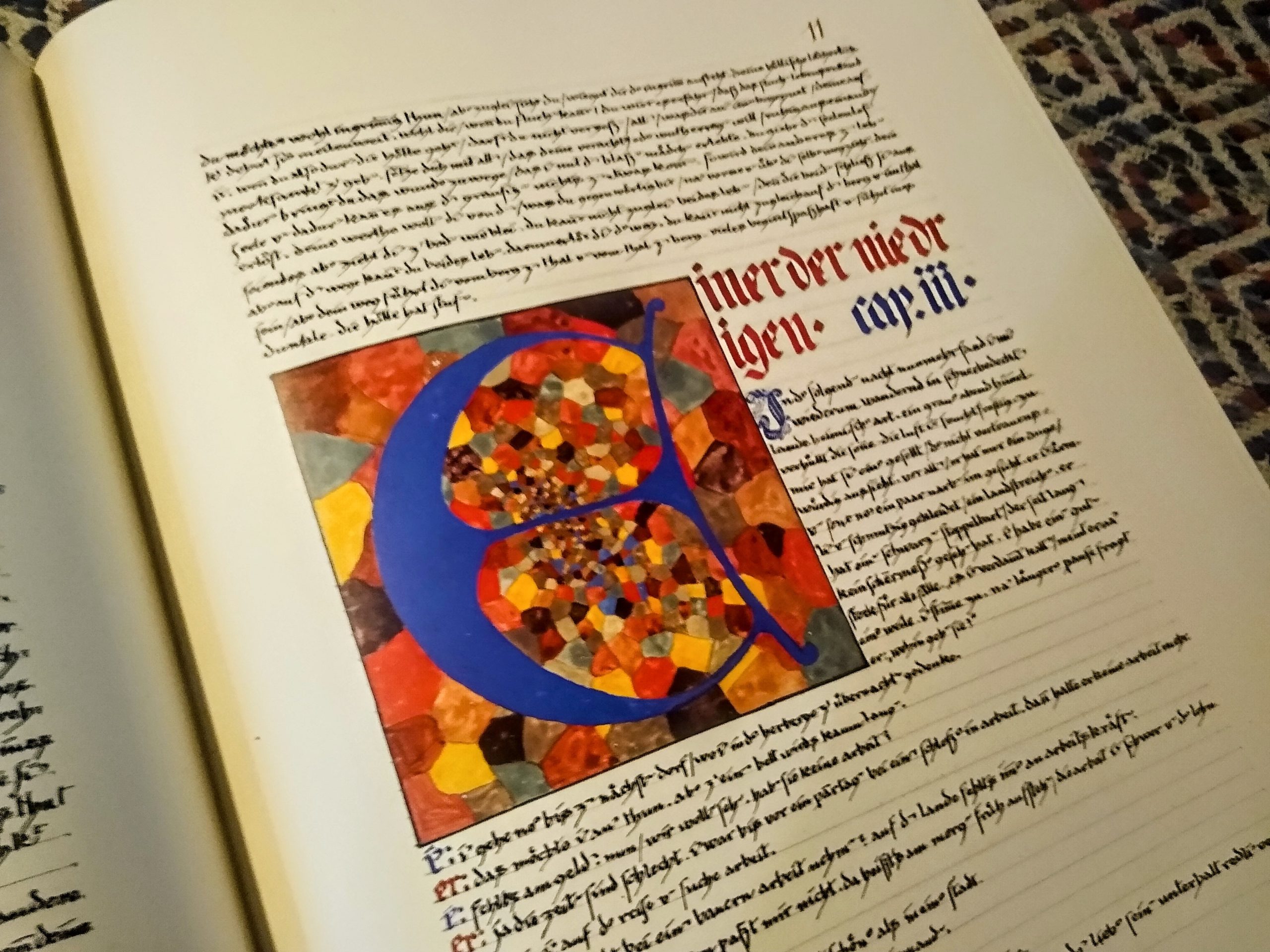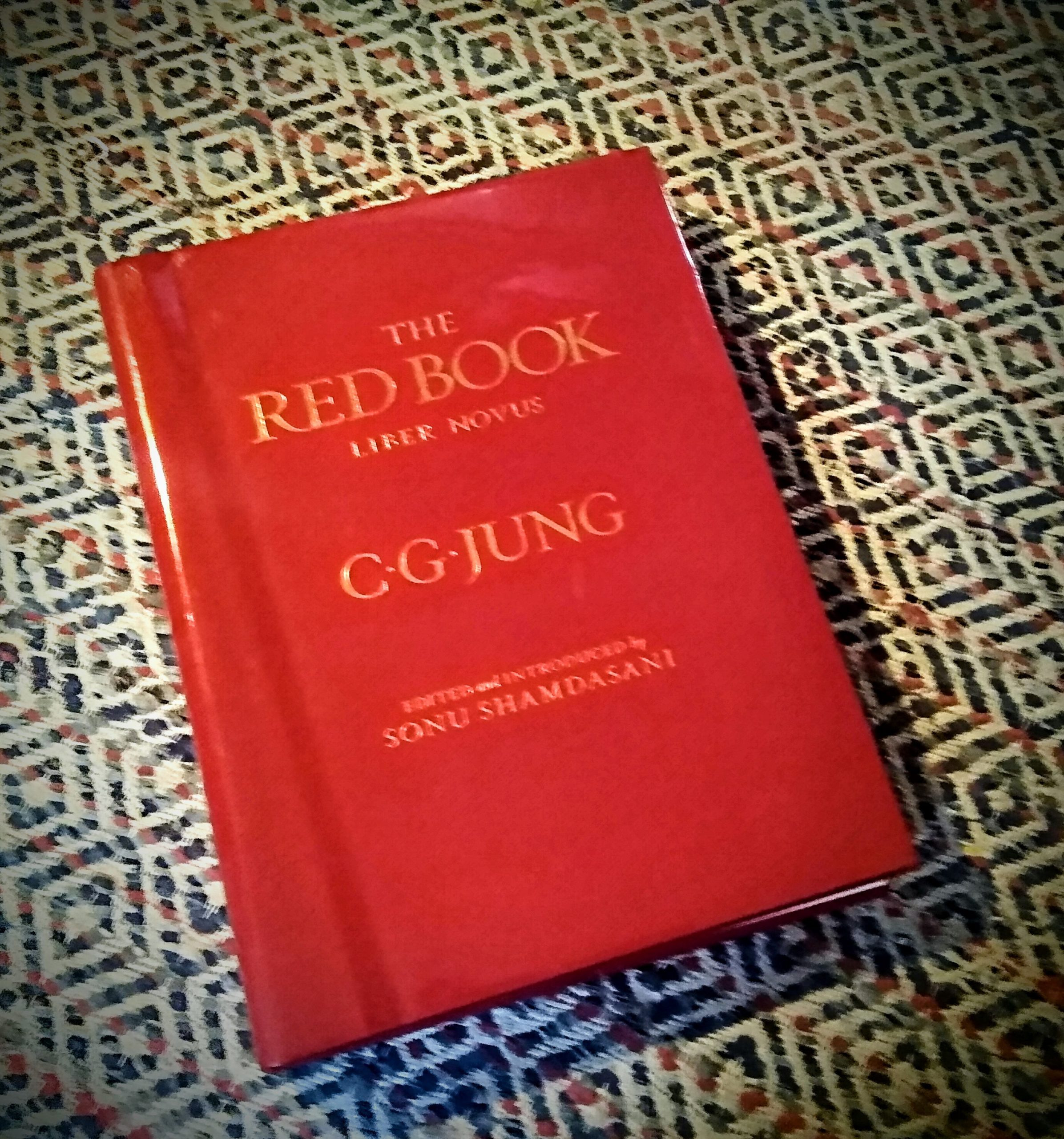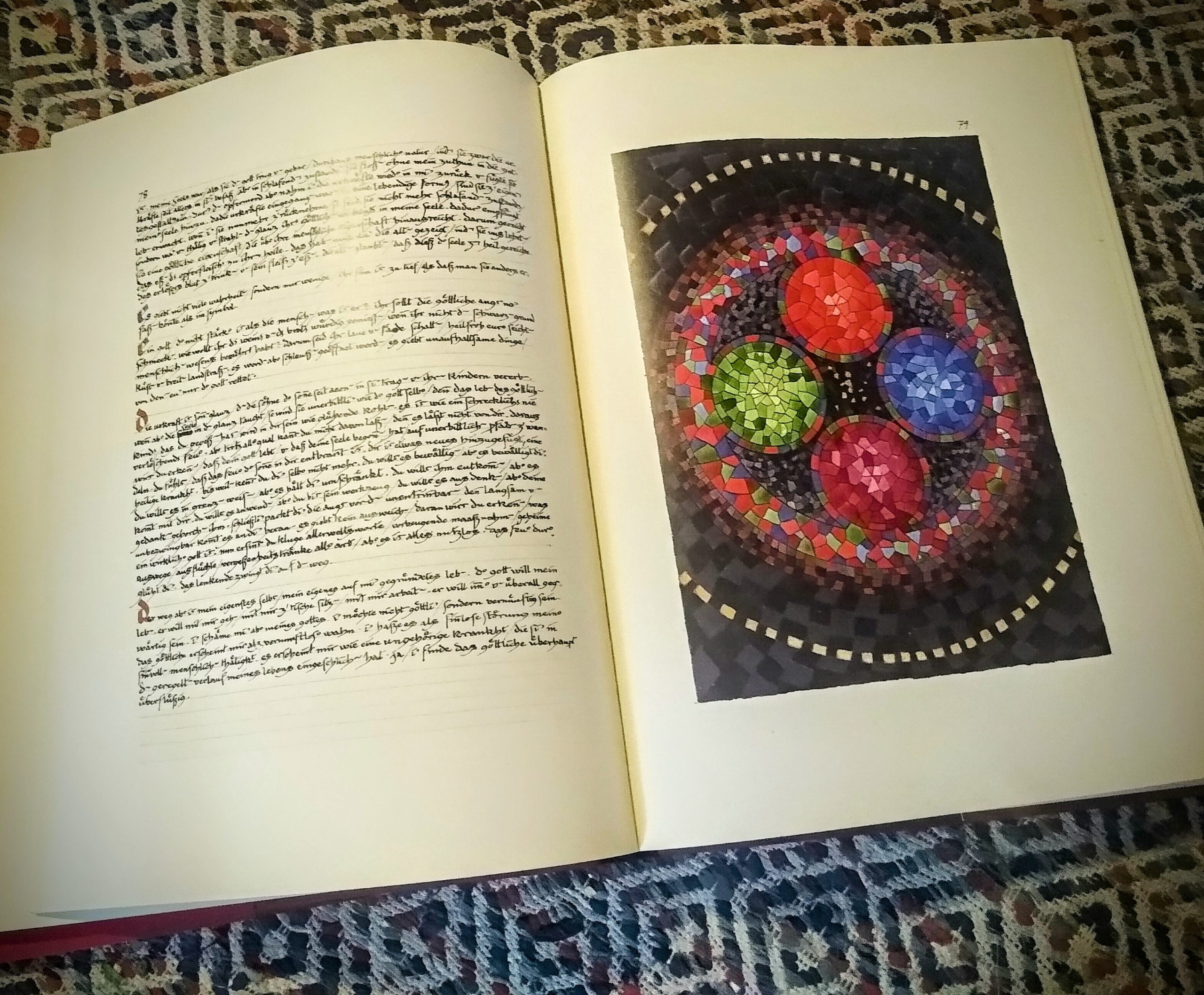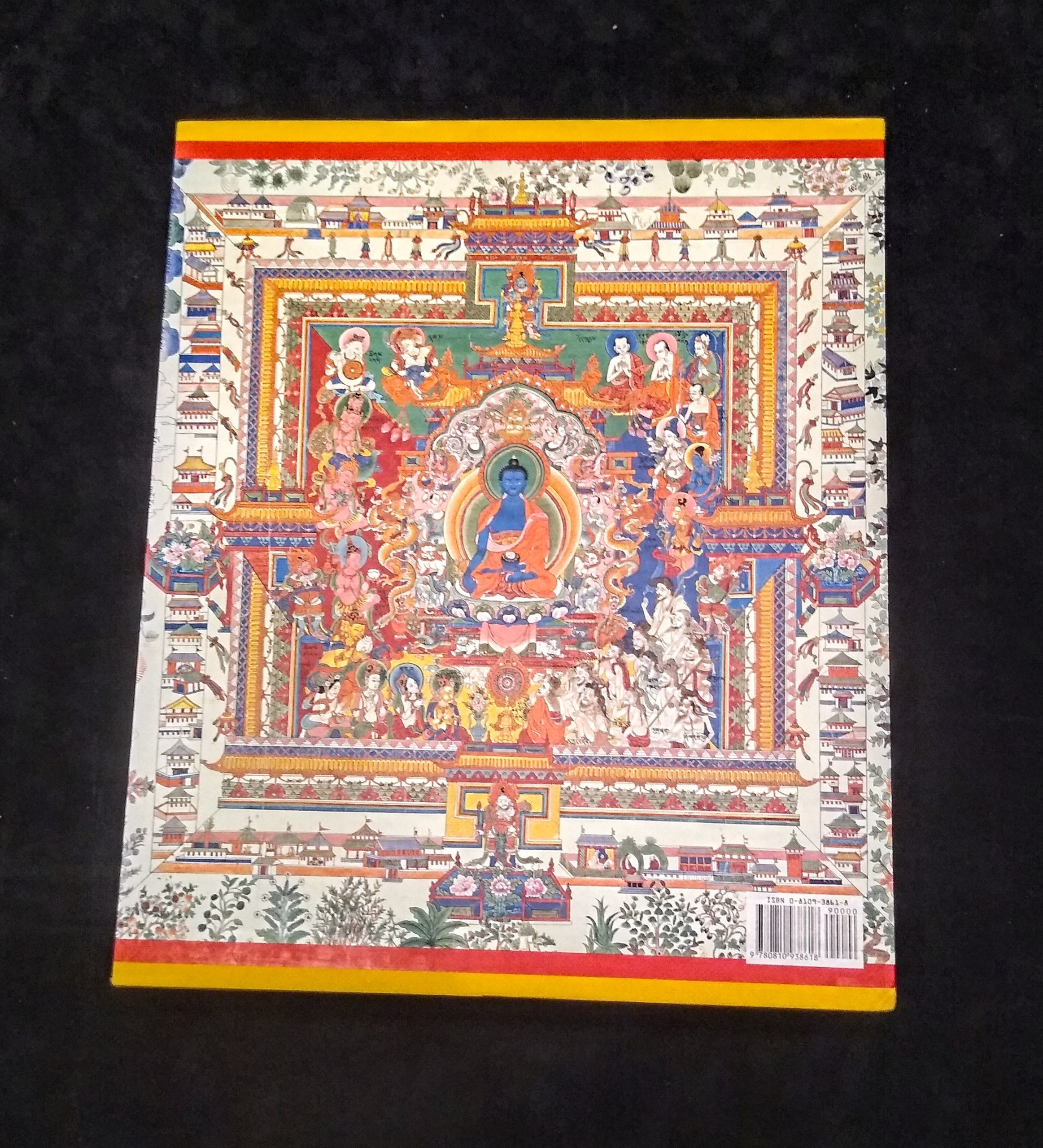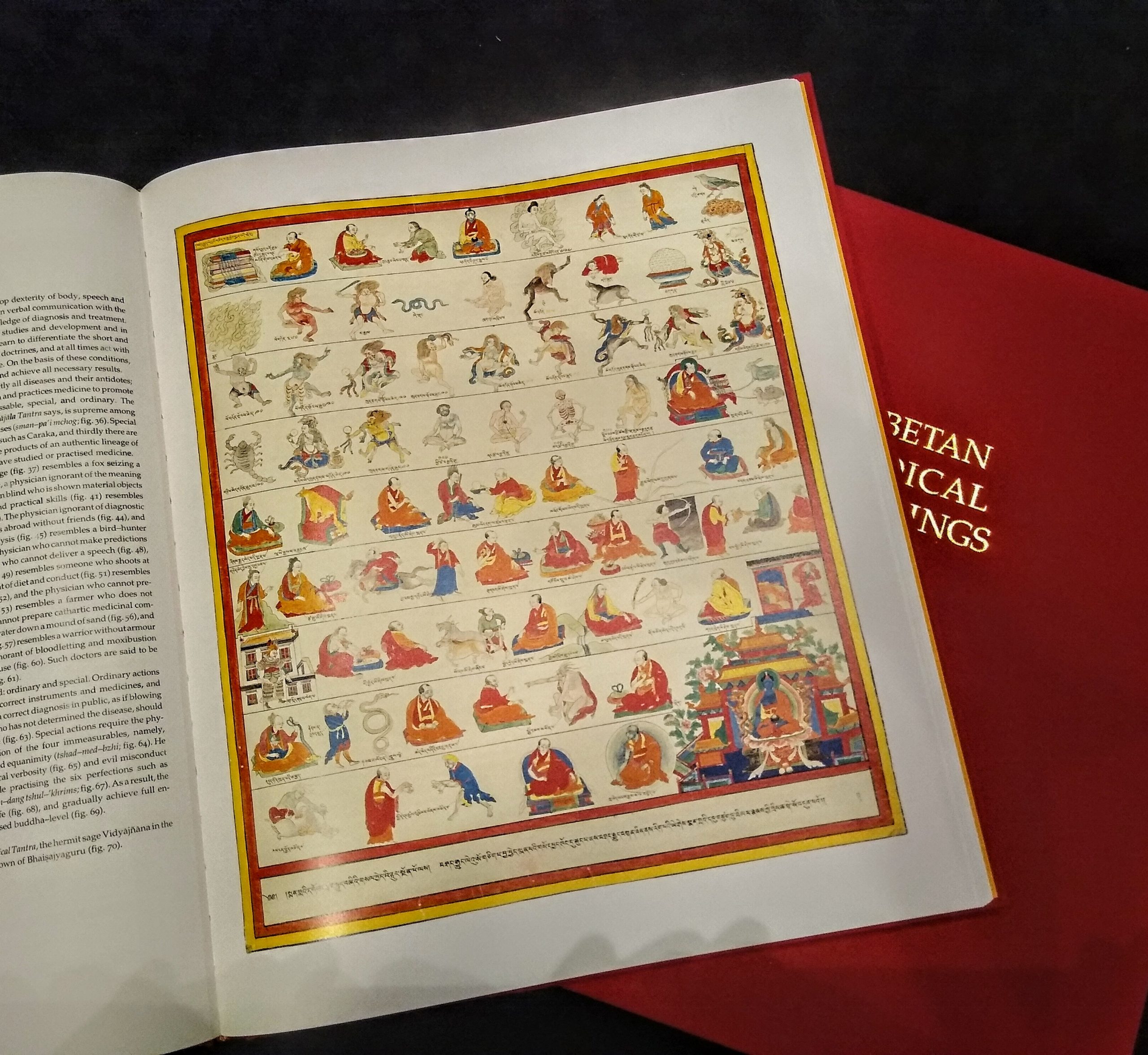Fireside Bookshop's Blog Page
Sign up to our monthly newsletter and receive new on events and gigs we're putting on as well as features on interesting books we have in stock, poems from local poets, bookshop news, offers and other arts, culture and independent retail news from Stroud. It's easy to unsubscribe, we never share your details and we are fully GDPR compliant.
18/03/24 - Fireside Bookshop - Blog Post #14
After a fantastic run of posting our monthly newsletter without fail I've then missed three in a row! I think this is a reflection of how busy we were over Christmas both in terms of selling and buying books. It has been a tough period of time for many in retail, as it has in the wider world, as people's spending power is squeezed and we seem to lurch from one crisis to another. It was heartening therefore to feel that the messages that have been being promoted around buying locally and from independent shops and businesses at Christmas seem to be taking hold in Stroud at least. We had lots of people coming into the shop saying they were trying to do all of their shopping locally and steering away from the online giants. This approach certainly keeps more money in our local communities and ensures less goes out into the ether via complex tax arrangements. Having a town centre full of vibrant busy independent and family run businesses helps us all. So a big thank you to everyone who has supported us over the last twelve months or so.
Books are tactile objects and secondhand and antiquarian ones in particular are fascinating as they show the journey they have been on, sometimes carrying marks of previous owners and holding fascinating glimpses of the lives of others tucked within the pages. Whilst selling books online is a big part of our business, people being able to come in and look at our books, to see them and feel them in a nice and welcoming space is what we love best. In this extract from this month's newlsetter I talk about the new cabinet we've got displaying some of our more collecatble books and take a brief look at what lies within. If you'd like to sign up to the newsletter you can do so at the top, it's once a month and easy to unsubscribe if it's not for you!
*The layout is different in the newsletter compared to this blog and the images aren't embedded in the text in the same way, but you can scroll through them as you read on the left*
Book Look - In this section I often select one book from our stock and look at in more detail. This month I’m going to look at a whole section in a more general way. The antiquarian and collectable section is next to the counter and until recently has been homed in a normal bookcase. We have however always wanted to put at least part of it in a lovely wooden display cabinet that we’ve had for years. The challenge was finding the time work out how we’d install it. In the post Christmas lull we’ve found time to move the counter forward a bit, affording us more space and also allowing us to install the cabinet complete with new interior light!
We’ve put lots of lovely books inside and we think it showcases them rather well. You are welcome to look at anything inside the cabinet and with books in there starting from £40 or sometimes less you don’t have to be a millionaire to start your own collection or buy a special gift for a loved one. Here are a few things I’ve picked out from the cabinet!
First up we have two copies of the same book. ‘A Writers Diary’ is a collection of entries from Virginia Woolf’s diaries as compiled by her husband Leonard Woolf. He compiled the book hoping to shed light on her creative process and by all accounts it’s a fascinating and compelling read. The cover art is by none other than Virginia Woolf’s sister Vanessa Bell and the dust jackets of these two books are both still bright and vibrant, wearing the patina of age well. One is a first edition the other is not.
Below we have a selection of Woolf’s well known titles from the Hogarth Press. The covers are fairly plain but they look good on the shelf and would make a great present for the Woolf fan in your life.
Next we have the two most famous works from another towering figure of literature. The cover of the Doors of Perception is another that is very bright and in great condition considering it was printed in 1954. As a piece of cover art it really seems to draw a lot of people over to the cabinet and is a testament to the importance of good design. This is the second impression of the first edition. Given the current resurgence of interest in psychedelic substances as therapeutic or positive life changing agents, I’m sure this book is being re-read by many. Huxley’s experiences with mescaline were of much interest to many participants in the sixties counter-culture movement, but ultimately as the sun set on the summer of love, and in the words of Hunter S. Thompson ‘The wave finally broke, and rolled back’, the book was banished to the sidelines. It never truly went away, I saw many a copy adorning the shelves in university halls in the early 2000s, perhaps it’s time has come again!
Another book that needs no introduction. I read this years ago as a young adult but I don’t think I appreciated at the time how different this book must have felt to many readers in the mid 1940s to early 1950s. Holden Caulfield’s confused and disillusioned railings against the world became part of the blueprint for modern American fiction and although divisive it has certainly outlasted many other great American novels in terms of influence.
This copy is a first UK edition and would make a great present for any enthusiast of modern American literature.
Children’s books are perhaps less likely than others to escape the ravages of time. As the father of five and two year old boys I can attest to the fact that young children aren’t always the most delicate of souls when it comes to handling books, but I’d far rather that than be too precious about such things and risk them not involving books in their daily adventures and escapades. The above makes it all the more satisfying however when you do come across some classic children’s books in really nice condition. Here we see a first edition of Marmalade: The Frisky Housewife by Kathleen Hale that has been very well looked after allowing the wonderfully characterful illustrations to leap from the page. I never read any of the Marmalade books as a child but will try and find a more toddler friendly copy for our two boys as they are both currently animal mad and I think they’d love these stories.
They are also currently both enjoying discovering poetry, with Michael Rosen’s sublimely silly collection ‘Don’t put mustard in the custard’ a particular favourite. Most children seem to love rhyme and poetry and I can’t help but feel we must be doing something wrong as a society to see such early enthusiasm often replaced by indifference by the time young people get into secondary school (I would sadly have included my younger self in this group). There are of course many exceptions and many poets, teachers, parents, adults and young people are doing wonderful things to promote poetry, I hope my two continue to enjoy reading and maybe even writing poems as they grow. I think they’d enjoy some of the poems in a Child’s Garden of Verses although I think I’d be tempted to skip over some of the more moralistic one’s and the one’s that promise a variety ills will befall children who do not tidy their rooms and clean behind their ears etc. It is a beautifully presented book though with some lovely illustrations.
Above is a taster of a few of the other delights we have awaiting you in the cabinet. I may well look and see what else jumps out at me next month! For now though please feel free to pop in and explore for yourself.
17/11/23 - Fireside Bookshop - Blog Post #13
Hello, it feels like winter is finally on it's way here in Stroud, Gloucestershire. In this month's newsletter we talk about events, we have some poetry and general musings about the life of an independent bookseller. Below is an extract where we look at some interesting books we have in stock. You can sign up to receive the whole newsletter at the top of the page.
Book Look - In a world where almost anyone can write almost anything and send it out into the ether with no more effort required than a quick tap of a screen, it is hard to imagine what life must have been like before the printing press. Much of course has been written about the epoch shifting impact of its invention and I don’t intend to add to that here. Over the years we’ve had many great books on all aspects of printing and the history of printing. Stroud itself has a tradition of artisan printing, anyone who has had the pleasure of seeing the wonderful work of our friend Dennis Gould around Stroud will be have seen at least part of this tradition. I however have recently been turning my attention to the past and looking at illuminated manuscripts.
We have a well stocked medieval and ancient history section both in the shop and in our internet stock rooms and amongst this are some great books on illuminated manuscripts. I’ve talked before about how my dream of sitting in the bookshop reading all manner of weighty tomes was quickly dashed when I realised there was no time for such indulgences in shop hours. At home I’m generally wrangling children or juggling other projects so I’ve increasingly found myself enjoying things in a short form that are easy to pick up and put down. I think this is what appeals to me about the books we have on illuminated manuscripts. Whilst there is plenty of depth to delve into, it is also possible just to jump in and marvel at the craftsmanship and beauty.
We have a lot of different people coming into the shop to buy books on the subject. As you’d expect there are those with an interest in history and of course religion but there are also, perhaps unsurprisingly, many artists who are keen to take inspiration from the work. Just today in fact someone came in and bought four books to use for inspiration in an upcoming project. I’ve always been a fan of intricate, detailed and richly coloured paintings and drawings, particularly if there’s a bit of gold leaf involved. Gustav Klimt’s paintings spring to mind when I look at the Book of Kells, it is hard to imagine that the ornate density and rich colours of the Art Nouveau movement owe nothing to the talented scribes of the Middle Ages. William Morris famously continued the tradition of lettering as art in his work and there are doubtless many more examples of modern artists being influenced by the past in this way.
These manuscripts were of course mainly, in Europe at least, produced by monks for the Church or other organs of state. Being able to read was a sign of wealth and status and being able to employ someone with the required skill and resources to produce these ornate and time consuming works precluded all but the most powerful. The richest and most powerful monasteries had large scriptoriums dedicated to this most intense and time consuming form of work. The stunning craftsmanship places them in an area that transcends simple communication of ideas into the realms of high art and they were seen as objects of great value intellectually, artistically, spiritually and of course monetarily. It was their allure as a high status object that eventually loosened the church’s grip on their production, as a growing middle class began to clamour to own one and of course where there’s money to be made a market will soon appear to provide.
Many thousands of these manuscripts survive throughout Europe having been kept safe in churches and institutions through centuries of war and political and religious upheaval. Countless more have doubtless been lost. There is also of course a rich history of illuminated manuscripts in the rest of the world that I haven’t touched upon here. Most of our stock currently focuses on European work but there is much to marvel in work produced in Africa, Asia, The Middle East and beyond. The famous manuscripts of Timbuktu are wonderful things to behold and were thrust into the world spotlight in recent times when they had to be smuggled out of Timbuktu before the advancing armies of Islamic State could capture and destroy them. Some remained hidden in the city throughout the occupation guarded at great personal risk by brave custodians.
It would seem then that despite becoming technically obsolete, these works still have relevance to us in a great number of ways. If you want to find out more about them then pop in and pay us a visit, we have over a shelf’s worth in the shop so you won’t need to go all the way to Timbuktu, unless of course you want to!
www.firesidebookshop.co.uk
30/10/23 - Fireside Bookshop - Blog Post #12
This month I'm going to feature an extract from our monthly newsletter (you can sign up to the whole thing at the top of the page). In the extract I talk about a couple of interesting books we have in stock that came to us as a result of us buying a large collection of advanced mathematics books, which in turn led to us buying another collection and then another until people decided we were experts in secondhand and academic books on mathematics. Anyhow these are maths books with a twist ......
Book Look - For many people one of the most enjoyable things about buying a secondhand book is discovering or even imagining things about the book’s previous life. We may find very obvious clues such as an inscription, dedication, library stamp or card or sometimes things that are more personal such as a postcard or letter. Seeing these brief snapshots from another’s life can be fascinating, humorous and sometimes poignant. Other times artefacts can be more subtly suggestive, a receipt from a seaside cafe or a train ticket to somewhere unusual, in one book we found a ferry timetable for a crossing in 1950s China, such finds inevitably lead you to imagine the journey the book has been on, where it has been read, scenes it may have been present at. The older the book the more exciting this can be, sometimes you can tell by looking at a book that it’s had an interesting life!
My wife Martha does a lot of our listing, this entails going through books as they come in, checking for damage, general condition and of course inscriptions so anyone who is buying online is fully aware of what they are ordering. An inscription or signature from the author or a notable figure can of course add value to the book and we’ve had some pleasant surprises in the past. Recently she was going through a set of Mathematics books and the same handwritten name kept coming up, Alister G. D. Watson. It rang a bell but she wasn’t sure why so she Googled him and lo and behold Alister G. D. Watson was a notable mathematician, his notoriety is however not entirely mathematical.
Born in Leigh on Sea in 1908 he studied mathematics at Kings College Cambridge where he was marked out as being someone of great potential. He became a member of The Apostles, no not a religious group or a heavy metal band, but an intellectual discussion group where undergraduates would meet to discuss a wide range of weighty topics. The members took it in turns to host in their quarters, presenting the topic and providing attendees with coffee and sardines on toast which they referred to as whales, but I digress!
Whilst Watson developed his mathematical credentials he was at the same time forging his political ones. He joined Cambridge University Socialist Society alongside Kim Philby, Anthony Blunt, Guy Burgess, Donald Maclean and James Kulgmann, I think many of you will know where this story is heading! He is reported to have become a secret member of the Communist Party of Great Britain but whilst his political identity seemingly solidified his mathematical journey took an unexpected turn. A fundamental flaw was found in his thesis and rather than floating up into the rarefied heights of elite academia he ended up taking a role in the Radar and Signals Establishment of the Royal Navy, going on to become head of submarine detection. Whilst this was one of the Admiralty’s most important roles it was also among it’s most secretive and was seen by many close to Watson as a sign that he’d failed to reach his true academic potential.
Watson went on to publish a number of books but by 1951 questions were being asked as to his where his true allegiances lay. Anthony Blunt, a member of the Cambridge Five, who had been offered immunity from prosecution in return for information on his espionage activities for the Soviet Union, denied that Watson was a spy but admitted he had ‘learned my Marxist theory at Alister’s feet’. There was certainly circumstantial evidence but amazingly it wasn’t till 1963 that Watson was officially investigated. In 1965 his security clearance was revoked and he was transferred to less sensitive work in the National Institute of Oceanography where he worked until retirement without ever officially being named as a spy.
I’ve looked through the books of his that we have, but I have not been able to detect any secret compartments, microfilm or coded messages, although to me with my B in GCSE maths the equations may as well be in code anyway. It is interesting to imagine nonetheless what conversations and events these books may have been witness to and what dramas may have unfolded around them. If you’d like to read more on Alister Watson and the Cambridge Five then Peter Wright’s book Spycatcher and John Costello’s Mask of Treachery are good places to start and have been my primary source material.
We have another fascinating book, recently in, that is relevant to both mathematics and communism. Homotopic Topology, published by Moscow State University in 1969, is co-written by D. B. Fuchs, A. T. Fomenko and V. L. Gutenmakher and illustrated by A. T. Fomenko. The mathematics is once again so many levels above my comprehension that it is effectively meaningless but the illustrations are fascinating. They seem to have been lifted straight from the pages of a sci fi novel. In places it seems as though mathematical concepts and diagrams have been rendered in a recognisable form albeit with sci-fi stylings, whereas in others the illustrations are, other worldly, futuristic or extremely abstract containing no recognisable, at least to me, mathematical notation or theory.
As a fan of vintage sci-fi art I thought it’d be interesting to find out more about Fomenko, maths books aren’t usually somewhere that we find outlandish illustrations and I was intrigued to find out how they’d ended up there! Fomenko, as well as being a mathematician, topologist and physicist was also one of the authors of a theory called New Chronology that asserts that events in history did not take place at the times in which they are generally accepted to have done. For example according to the New Chronology, all of what we recognise as ancient history in Greece, Rome and Egypt actually took place during the Middle Ages, Jesus lived in the 12th Century AD. and the Trojan Wars and The Crusades were actually the same events.
He was known for using abstract illustration to render his mathematical and topological theories and whilst it’s not something I’ve seen before it’s certainly an interesting approach. This time it was not only my rudimentary mathematics that hindered me, it was also not being able to read Russian! According to Waterloo University ‘Topology studies properties of spaces that are invariant under any continuous deformation. It is sometimes called "rubber-sheet geometry" because the objects can be stretched and contracted like rubber, but cannot be broken. For example, a square can be deformed into a circle without breaking it, but a figure 8 cannot.’
Perhaps with this explanation in mind it is more possible to understand what Fomenko might have been up to, but at this point I felt I’d learnt all I could. I am regularly amazed by the unexpected avenues I end up going down when leafing through old books even if I cannot always fully grasp what’s going on!
We have nearly two thousand mathematics books in stock having bought a large collection a few years back which subsequently led to more collections, so if this is an area you are interested in then please check out our website www.firesidebookshop.co.uk. We have some on display in the shop but the vast majority are upstairs in our storeroom.
16/09/23 - Fireside Bookshop - Blog Post #11
I am generally a reader of fiction, particularly these days when I find it difficult to find as much time to read as I'd like, I tend to gravitate towards the escapism offered by a good novel. When the book below came in however I was immediately intrigued, I put aside my novel and jumped right in and I was very glad I did. The writing below is an extract from our monthly bookshop newsletter, where I highlight an ineresting book we have in stock, talk about bookshop news and events including gigs we put on, ponder the life of the secondhand, academic and antiquarian bookseller and the ups and downs of working in an independent family run business, feature local poets and great independent businesses in our lovely town of Stroud Gloucestershire and much more. If you'd like to signup you can do so at the top of this page!
Book Look - When we were in the process of moving Fireside Bookshop from Littlehampton in West Sussex to Stroud we began thinking about what kind of books might sell well in the new shop. Organising your shelves and stock is a time consuming and logistically complicated exercise and with over twenty tons of books to move the last thing we wanted to do was have to move them twice! In Littlehampton we tended to do very well with military history and as a result we made sure we always had plenty on the shelves whereas subjects that didn’t sell so well through the shop were banished to the internet storerooms, what would the good people of Stroud want to read?
We knew of Stroud’s thriving artistic community so made sure we showcased the best of our art books, but in other areas it was a case of making an informed guess. Stroud certainly has a more rural feel than Littlehampton and with it’s reputation for alternative lifestyles and environmental awareness we decided that good quality nature writing should take a prominent position. With interest in foraging and natural remedies also on the rise across the country we felt this was an area that might do well in the Five Valleys and we were certainly right! No sooner did we put out a book on foraging or wild eating than it was snapped up. One of the most frequent enquiries we receive is, 'Do you have and books on foraging?' or perhaps more commonly still, 'Do you have any books on mushrooms?' I got to wondering what it is about mushrooms that has captured people’s imagination? As a country we haven’t traditionally been very adventurous when it comes to mushroom eating, with the choice until relatively recently rarely extending beyond button or chestnut, now the market is awash with books on mushrooms and fungi.
The truth is humans have always had a complex and intense relationship with fungi. They can be food, poison, aphrodisiac, medicine, narcotic, religious gateway and much more besides. Yeast is in fact a type of fungi and of course without yeast there’d be no bread or beer, two thoughts that I would rather not contemplate. To us surface dwellers, fungi inhabit a mysterious world, springing from the ground overnight sometimes to be gone twenty four hours later. Mushrooms are in fact just the fruiting body of the fungi, designed to disseminate spores on behalf of it’s main body which lies out of sight beneath the earth. They are at once alive whilst at the same time being linked inextricably to death and decay. They are often magical in myth and folklore and are of course described as such due to their occasional hallucinogenic properties. Many are delicious but put one foot wrong and they can be deadly. Is this dark and somewhat enigmatic image responsible for our fascination?
I’ve recently read an amazing book that explores our complex relationship with fungi, it’s called Entangled Life ‘How Fungi make our worlds, change our minds and shape our future’. When it came into the shop recently I thought the subtitle was perhaps taking things a little too far, is the fate of humanity really so bound up with that of fungi? It turns out the answer is an emphatic yes.
Merlin Sheldrake’s book has been nothing short of a revelation in terms of how I understand the world of fungi and by extension the world itself. It turns out that life as we know it couldn’t exist without fungi. It was fungi that allowed plants to first establish themselves on land by acting as a kind of proto-root system. Even though plants have long ago developed their own root structures they still remain dependent on the mind bogglingly diverse array of fungi that inhabit every corner of the globe. Interconnected networks of mycelium extend for miles beneath our feet, connecting trees and plants in a way which we’re now only just beginning to understand. Networks that not only help plants extract and process nutrients and fight pests and diseases but which can intelligently seek each other out, connecting different species of fungus and plant together in what has become known as the Wood Wide Web. Scientists have discovered that these networks help fungi and plants communicate with themselves and each other. Hundreds of species of fungi can exist on a single leaf, deeply entwined within the structure of their host, playing out complex relationships that continue to reshape our understanding of how life works.
I could spend all day simply quoting facts from this book, for example the largest known fungus weighs hundreds of tonnes and extends for tens of kilometres through the soil of Oregon, but it’d be much more enjoyable for you to read them firsthand from a man who lives and breathes fungi. The book is full of amazing scientific insight but it is far from being a dry academic tome. Sheldrake is an engaging writer who realises that our involvement with fungi goes far beyond the scientific and who’s enthusiasm or perhaps obsession with his subject is infectious. Under his guidance we are shown how deeply fungi have permeated our societies in terms of culture, religion, art, food and more besides. From furtive truffle hunting in Piedmont to psychedelic 60s counter culture via shamanic ritual we certainly get a wide angle view. We are shown the importance of fungi in medicine from how the earliest homo sapiens used fungus to treat abcesses, all the way to how modern researchers are exploring psybicilin’s potential as a powerful tool in the fight against mental illness, depression and anxiety. We see examples of fungi being used as a material to build with or to clothe us, as a tool for designing transport networks and even the beautiful drawings in the book were originally made using ink derived from the shaggy ink cap mushroom.
As I read I started to think of other examples of fungi in literature. There are of course many, one of the most famous being the ‘magic’ toadstool in The Adventures of Alice in Wonderland. My favourite however comes from a book I briefly mentioned a couple of newsletters ago, Hothouse by Brian Aldiss. I won’t go into too much detail, but in the book Aldiss creates a world where highly evolved and intelligent fungi are able to inhabit hosts and use them for their own nefarious ends. Their intelligence and cunning combined with their almost telepathic powers struck me as being entertainingly outlandish even in a book that harbours some fairly remarkable ideas, but now having read Entangled Life I’m beginning to wonder if this fungal superbeing is perhaps one of the most plausible characters after all.
15/07/23 - Fireside Bookshop - Blog Post #10
The life of a second hand bookseller is never dull. When you're not buying, listing or selling books there's always something happening. This month it's been a leak caused by the epic downpour we had a couple of weeks back. We did lose some back sadly but it could have been a lot worse and fittingly the books we did lose were in the aquatic section.
Below is an extract from our monthly newsletter where I talk about a Tolkien collection we recently bought. you can sign up to the newsletter at the top of the page and stay up to date with bookshop news, events, local poetry and more!
Book Look - Selling books necessitates buying books and we’ll happily buy books in any quantity from one to the many thousands. One of the largest collections we’ve bought in recent years consisted of around eight thousand advanced mathematics books. In these instances, when the books are extremely specialist, it can be tricky to work out what their value is to us. We need to offer a price that is fair to the seller and which reflects the amount of work it will take for us to process and store them appropriately. With online marketplaces charging you upwards of 30% for selling through their platforms, the costs of running the shop and the time it takes to properly sort, assess and list thousands of books you can easily come unstuck very quickly by paying too much and you very quickly get the wrong kind of reputation by paying too little!
Fortunately Rob has been doing it for over forty years and can very quickly work out whether something is of interest even if it’s a subject we personally know little about. In this instance not knowing your combinatorics from your homological algebra might have sent the fainter hearted bookseller running for the hills, but the team knew that with a bit of elbow grease we could work it out. Some booksellers use apps to scan books and get a price from Amazon etc. but doing it that way is fraught with peril! Firstly the differentiation in prices found can be huge. One mega lister may be offering a book for £1.28 whilst another has it for £656.32 and there will be a range of prices in between. Many of these prices will have been set by arcane algorhythms and will bear little resemblance to reality, many don’t show the condition of the book or the edition or if they do it will very often be inaccurate. These big companies work on such a large scale that they can churn through books and not worry too much if a certain percentage have to be refunded. For us listing something accurately for the correct price is vital, not only is it the right thing to do for customers, but it also only takes a couple of bad reviews before Jeff Bezos’s AI army of overseers start sending you threatening messages about your seller rating!
By using a mixture of experience, online resources, prices from respectable small sellers, online catalogues and a wide variety of journals and articles we were able to identify and price the collection. There were some very rare books indeed, which took a lot of research to identify, including some very early pamphlets from pioneers of artificial intelligence such as Marvin Minsky. We resisted the urge to try and use them to create our own army of bots to take on Amazon and sold them to some very happy mathematicians instead.
Our most recent collection is in some ways more straightforward but as ever there’s much for me to learn when it comes to working on a new collection. To say the previous owner of this collection was a Tolkien enthusiast and completist would be an epic understatement. I thought I’d seen most of Tolkien’s books and associated writings come through the shop in their various editions and guises but how wrong I was. It’s perhaps not surprising given the enduring nature of his popularity, that publishers continue to release his work and writers continue to write about it, but I was still taken back by the depth of this collection. Below are just a couple of the foreign language editions we found and below that is just one bookcase worth ready for sorting.
There were also a bewildering number of different English language editions. The copyright period for works of fiction runs for seventy years after the author’s death, this means each of these editions will have been authorised by the Tolkien estate or whoever holds the rights. The sheer variety makes you realise just how commercially valuable Tolkien’s work must be, even leaving aside the films and resulting spin offs. They come in a myriad of sizes, volumes, cases, colours and the some of the artwork is fantastic. I’m a big fan of sci-fi and fantasy art from the 60s and 70s and it’s great to see some fine examples of this, as well as some more avant garde artwork which contrasts nicely with the ye olde worlde fantasy stylings that many publishers employed. Tolkien’s own artwork and the artwork it has inspired are of course a whole area of interest in their own right and there are some great books on this in the collection ranging from the in depth and academic to more modern works looking at how the art was translated into film.
Finding a fresh angle from which to explore Tolkien’s work must be getting increasingly difficult, although given the amount of work he produced and the detail they contain there is perhaps some mileage in it yet and I’m sure people will try! There are books on the mythology, landscape, music, poetry and much much more besides. I joked that we would doubtless find a Tolkien inspired cookbook and we haven’t yet, but I’ve checked online and you’ll be relieved to know at least one does exist!
I though I’d write about the collection as a way of potentially stoking up some interest, but I’m not sure I needed to. As I write there are three people in the back office poring over the shelves and there have been a steady stream of people over the last few days coming to take a look despite us having done no advertising of it’s existence. In Stroud as in Middle Earth, it seems news regarding hordes of treasure travels fast, I’ll let you decide which of us is Smaug. Most of the books we’ve sold haven’t even reached the shelves in the shop! There’s still plenty more to go though and as well as Tolkien the collection contains a very good selection of other fantasy writers.
The Lord of The Rings and The Hobbit have a special place in my heart and I was aware he’d written quite a few other books from this imagined universe, from the somewhat dry and scholarly Silmarillion to the pocket sized folk/fairy tales of Farmer Giles of Ham and Smith of Wootton major. In the not too distant future I think the latter might be a good introduction to Tolkien for my eldest and I’m excited to share with him the sense of adventure I felt reading The Hobbit as a child.
Some of the themes and characterisations in the books have proved controversial in more recent times with some suggesting Tolkien espoused at best outdated and at worst racist attitudes. Whilst these debates are important I don’t think there is much I can add to them here, I have no doubt that like all literature our understanding and interactions with it will change as we ourselves do. On the question of whether Tolkien’s work will maintain the level of interest it has now for future generations? I certainly wouldn’t bet against it.
16/06/23 - Fireside Bookshop - Blog Post #9
It's been a very hot week here in Stroud, punctuated by the most almighty downpour! I've never seen that much rain coming down for so long in this country and there were some marble sized hailstones thrown in for good measure. I was walking home in shorts and t-shirt so got thoroughly drenched and slightly bruised but unfortunately the bookshop sustained some damage as well.
The beautiful bay windows at the front of our shop are topped by a flat lead roof with raise edges which must have filled up like a paddling pool and overflowed. As well as some ceiling and lighting damage we lost some books, ironically mainly in the aquatic and marine life section. Whilst we hope we can claim on the insurance for them, it is always sad to lose a book, we hope some might still find a home even if they are not in prime condition but quite a few were destined for the bin. It could have been a lot worse had the leak been just a few inches further over so I guess we should count our blessings. I wonder if the beautiful old building we're in simply isn't desinged to deal with the kind of extreme weather events we're likely to see more of with climate change, we're going to have a look and see what we can do to prevent future similar events.
Anyhow now on to cheerier stuff. Here's an excerpt from our recent email newsletter. In it you can find news on interesting books we have in stock, events, local goings on, poems and more. You can sign up at the top of the page. This month I'm talking about one of the largest books we've bought in recent times .....
Book Look - I was struggling to find a book to feature this month, there are so many to choose from the task sometimes feels a bit overwhelming. Fortunately I soon, quite literally, stumbled upon the answer. Le Corbusier Le Grand is a giant of a book, weighing nine kilograms and measuring forty four centimetres in length, it comes in a slipcase with a booklet offering English translation for some of the French language documents featured. It has been sitting next to our counter for quite a while, too big for the shelves, it had gradually been covered over as other books were leant against it’s sturdy bulk. That is until I stepped backwards whilst searching the antiquarian bookcase and knocked them all over. I knew little of Le Corbusier beyond him being a modernist architect so I had a very interesting couple of hours at home poring over the contents.
He spent some of his formative years in the Swiss Alps and his photos of the buildings and landscapes there are used to illustrate how the light, angles and space in this environment may have gone on to influence his work. The book is rich in such detail throughout offering a holistic view of the man that doesn’t shy away from the difficult areas such as his flirtations with the Vichy government in wartime France. This thorough approach reveals much about man and his work.
Like his contemporary and rival Frank Lloyd Wright, Le Corbusier (real name Charles-Édouard Jeanneret) lacked formal training as an architect, coming to the profession via his studies in art and decoration.
The book itself covers a lot of ground. It has drawn extensively from his archives and whilst it is primarily pictorial it does feature a well written account of his life which is well complimented and contextualised by the engaging mixture of photographs, plans, sketches, notes, diaries, artwork and other documents and materials.
I was particularly interested in the work he did on modernist housing complexes. He was very much at the forefront of the post-war utopian vision of how people and particularly the working classes could live differently. Emerging from the cramped, bombed out cities of post Word War II Europe, came a wave of architects who harnessed revolutionary new ideas, materials, techniques and philosophies to build environments that they felt would help people flourish in the new world. I’ve watched a couple of documentaries about how this movement developed in Britain and the resulting complexities and pitfalls that still resonate today, as many of these brave new worlds became hotspots of poverty and social injustice.
I couldn’t help but think of JG Ballard’s novel High-Rise as I leafed through the plans, drawings and photographs. Having grownup not far from Milton Keynes, I’ve always been fascinated by the idea that you could design a city and system of living from scratch. Friends who visit us in Stroud often remark on its higgledy piggledy, seemingly organic layout, as a place it has evolved over time to fit the needs of the people and the twists and turns of the five valley’s. The flow of water has perhaps had as much say in the design as its inhabitants. It is perhaps the anti-Milton Keynes and I think I like it all the more because of that.
Le Corbusier was an artist as well as a designer and tried his hand at creating a wide range of products from furniture to cars. What’s striking is that many of his plans, at least in the early stages, appear more like artistic studies or sketches than architectural plans. It feels as though coming into the profession through a non traditional route allowed Le Corbusier the opportunity to create something fresh and free from the constraints of convention.
The book is big, bold and somewhat monolithic which seems appropriate. It’s a fascinating resource you’ll keep coming back to if you have an interest in architecture and design and it could make an interesting decorative feature in its own right. Just make sure you’ve thought of somewhere to put it!
28/05/23 - Fireside Bookshop - Blog Post #8
Do you buy books? Is a question we frequently get asked by customers and yes we do buy books! In fact most of our books come from enquiries in the shop in Stroud these days. We used to buy more through auction, bookfairs etc. but for the moment at least it's mainly people coming into or contacting the shop to sell us collections. These range in size from many thousands to just a few. Since we've moved to Gloucestershire we're certainly not been short of interesting new stock coming through the doors!
We buy books on all manner of subjects, mainly non-fiction but the main thing we look for is the condition of the book and how many of them are already out there! The advent of internet megalisters means that there isn't much point in us selling many mass market books online as the big guys will usually be selling them by the thousand for cheap! We feel we offer a lot better service than the megalisters always describing books accurately, whereas through many sites it can be a bit of a lottery, and we respond personally to enquiries quickly, but the fact remains that as an independent secondhand bookshop we have to find our niche in selling the more unusual.
If you have some books you'd like to sell please frop us a line on the CONTACT page, even if you're not sure if they're right for us, we're always happy to have a chat, take a look or answer any questions. We can arrange for you to drop in with some books, let you know the best way of sending photos or even arrange for us to come and visit.
Below is an excerpt from our most recent newsletter. You can signup at the top of the page, to receive a monthly selection of shop news, features on fascinating books, poems by local poets, cultural news and events and more! It's easy to unsubscribe and we take great care of your details and data, being fully GDPR compliant........
Book Look - This month we’ve got something local to delve into. Those of you who were raised in these parts may well know more about Frank Mansell than I, but as a newcomer it’s been interesting to learn more about the literary heritage of the area. Laurie Lee obviously, and for good reason, looms largest over the landscape but Frank Mansell is a name I’d heard frequently but not read until this handsome book came into the shop.
This edition contains beautiful woodcut engravings by the illustrator Robert Ball and is signed by the author with a dedication dated 1975. I was particularly taken by the woodcuts which on first glance could be seen to follow the usual rustic themes, but which quickly reveal themselves to be more interesting and mutli-faceted verging at times on the avant-garde. There is an introduction to the poems and this edition by the poet himself.
The poetry is steeped in place and Mansell’s evocative but unfussy poetry does a deft job of transporting the reader to the Cotswold’s of yesteryear, we are clearly in the hands of someone with an innate knowledge of the land and who has a great affection for his surroundings. What I particularly liked about his writing however was his refusal to become overly twee or sentimental and his ability to flip a homely rustic scene on its head to explore different ideas with a scope that extends beyond, whilst remaining firmly rooted in the Cotswold Hills.
Rather than trawl Google trying to find out more about Mansell I thought it would be more befitting of a local poet to ask people in the shop what they knew of him. The general conclusion seemed to be he was a bit of a character. More than one person mentioned that he was renowned as being a skilled and ferocious bowler for Sheepscoombe and that as captain he was known to use astrological forecasting to pick the team! He was also known for driving a loud motorbike at speed around the area and was a close friend of Laurie Lee who helped champion his work.
This is definitely one of those books that will be difficult to let go of! It looks great on the shelf and as a slice if local literary history it’s hard to beat. The poems themselves defied my preconceptions and whilst some might be viewed as being of their time and explore familiar tropes, with wild eyed gipsy women stealing the hearts of simple farm lads etc. they do, as good poetry should, take the reader into the poet’s heart to see the Cotswolds through his eyes and the view is not always what you’d expect.
28/3/23 - Fireside Bookshop - Blog Post #7
In our monthly newsletter, which you can sign up for at the bottom of our homepage, I usually feature an interesting secondhand or antiquarian book that we have in stock. Sometimes I talk a bit about what's involved in being a secondhand bookseller or look at different elements of the book such as bookbinding. The bookshop has been trading as an independent family run business for forty years so there's a lot of experience in our small team and as the relative newcomer I'm doing my best to learn as much as I can as I go along. Since we moved to Stroud in Gloucestershire we've had some fantastic books and collections come in and it's alays exciting to see how Rob or Martha work on the books from buying, to repair, to curation, listing etc. Here is an excerpt from this months newsletter, I hope you'll consider joinging up!
Book Look - This pocket sized book, published in 1807, has an interesting story to tell. On the face of it a simple book of hymns, but dig deeper and it is in fact born of something far more fantastical and controversial. As you can see from the title page these hymns and songs are taken from the prophetic writings of Joanna Southcott. Southcott was born in Devon in 1750 and at the age of 42 started to experience apocalyptic dreams and visitations. She proclaimed herself the celestial Woman of the Apocalypse spoken of in Revelations and began giving rhyming prophecies by a process of automatic writing.
This was an era, perhaps like every era, with no shortage of self anointed prophets, but something about Southcott caught the public's imagination. She moved to London and began selling paper Seals of the Lord, said to guarantee their purchasers’ a place among 144,000 others in Heaven. She was reported to have predicted a number of events including France’s invasion of Italy and she soon amassed a considerable following, including well known figures such as Lord Byron.
Soutchott believed she heralded the end of days and the second coming of Christ. For two decades she led her movement until at the age of 64 she claimed to be pregnant with Shiloh, the son of God, despite by all accounts being a virgin. When the child failed to appear on the predicted date she claimed it had been taken back up to heaven as not enough Londoners believed. Whilst her claims were the source of much derision many also believed, encouraged by the fact she appeared to be swelling with pregnancy. Sadly this swelling was most likely a serious illness that it is believed caused her death shortly after the predicted second coming failed to materialise.
A number of sects continued to follow and promote her beliefs even after her death. It was reported that she’d left behind a box of prophecies that would save mankind and which could only be opened at a time of national crisis in the presence of all 24 bishops of the Church of England. Mysteriously a number of people claimed to have the box in their possession. One was eventually opened and proved to only contain a night hat, a horse pistol, some dice and other small objects. One it is claimed is in The British Museum and another is held by the Panacea Society, or their trustees, at an unknown location in my hometown of Bedford. The Society were a Southcottian sect who owned a lot of houses in Bedford, including one they’d put aside for Jesus to move into when he returned, something that I’m sure would have given the neighbours something to talk about!
The book itself is a beautiful object and wears the markings of age well. It contains contemporary pencil writing on the paste downs and end papers which in my opinion make the book even more compelling. The introduction is a window into the thoughts of her followers and the power of the beliefs she instilled in them. In an age where we seem just as intent on glorifying and following unusual prophets as we ever have, this book really made me reflect on what it is about these individuals and human nature that assures their continued existence. It is a book with many faces, a slice of history, religion, psychology and sociology served up in one small package.
18/2/23 - Fireside Bookshop - Blog Post #6
People often ask if we specialise in any particular type of secondhand book. We sell predominantly non-fiction but we've got a fair bit of good fiction as well. We all have our own individual interests but overall if it's interesting, a bit unusual and good quality and condition we'll sell it. The advent of online bookselling allows people to search for and buys books in almost any corner of the globe which means we can stock books that we know might not usually sell as well in our corner of Gloucestershire! We've specialised perhaps more in the humanities over the years, but have in recent times bought large mathematics collections, religion, textiles and of course we've always got loads of art books. Variety is the spice of life as they say and finding out about books from a less well known subject area is one of the great joys of bookselling.
We use our monthly newsletter to talk about new books and collections we might have in stock, you can sign up at the bottom of our homepage, but I also want to use it to shine a light, in some small way on the various literary and book related goings on in Stroud. Below is an extract from our monthly newsletter, it's a new feature where I introduce and feature a poem by a local poet. The pictures were taken by our very own Barb Sheppard.
Poetry - Last month was the first in what I hope will be a regular feature where I invite a local poet to share a poem with us. This month we’re very pleased to have something from JLM Morton who as well as being a fantastic poet is also a teacher and facilitator who has lots of poems, projects and info on her website below.
She sent me a selection of wonderful poems through and I chose this one because it felt particularly relevant to me at the moment. When I’m out and about with our four year old son he’s fascinated by Stroud’s industrial landscape and as we explore we talk about its past and it’s repurposing. He’s just beginning to get interested in the the personal stories that these places hold as well as the towering stonework and rushing sluices!
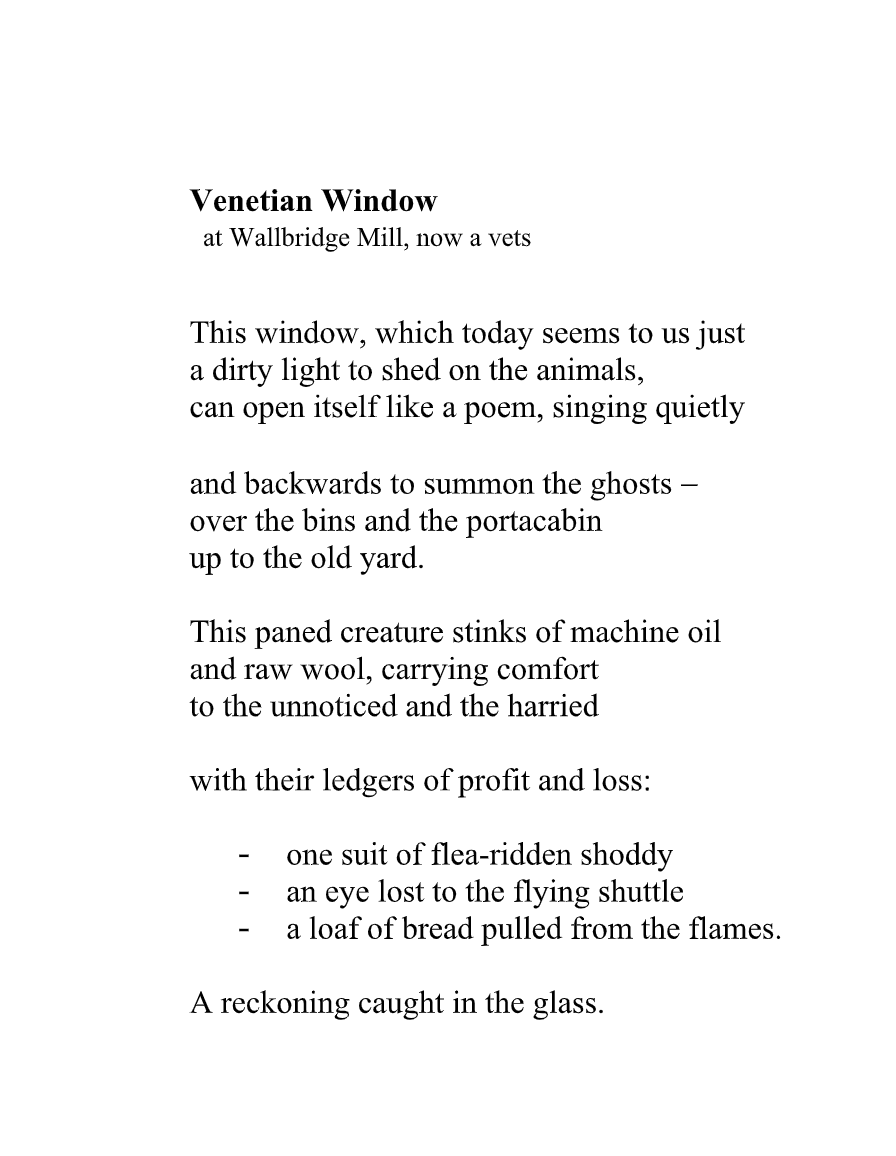
JLM Morton is a poet based in Stroud. Her work has been published around and about, including in Poetry Review and The Rialto. She explores themes such as cultural identity and belonging, ancestry, place and practices of care, repair and solidarity across human and other worlds. Find out more at www.jlmmorton.com
We hope to see you in the shop sometime if you're local, but if you're not you can see our stock at www.firesidebookshop.co.uk
Best wishes
Ben and the Fireside Bookshop Team
Stroud, Gloucestershire
22/1/23 - Fireside Bookshop - Blog Post #5
Welcome to the latest blog post and a happy new year to you all. It's a funny old time to be running and independent secondhand bookshop! No sooner had we emerged from a pandemic than we're on to a cost of living crisis and rocketing energy costs etc. we're lucky in that we don't need to use much energy in a bookshop other than to see and keep warm, I do worry for more energy intensive businesses such as hospitality and will do my best to support them where I can, particularly the pub! Being a family run business we're able to be flexible and with our new online store we're hoping we can offer those who want an alternative to Amazon, ABE and the other big multinationals at least one other option, even if it's tiny in comparison!
In the rest of the blog I wanted to talk about a photography book that came in the other day.
My dad was a master thatcher who ended up teaching for a while in the Republic of Ireland, going over for a month or so at a time to run courses for new thatchers. The craft of thatching had almost died out in much of the country, one of his proteges Matt explained to me that for many people in rural areas, having a thatched roof was a sign of low status and a reminder of the difficulties and privations faced by rural communities in the past. As the 20th Century progressed, the pace of change in parts in Ireland accelerated and people were keen to leave old ways of living behind. Old houses were abandoned in favour of the more modern and it was not uncommon in parts of Ireland to see a modern hacienda style bungalow alongside an old stone farmhouse that was falling into decay or which had been stripped for materials. The 1990s saw the beginning of a reassessment of this process and a movement that embraced the positive sides of Ireland’s rural heritage began to flourish.
With this and our Irish family roots in mind, I was interested to see this Magnum Ireland photography book come into stock. Magnum are a photographic collective of top photographers who publish some really fantastic work. This book covers a period ranging from the 1950s to the early 2000s and looks at the rural and the urban environment and like all good photography books, it is visually striking whilst telling an engaging story of change, juxtaposition, beauty, humour and conflict. The transition of a traditional, largely rural society into a more modern, cosmopolitan one and all of the struggles and tensions this entails are well documented in this collection and well worth a look for anyone interested in photography and/or Ireland.
Anyhow, hope to see you in the shop sometime if you're local, but if you're not you can see our stock at www.firesidebookshop.co.uk
Best wishes
Ben and the Fireside Bookshop Team
Stroud, Gloucestershire
26/11/22 - Fireside Bookshop - Blog Post #4
I did it! I managed to post in two consecutive months! It's the run up to Christmas so we've started getting people in looking for presents. As a secondhand bookseller Christmas can be interesting as it's time to sort through your books and work out which ones people might be interesting in for presents! We're doing the Stroud Goodwill Festival on the 2nd of December and the Stroud Christmas Market on the 22nd of December so will have to select some good Christmasy stock for both of those. The trick at the market is to try and get a broad range of stuff that you can fit onto a relatively small stall. This takes planning and expertise, my wife and father in law are the experts at this, and I as the apprentice look on and make the odd suggestion whilst trying to absorb as much as possible. We're also selling gift vouchers so that's a good way of offering something to those who have book lovers in their life who are difficult to buy for! I always figure with a gift voucher you're buying someone a book, but in a way that also allows people to enjoy a good browse which I think is half the fun.
The featured book in this month's newsletter was this rather interesting facsimile of George Orwell's manuscript for 'Nineteen Eighty-Four'. If you'd like to find out more about it and other interesting books we have coming in, as well as pick up news about the shop and various events we run then just pop over to the hompeage and sign up at the bottom. It's only once a month and easy to unsubscribe if we're too boring. We also periodically do discount codes for our online bookshop. As an independent bookshop it's always best for us when people buy direct through our site rather than one of the big selling platforms.
Anyhow, hope to see you in the shop sometime if you're local, but if you're not you can see our stock at www.firesidebookshop.co.uk
Best wishes
Ben and the Fireside Bookshop Team
Stroud, Gloucestershire
13/10/22 - Fireside Bookshop - Blog Post #3
Crikey, will you look at the time! I promised myself I wasn't going to be one of those people who started a blog and then forgot about it after a couple of posts and yet here I am eight months on from my last post! I think when I envisaged myself working in the family secondhand bookshop, I saw myself reading behind the counter and engaging in weighty literary debates whilst drinking a glass of red wine Bernard Black style. The latter is partially true, I'll let you guess which bit, but we've been so busy I feel like I've barely had time to read many books at all let alone whilst at work! There's always something going on, whether it's buying in collections of books, updating social media, cataloguing the collection or simply keeping on top of the mundane! Hopefully this will settle down as we move into 2023 and I'll be able to find more time for a good read. I hope I'll get another post in before the end of the year but if I don't I'd like to thank everyone who's supported us in our first year in Stroud. Being an independent bookshop is brilliant but it comes with it's challenges, particularly in turbulent times. Our online bookshop helps make sure we can get great and affordable books out to people outside of Stroud, Gloucesterhsire or The Cotswolds and spread our income over a couple of different sources and people coming into the shop brings us a lot of pleasure, so whether you're a customer online or in person THANKS!
One exciting thing I did get to do recently is try letter press printing!
It’s safe to say that Dennis Gould is regarded by many in Stroud as a bit of a legend. He is the subject of two documentaries and his work can be seen adorning walls in homes and businesses throughout Stroud. He and his friend Jeff Cloves can be found on The Shambles on Market day selling books as well as prints. The prints cover a wide range of subjects from politics, to literature, to music (particularly Bob Dylan). As well as a printer he is a campaigner for Nuclear Disarmament, a poet, an organiser and a keen cyclist. He was also involved in making the Glastonbury Festival daily newspaper which I remember from my many visits to the festival. I wish I still had one!
When we first moved to Stroud he came in with some of his prints as a welcome gift, an act of kindness that is typical not only of his warm spirit and enthusiasm for books but also of his desire to share his love of letter-press printing. He invited me to go along to his workshop and learn how to print, something he has enthusiastically shared with many others. It’s an amazing place to visit, the photos here cannot hope to capture the feel of the place and the multitude of fascinating prints and objects that adorn his studio. Once he’d demonstrated the basics it was a wonderfully meditative process, selecting the font, setting the type into a block and then rolling it on his venerable hand operated press (see pictures). When it came to the printing of the piece I’d made, the anticipation, the noise, the smell of the ink and the physical action of rolling the rumbling drum across the print bed was very exciting and I can see how it can become an addictive process. I really hope to go back and do more and if you don’t have any I’d encourage you to track down Dennis’s work or go and chat to him and buy a book at his stall on the Shambles.
20/01/22 - Fireside Bookshop - Blog Post #2
We had a fantastic Christmas in the shop meeting new people and helping them find the perfect bookish present for their loved ones! We also had a stall at our first Stroud Goodwill Evening which is an event worthy of a blog post in itself. I wish I'd taken more pictures!
We continue to be really pleased by the quality and quantity of great books coming through the doors in Stroud. Any independent secondhand bookshop stands or falls on the quality of the stock it can get and unlike new bookshops who can select from catalogues etc. there is always an element of chance and having to use your wits to hunt out the right books. This is of course one of the things that makes it exciting. As the newest member of the team I'm very much learning the art of finding and buying collections and being in the shop every day is a fantastic way to learn on the job.
One really interesting book that came in recently was C. G. Jung's Red Book: Liber Novus. At 40 cms tall this is a weighty tome as would befit a man who is recognised as one of the founding figures in modern psychology, psychotherapy and psychiatry.
Despite being widely known about and the ideas within being hugely influential, this book wasn't published until 2009. In 1913 he began recording his visions, fantasies and imaginations on a regular basis in journals known as the black books. Between 1915 and 1930 he continued to add to these and expand upon his interpretations, collating them painstakingly by hand until they coalesced into what would become the Red Book. The book also recounts and reflects upon his experiments. The beautifully handwritten and illustrated text with accompanying translation, introductions and over 1500 editorial notes is a thing of great physical beauty as well as perhaps being the definitive record of the works of one of the most original and influential figures of the modern age.
Each month in our newsletter we look at an interesting book in more detail as well as looking at any news, events or offers we may have to share. If you'd like to sign up please fill out the brief form at the bottom of our homepage.
Thanks for your custom and support in 2021, we look forward to exploring more of Stroud and sharing more great books with you in 2022.
18/12/21 - Fireside Bookshop - Blog Post #1
We opened our independent family run bookshop in Stroud, Gloucestershire just over six months ago, having moved from West Sussex. It's been a very busy year but we've had a fantastic time meeting people and getting to know the area. In 2022 we're looking forward to more exploring and hopefully putting on some events.
We've also been lucky enough to get some fantastic stock coming through the doors. We hope to use this blog to look at some of it in more detail and to highlight different events and goings on. To the left are some pictures of a beautiful book we have called Tibetan Medical Paintings. It's based on a set of scrolls documenting traditional Tibetan medical systems. We explore it in more detail in the first installment of our mailing list which you can sign up for at the bottom of our homepage. For now we hope you enjoy visiting our site and please check back soon for blog updates!

